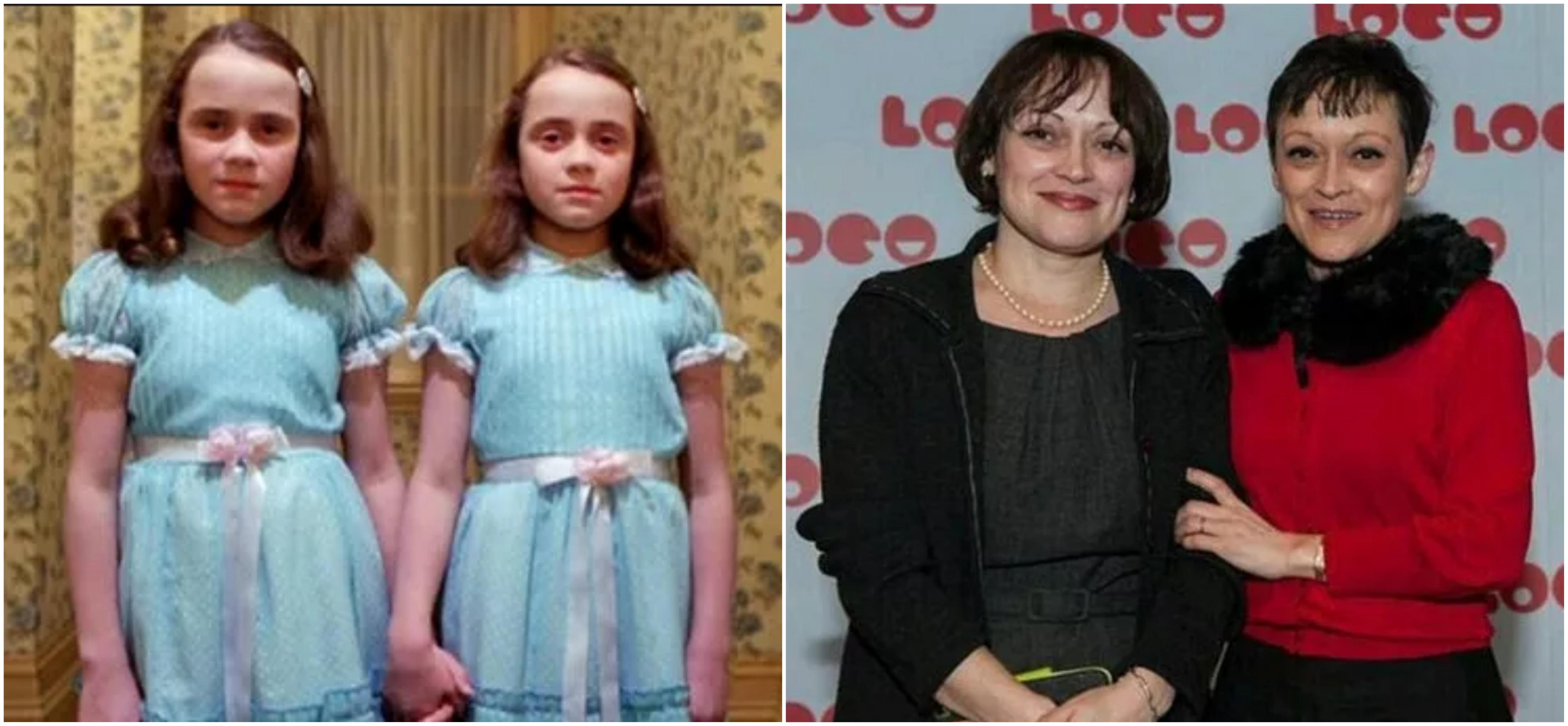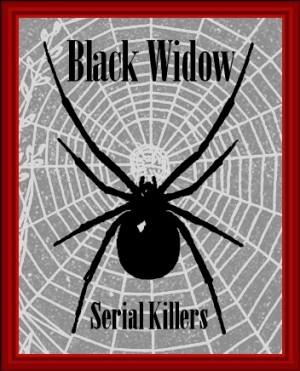
Black Widow Killers
By RodneyHatfieldJr for Into The MindBlack Widow Killers
Black widows. The purveyors of passion poisons, and bloodthirsty female killers who served premature death on a silver platter. From average working-class mothers to socialite ladies to elderly brides, these women got rid of their mates in the harshest possible ways. Some did it for money, others for the sheer pleasure of murder. We will look at some of the most famous Black Windows.
Catherine Flanagan and Margaret Higgins “The Black Widows of Liverpool”
i2-prod.mirror
In 1881, Thomas Higgins moved into Catherine and Margaret Flanagan’s modest house together with his wife and adolescent daughter. Shortly after, Higgins’ wife died. The widower sought comfort in Margaret’s affectionate arms, whom he soon married. But this did not put an end to his dreadful misfortune. After the wedding, his daughter died, and it wasn’t long before he joined her, symptoms pointing towards dysentery. But Higgins’ brother smelled a rat and informed the authorities who exhumed the body and discovered traces of arsenic poisoning. He wasn’t the sisters’ first victim. The bodies of Catherine’s son, Higgins’ daughter, and a young lodger were exhumed as well, all containing large doses of arsenic. Nicknamed “The Black Widows of Liverpool,” their motif was simple: they killed to collect the insurance money using arsenic they obtained by soaking flypaper.
In 1884, Catherine Flanagan and Margaret Higgins were convicted for the death of Margaret’s husband and were executed by hanging.
Marie Besnard “The Good Lady of Loudun”
i.pinimg
Marie’s first husband allegedly died of pleurisy in 1927. One year later, she married Leon Besnard, whose parents had just inherited a significant family fortune. Marie invited her parents-in-law to move in with them. Shortly after, Leon’s father died from eating poisoned mushrooms, followed by the mother, who died from pneumonia. The family wealth was transferred to Leon and his sister. The latter conveniently committed suicide not long after.
Friends and locals began talking about the “Besnard jinx.” But when Leon suddenly died of uremia after starting an affair, his suspicious lover alerted the authorities. The autopsy revealed large doses of arsenic. Other bodies were exhumed, and Marie Besnard was charged with multiple murders. Between 1927 and 1949, she poisoned 11 people, including her parents and two cousins, all to secure her inheritance. Trials lasted 10 years and thanks to a clever lawyer, the French “Queen of Poisoners” was acquitted in 1961.
Vera Renczi “A Modern Mrs. Bluebeard”
img.over-blog-kiw
Born in Bucharest to a family of wealthy aristocrats, Vera Renczi was a woman of rare beauty whose wine cellar concealed a horrifying secret. In the 1920s, her first husband curiously disappeared after Vera gave birth to their son. She erroneously claimed he ran away with some woman. She was very convincing. Little did her neighbors know that he was already decomposing in a custom-made coffin in her cellar. Then, she married Joseph Rencz, who was a wandering spirit. Sensing this, Vera prepared a cozy coffin, and he soon joined his predecessor. Most female poisoners kill for two reasons: to eliminate enemies or to dispose of their husbands to secure their fortune. But Vera Renczi displayed signs of pathological distrust in men. She was paranoid. Driven by jealousy, at the slightest hint of infidelity she poisoned her lovers with arsenic. She’d then place them in a coffin in her wine cellar, where they’d stay close to her forever.
An angry wife whose husband went missing reported her to the police. She sent two husbands, 32 lovers, and her own son who accidentally walked in on her to an early grave. The police found 35 coffins occupied by decomposing bodies. Vera was found guilty and sentenced to life in prison.
The Marquise de Brinvilliers
scihi
A French noblewoman, Madeleine de Brinvilliers married into a family of wealthy tapestry makers who worked for the king himself. Years after, she fell in love with a cavalry captain. Her husband didn’t really mind, but her father, who opposed the affair, imprisoned him in the Bastille where he became familiar with Italian poisons. In the meantime, Madeleine’s husband was recklessly spending money, so she decided it would be best to poison her father to inherit his fortune. But first, she experimented on poor patients, slipping poison into pastries she sent as charity to a hospital. She was pleased with the results and killed her father in 1666.
When the inheritance was nearly squandered, she poisoned two of her brothers in 1670, raising the authorities’ awareness. She fled to England and then Germany, but was captured and confessed in 1675. Between 1664 and 1673, the Marquise de Brinvilliers poisoned 50 patients just for practice. She also attempted poisoning her husband. She was tortured, beheaded, and her body was burned at the stake in 1676.
“Jolly” Jane Toppan
upload.wikimedia
Kelley Jane Toppan was a Boston-born nurse who was arrested in 1901 after an overwhelming number of patients mysteriously died under her care. In 1885, she began experimenting on her patients with morphine and atropine, curious to witness the effects on their nervous system. She administered shots and served lethal cocktails, carefully observing them giving their last breath. In 1895, she set off on a killing spree poisoning her landlords. After killing widower Alden Davis and his two daughters, a toxicology exam revealed traces of poison. Other bodies were exhumed, all containing large doses of morphine and atropine. Nicknamed “The Poisonous Nursemaid,” Jane Toppan provided details for 31 murders, but it is believed she poisoned as many as 70 people. She was sent to trial but was found not guilty and declared insane. Jane was sentenced to life in the Taunton Insane Hospital. As to her motifs, she simply declared she wanted to kill more people than anyone before her. Unlike any other serial killer in history, she did not kill for vengeance, jealousy or financial gain, but for the satisfaction of holding her victims in her arms while slowly passing away.
Signora Giulia Tofana “Murderous Make-Up Artist”
3.bp.blogspot
In the mid 17th century, women desired two things: a white glowing complexion and money. That’s where Signora Giulia Tofana entered the scene, a purveyor of cosmetics and poison. She sold Aqua Tofana, an arsenic-based face paint, advising her female customers to apply it on their face, neck and cleavage before meeting their husbands. Under no circumstance should they ingest the powder. They promptly became wealthy widows. And it was no coincidence. Tofana changed her name and residence a few times before being caught. She confessed to murdering as many as 600 or more husbands. She was sent to trial, tortured, and strangled to death in prison.
Regrettably, she did not take the recipe for Aqua Tofana to the grave. The poisonous complexion aide continued claiming its share of victims. At the time of his death, it was widely believed that Mozart was poisoned with Aqua Tofana.
Amy Archer-Gilligan
listverse.wpengine.netdna-cdn
It wasn’t surprising that the residents of Amy Archer-Gilligan’s Windsor, Connecticut nursing home passed away. After all, many of her boarders were elderly and ailing. What was surprising, though, was that dozens of them died shortly after naming Archer-Gilligan in their life insurance policies, or forking over $1,000 for their care “while they still breathed.”Between 1911 and 1916, an estimated 48 people died while in Archer-Gilligan’s care, including Archer-Gilligan’s husband. When one of her boarder’s sisters got suspicious and went to the local Hartford Courant, they began investigating what they later dubbed “the murder factory.” Soon, police began to investigate the trail of bodies in Archer-Gilligan’s wake and every one they exhumed during their investigation had traces of either arsenic or strychnine. Local shopkeepers confirmed she purchased large quantities of arsenic “to kill rats,” and police also discovered she had taken out “sizable insurance policies” on her husband. Archer-Gilligan was arrested and indicted for poisoning five people, including her second husband. While suspected of killing at least 20 people, her lawyer convinced the prosecutor to charge her with only one murder, though. She was convicted, but the state appealed; she was re-tried, pleaded insanity, found guilty and given life in prison. She was ultimately transferred to a mental hospital where she died in 1962 at the age of 94.
Her dark history became the inspiration for the play (and later the Frank Capra movie) Arsenic and Old Lace.
Katherine Knight
allthatsinteresting
Katherine Knight maintained a lengthy history of violence towards the men in her life, all ramping up to the shockingly brutal murder of her boyfriend. The night the Australian butcher married her first husband, David Kellett, she allegedly tried to strangle him. Then, while pregnant with her daughter, she torched his clothing and walloped him on the head with a frying pan. He eventually left her, and she took up another man, David Saunders. She murdered his puppy in front of him as a warning, but he didn’t leave her until she wounded him in the stomach with a pair of scissors during an argument. In October of 2001, Knight, brutally stabbed her new live-in boyfriend, John Price, 37 times while he tried escaping. She then skinned him, hanging his skin from a meat hook, chopped him up, and started to cook his body parts. She set the table for a macabre dinner party with his children’s names on place cards. Price had been concerned that something like this would happen and had informed his friends that if he didn’t show up at work the next day, Knight had killed him. When he wasn’t on the job, they called the police. When investigators searched her home, they discovered his head in a pot, boiling away on the stove with some vegetables. Knight was promptly arrested.
She is now known as “Australia’s most notorious psychopath,” and became the first woman in Australian history to be sentenced to life without parole.
Chisako Kakehi
cdn.newsapi
According to Japanese authorities, between 1994 and 2013, at least seven men that Kakehi "the Black Widow of Kyoto" either dated or married died. This leaving her alone, except for around $7 million in insurance pay-outs. Some of the deaths in her wake were originally deemed of natural causes (two husbands died of "unknown causes". One had a stroke, and a boyfriend died possibly of cancer), but when traces of cyanide were found in her new groom's dead body, police started to become very suspicious of the repeat widow. Kakehi was found guilty of the 2013 murder of her husband, Isao Kakehi, 75, who collapsed in his home with cyanide in his system a month after their marriage, as well as in the death of her common-law husband, 71-year-old Masanori Honda, who died in a motorcycle crash after she allegedly poisoned him. Police found a small bag of cyanide compounds in a plant pot, she ditched at a recycling center near her home. Kahehi was sentenced to death for the murders of three men. She initially pleaded not guilty, but during her 2017 trial, confessed, stating on the witness stand that she had no intention of concealing the guilt and wanted to kill her husband out of deep hatred; two days later, she retracted this confession, claiming to not remember having stated it. Her lawyers subsequently argued she suffered from dementia and could not be convicted due to diminished responsibility.
She is currently on death roll awaiting execution.
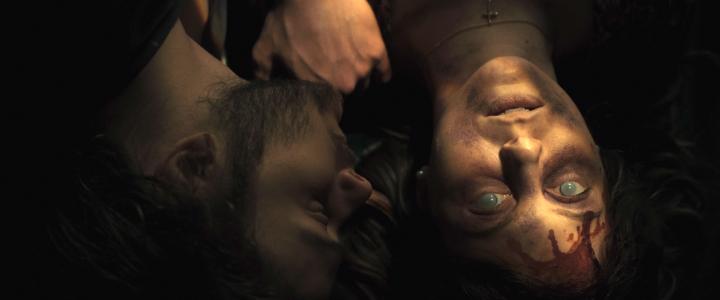

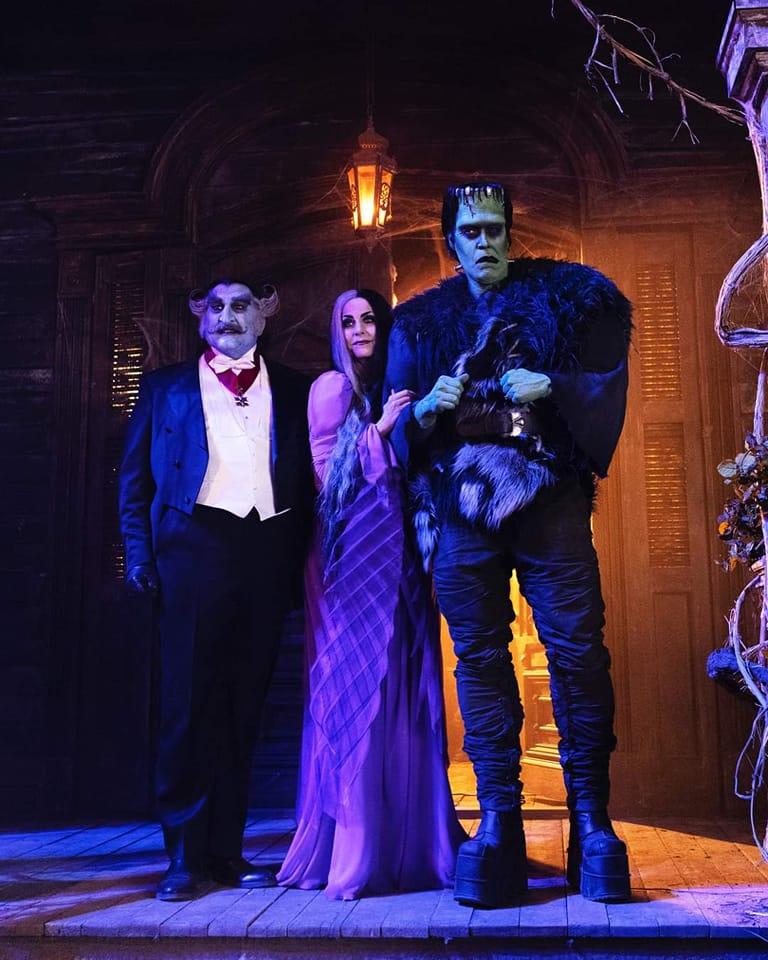

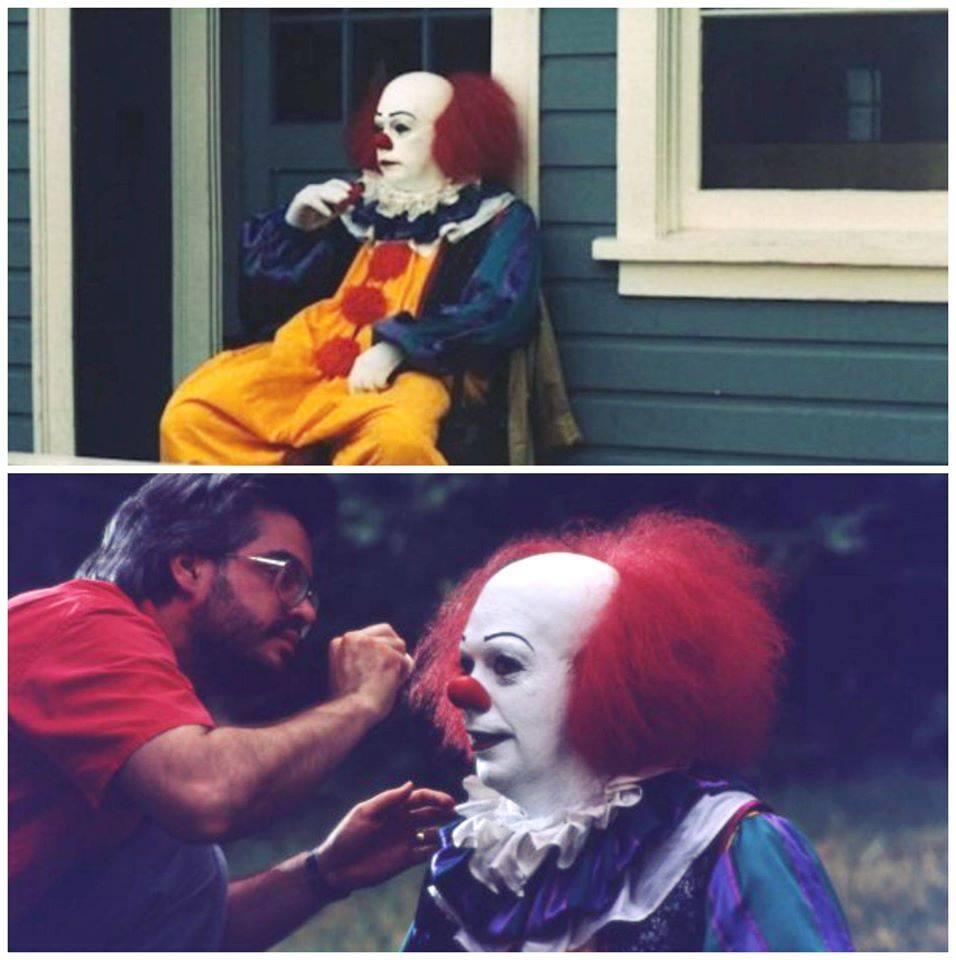
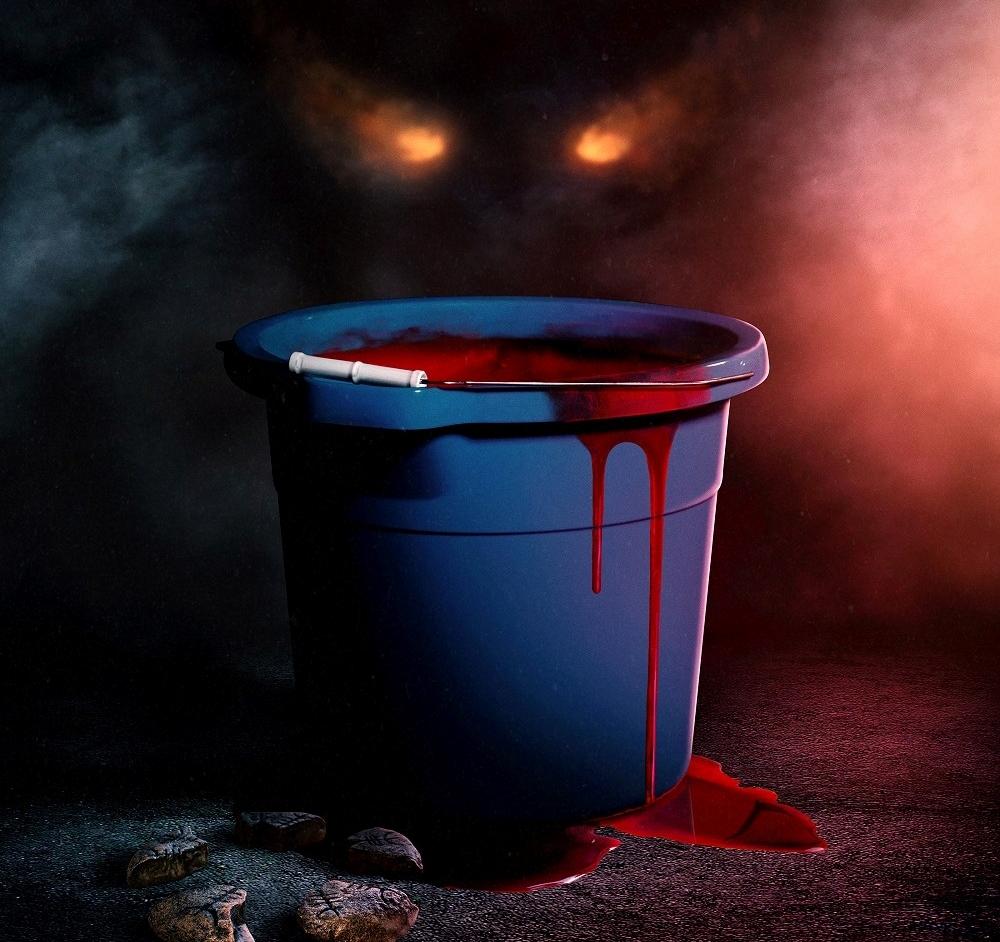
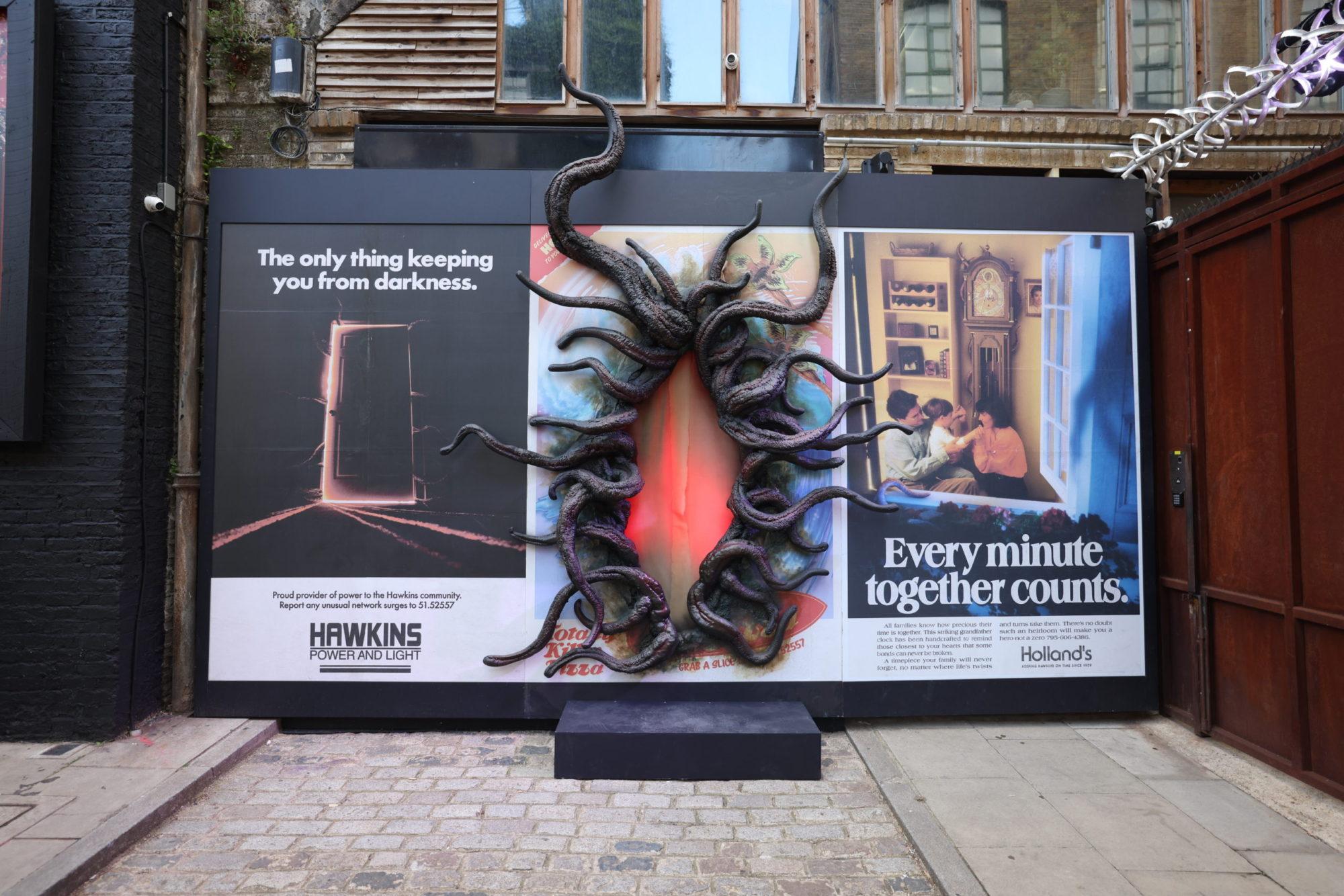
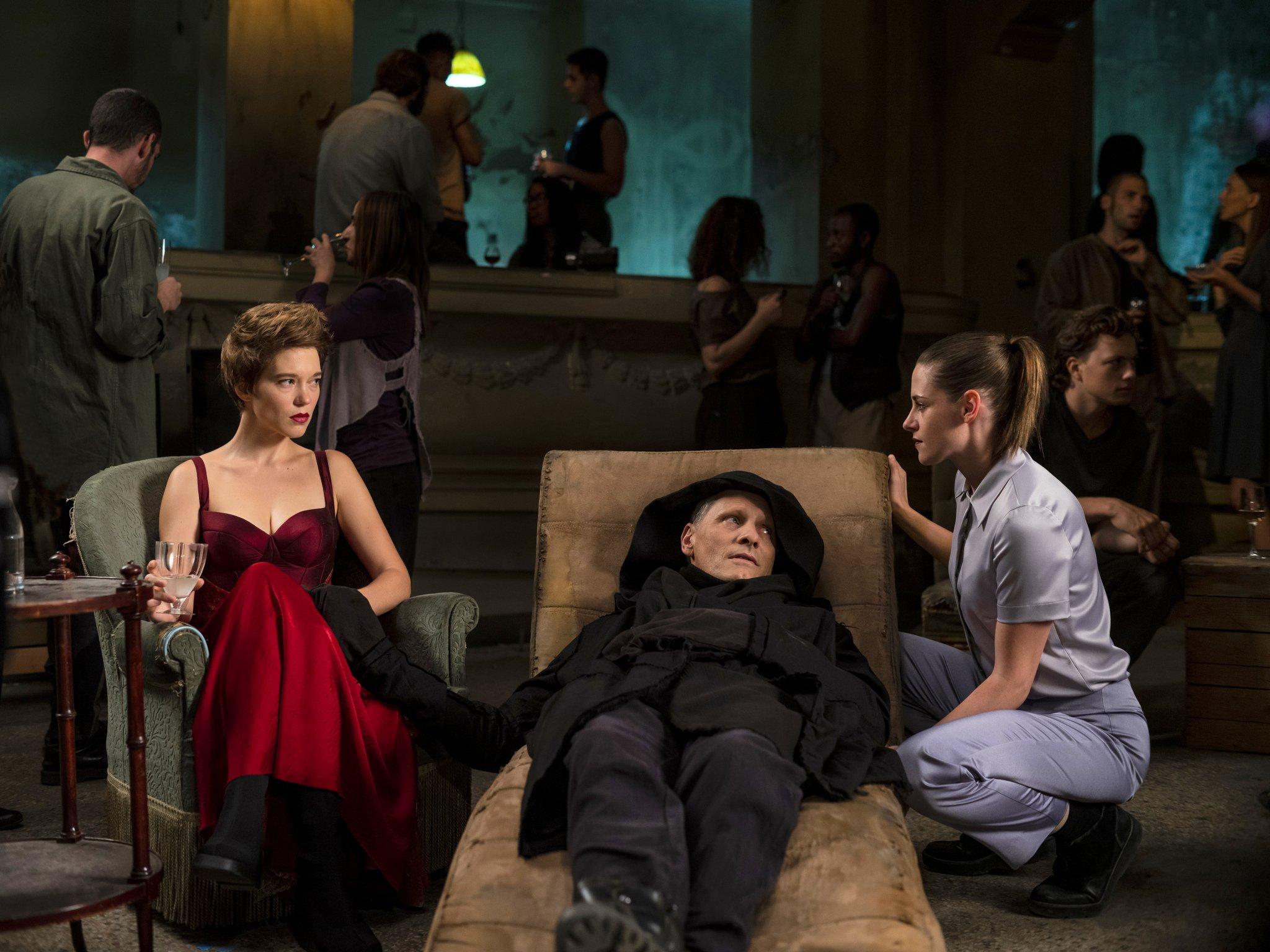





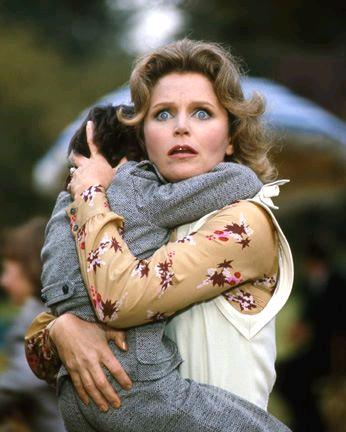


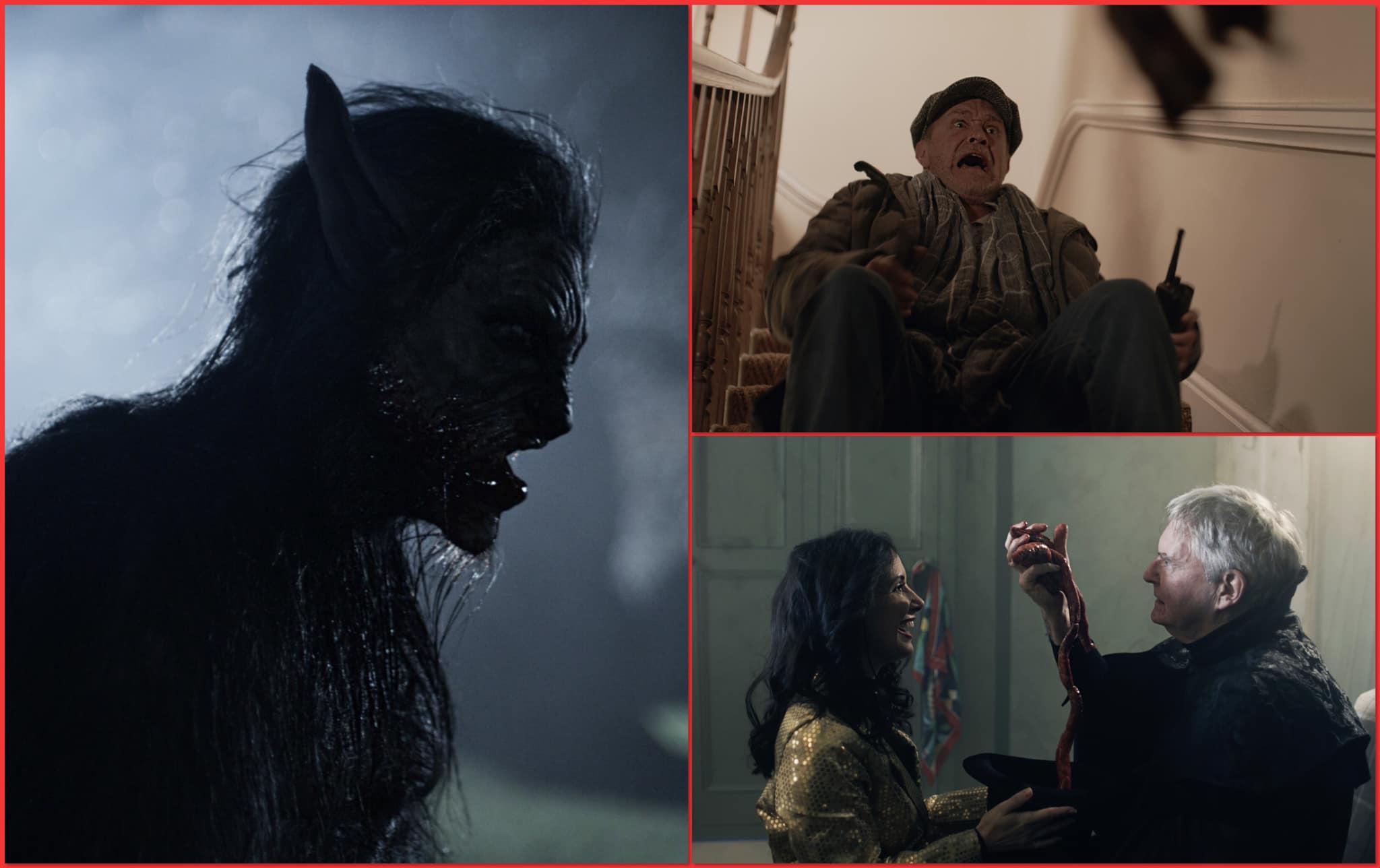




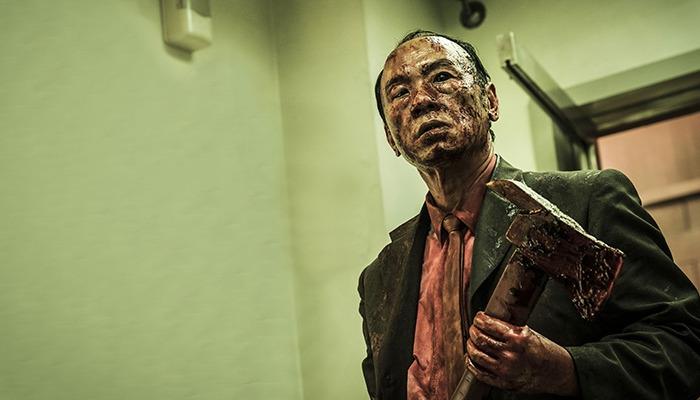

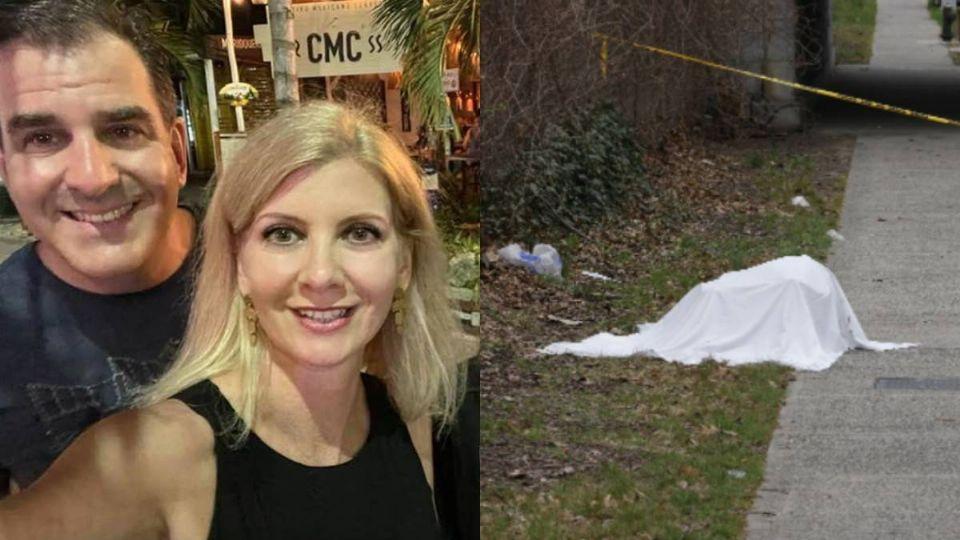

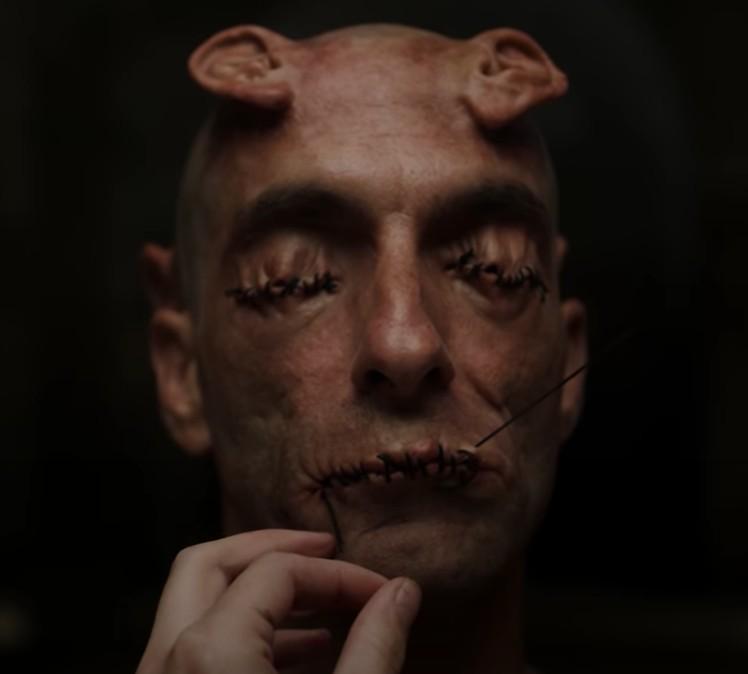
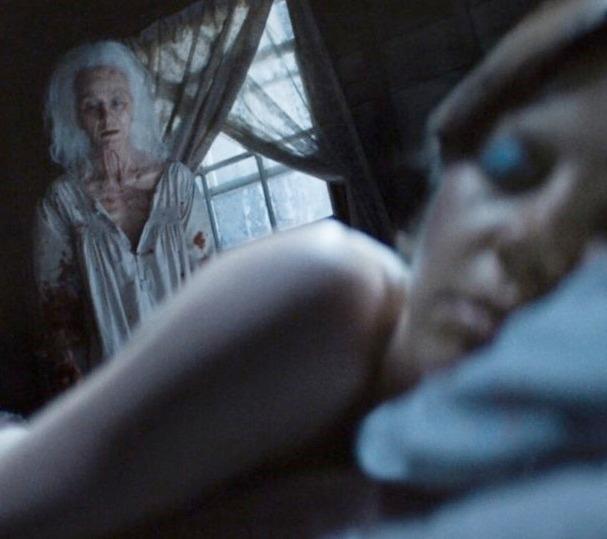

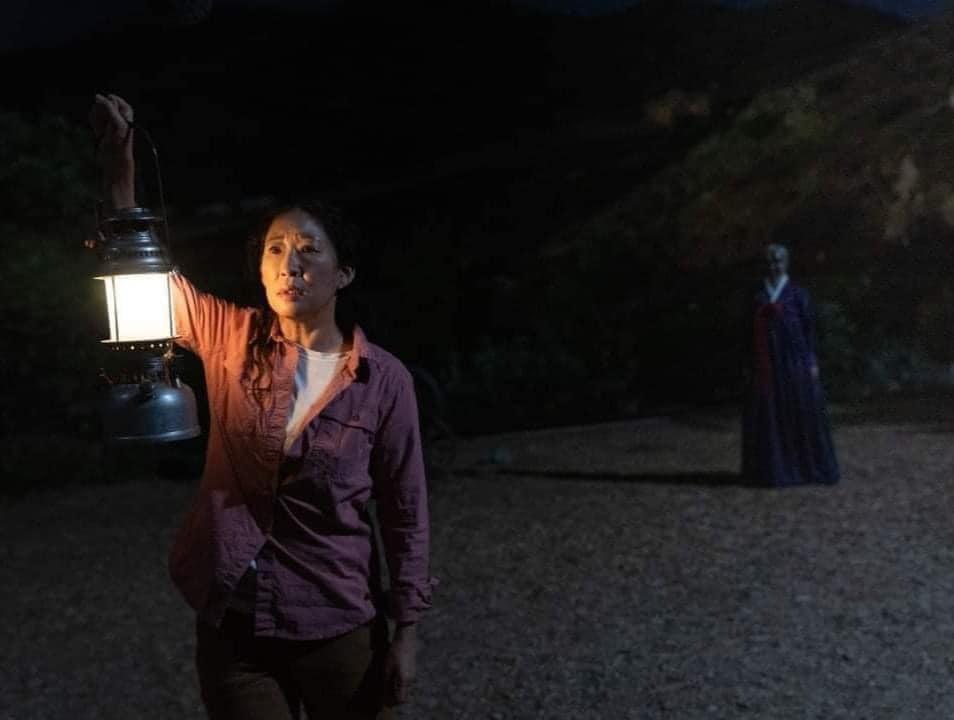

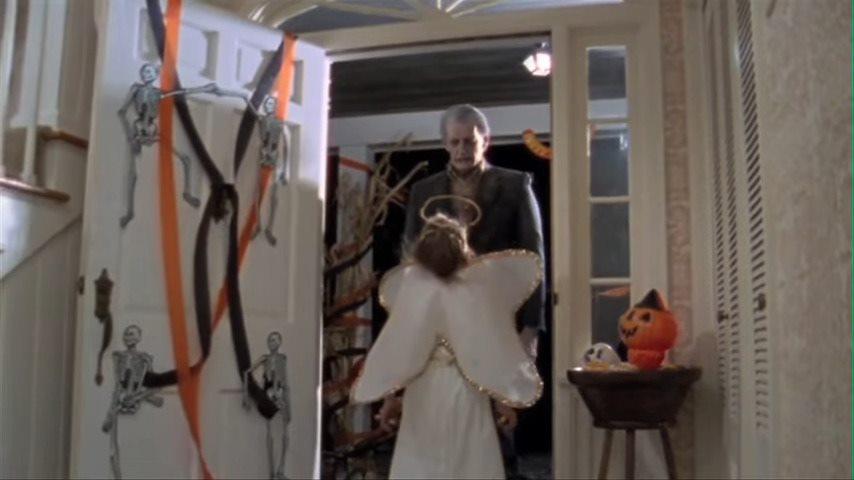





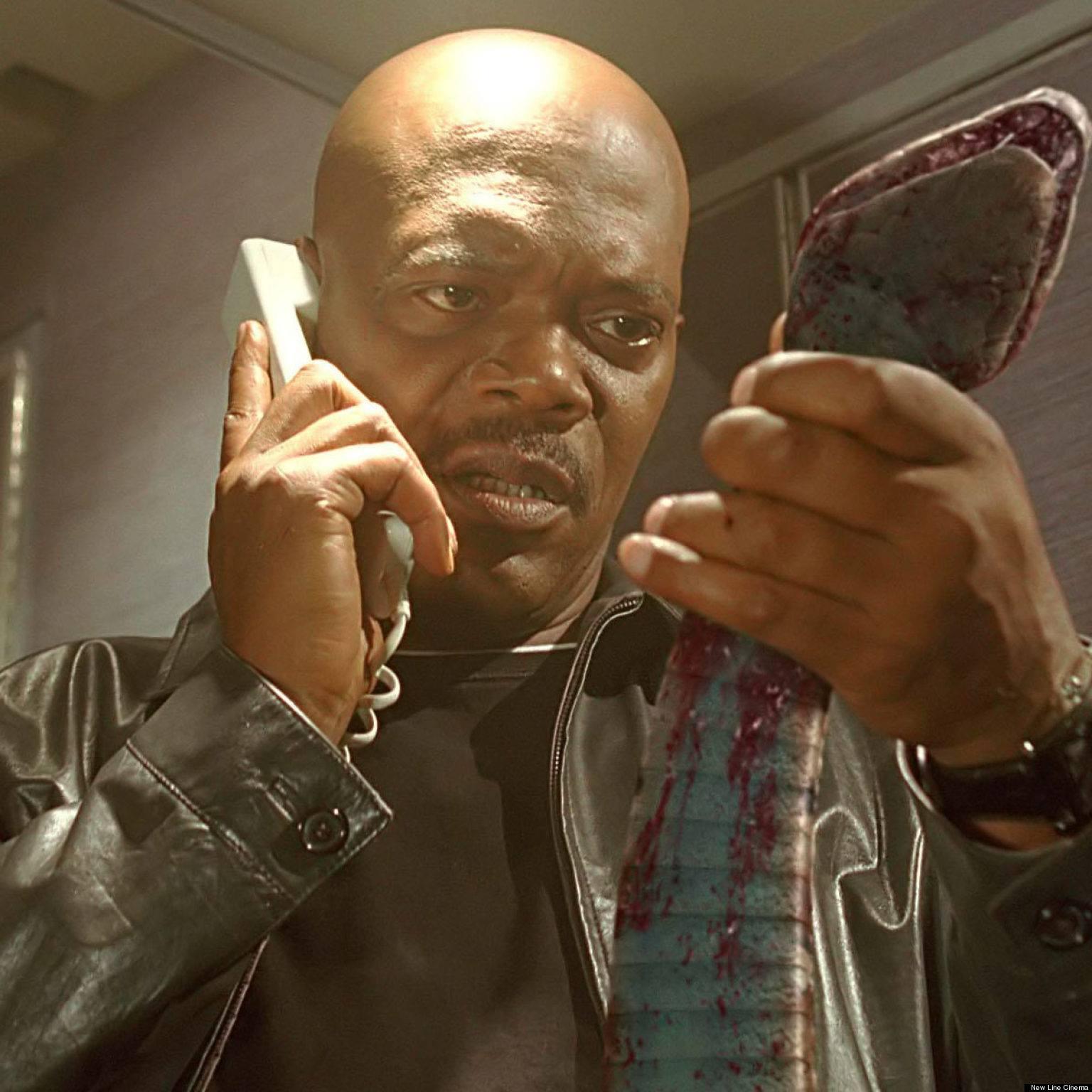




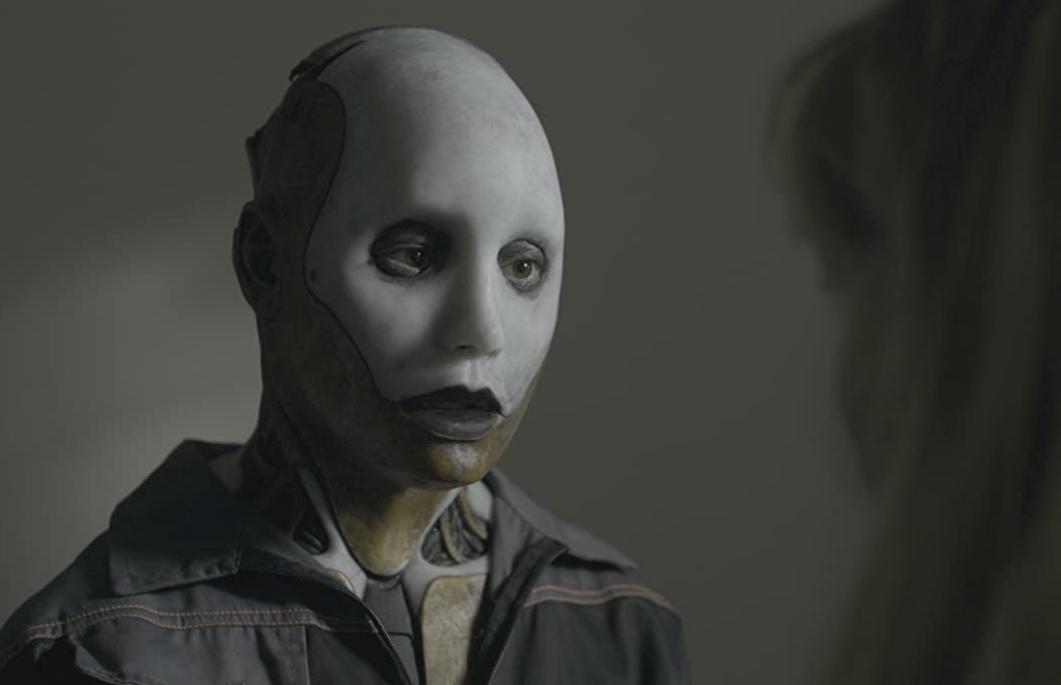
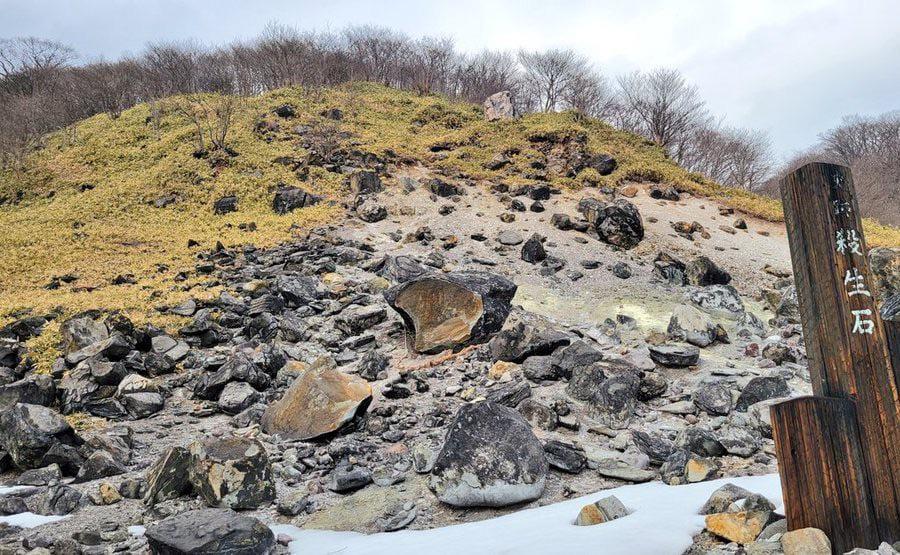



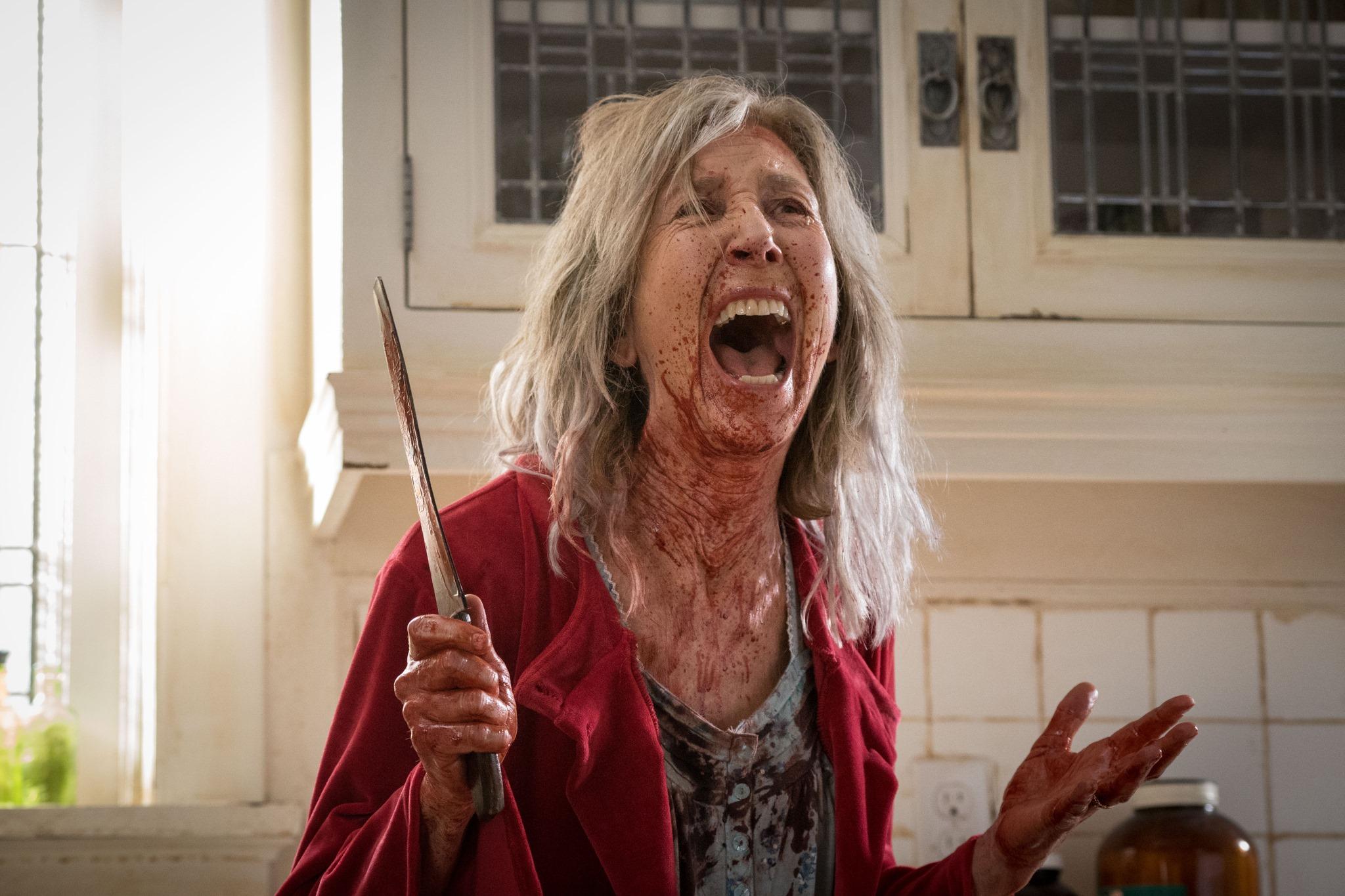

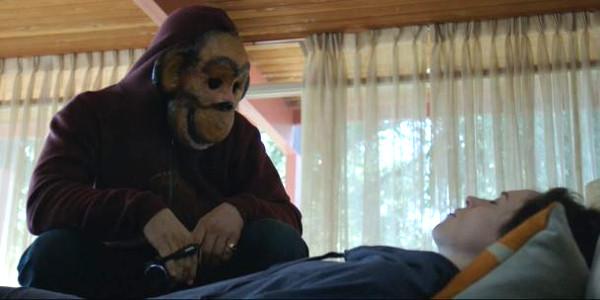


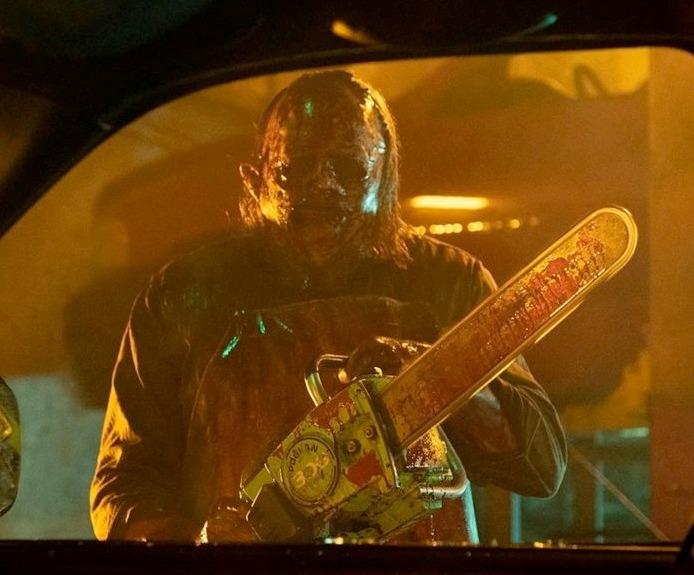



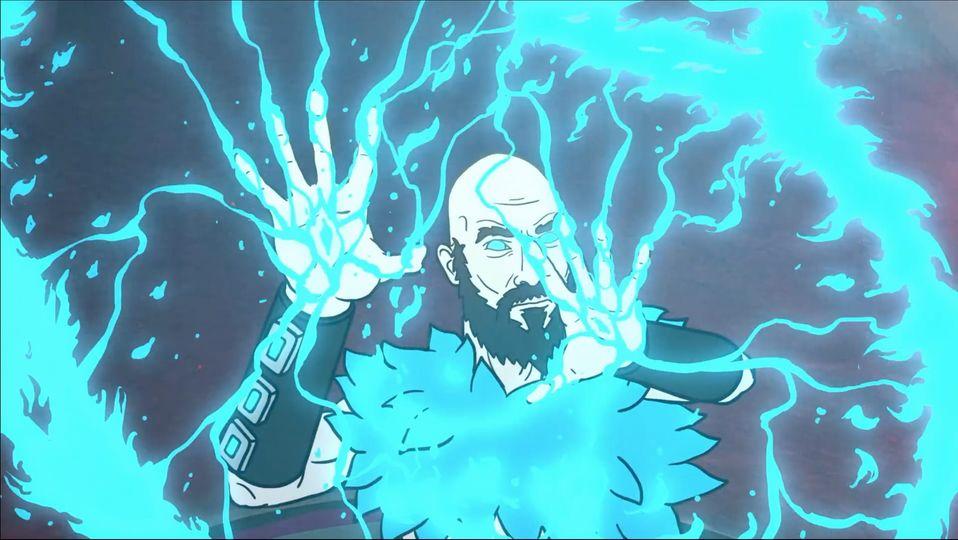

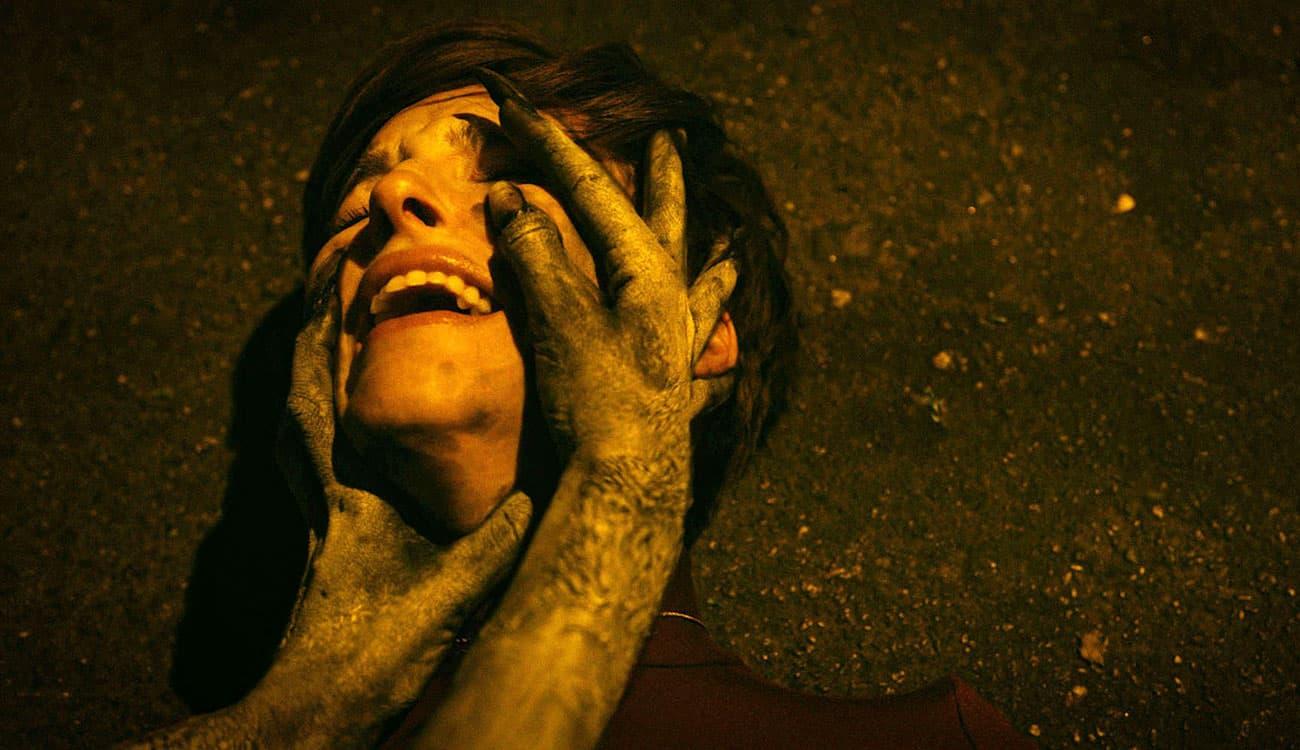

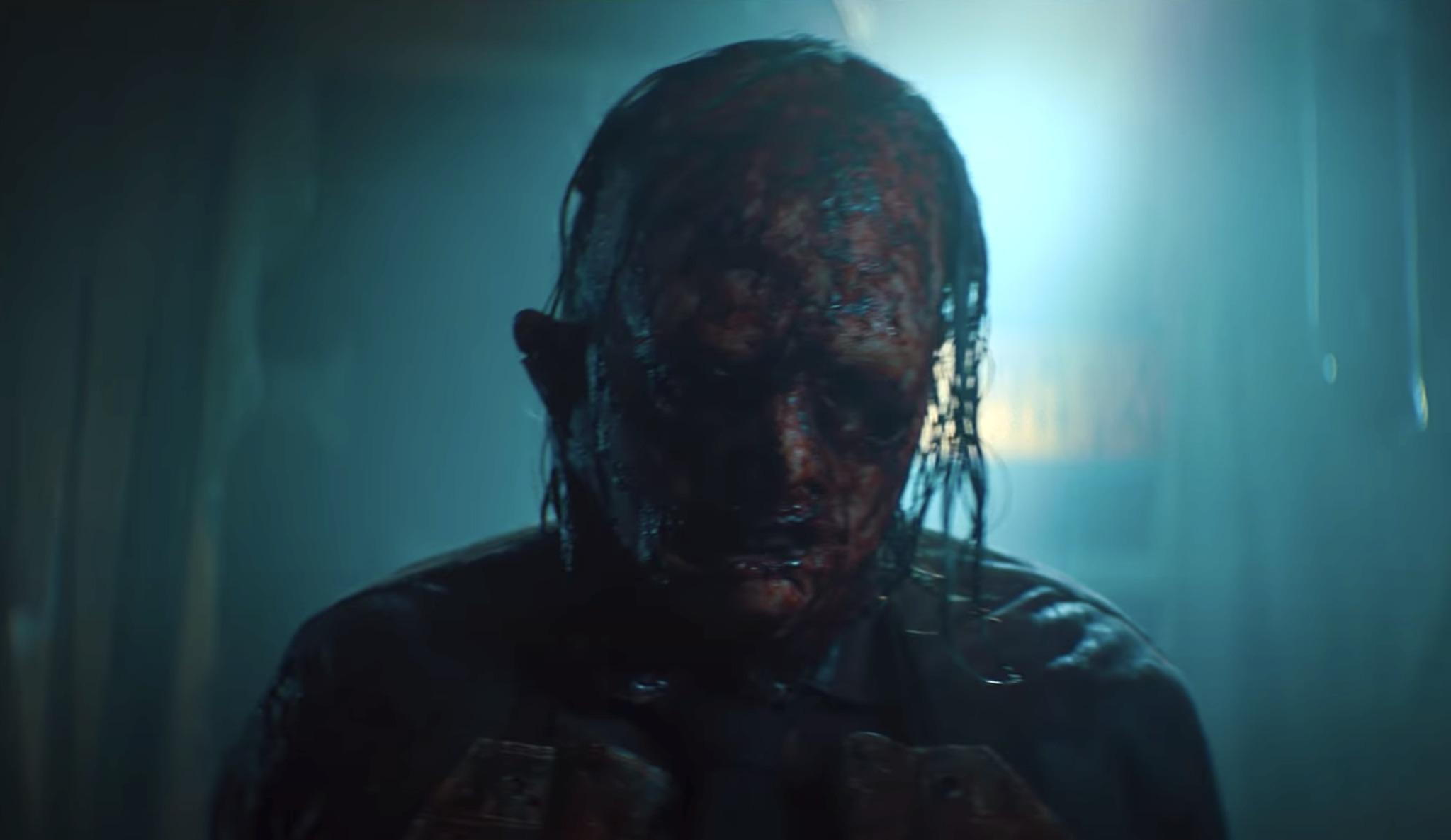

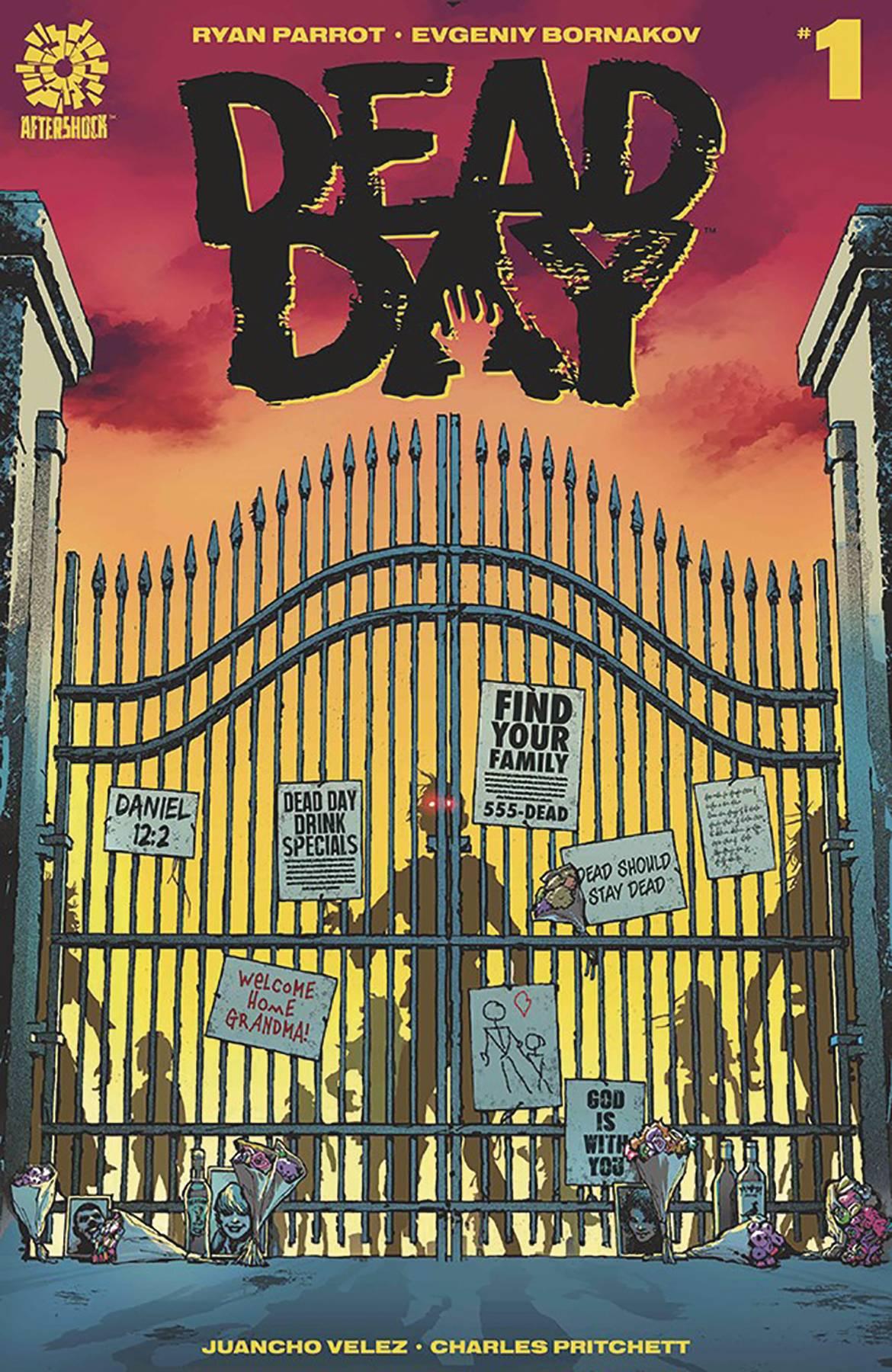
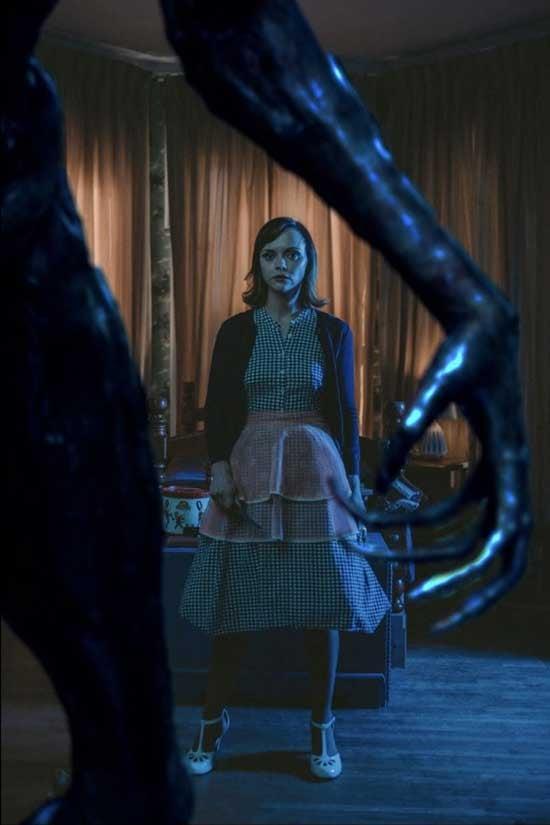
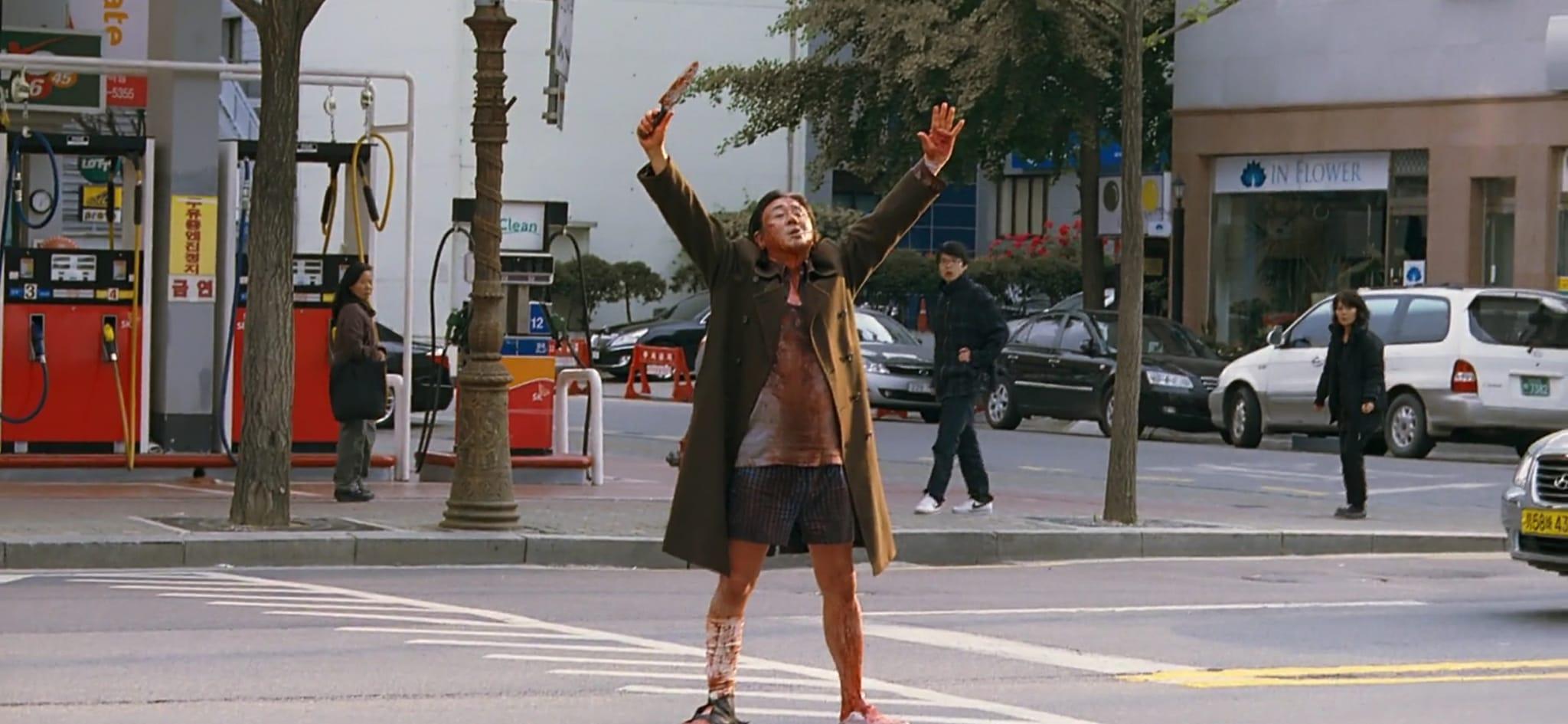



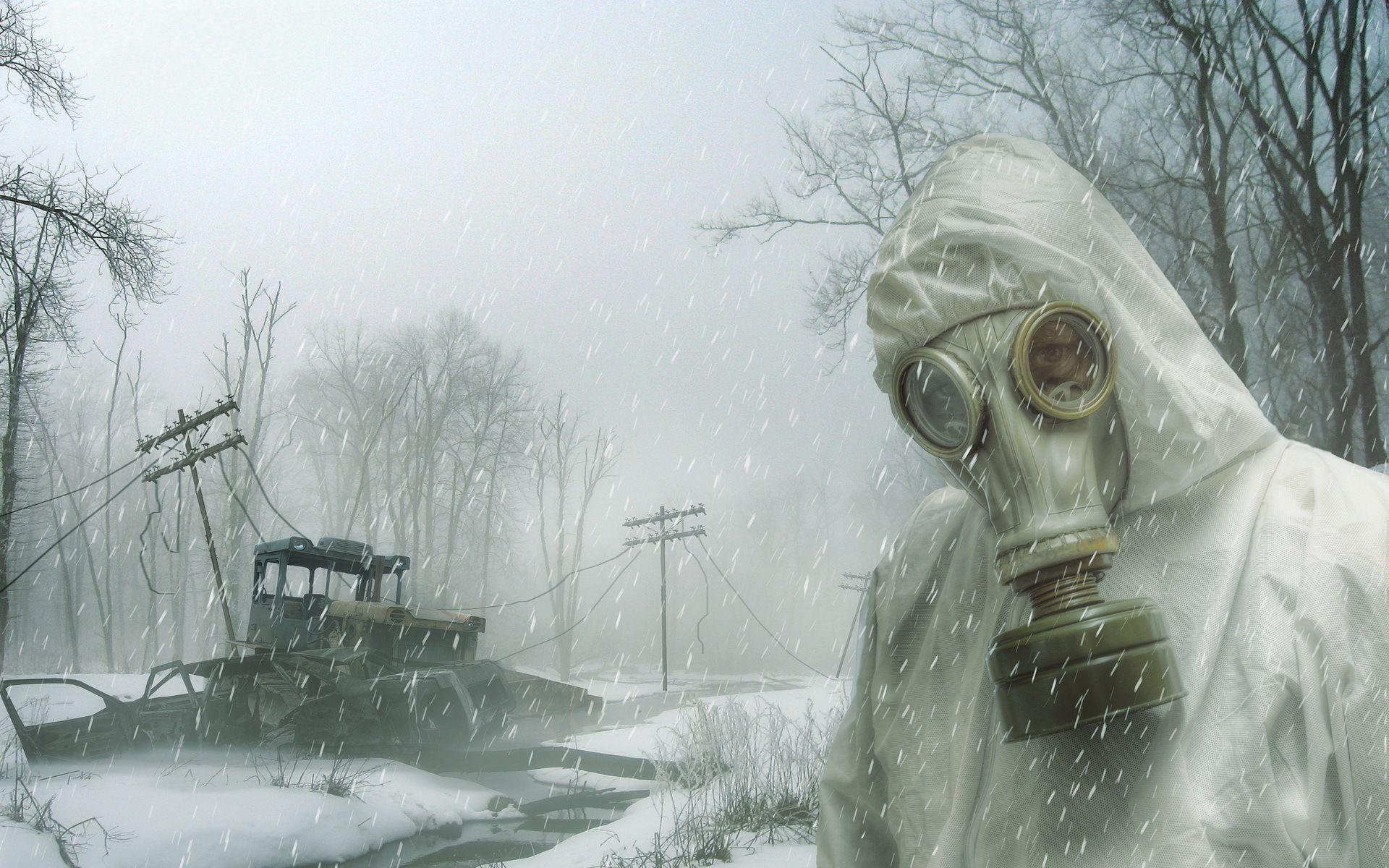

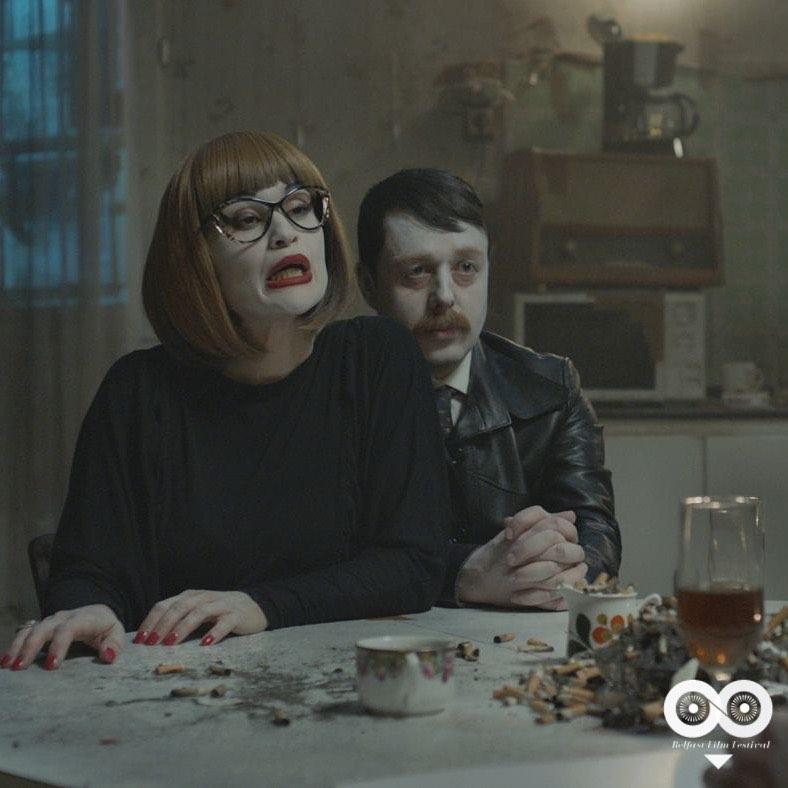


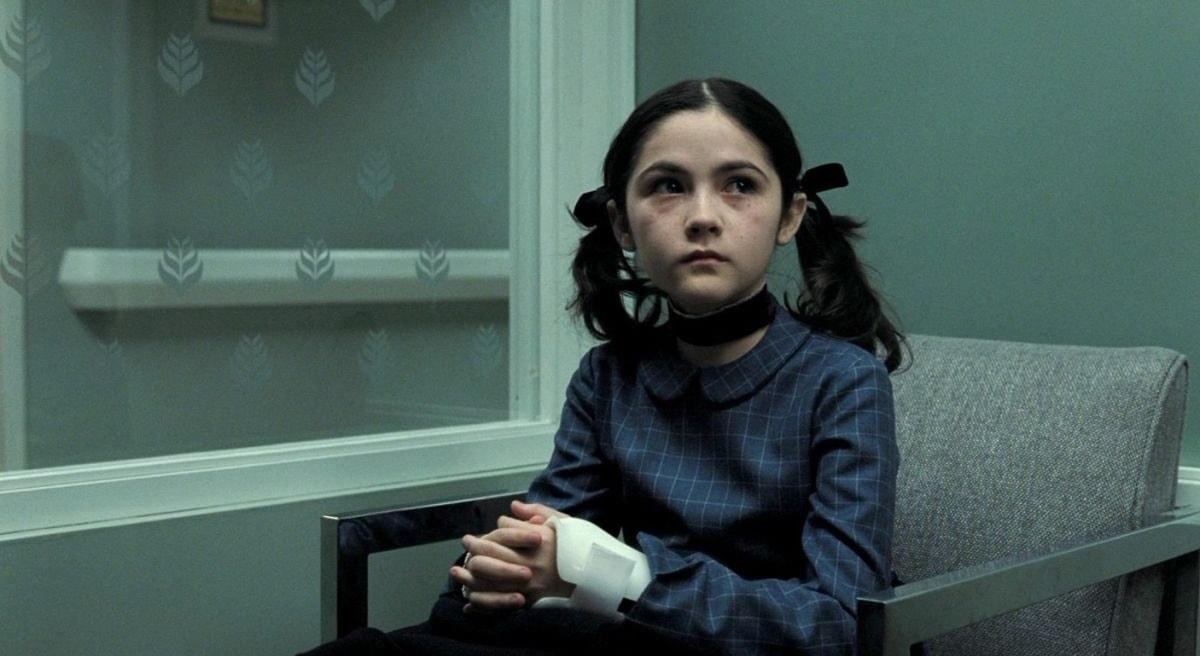
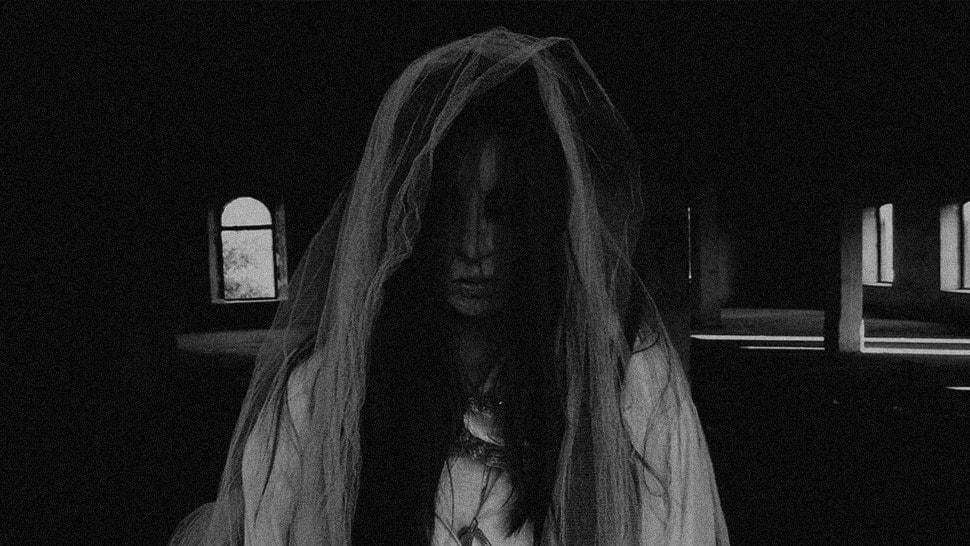
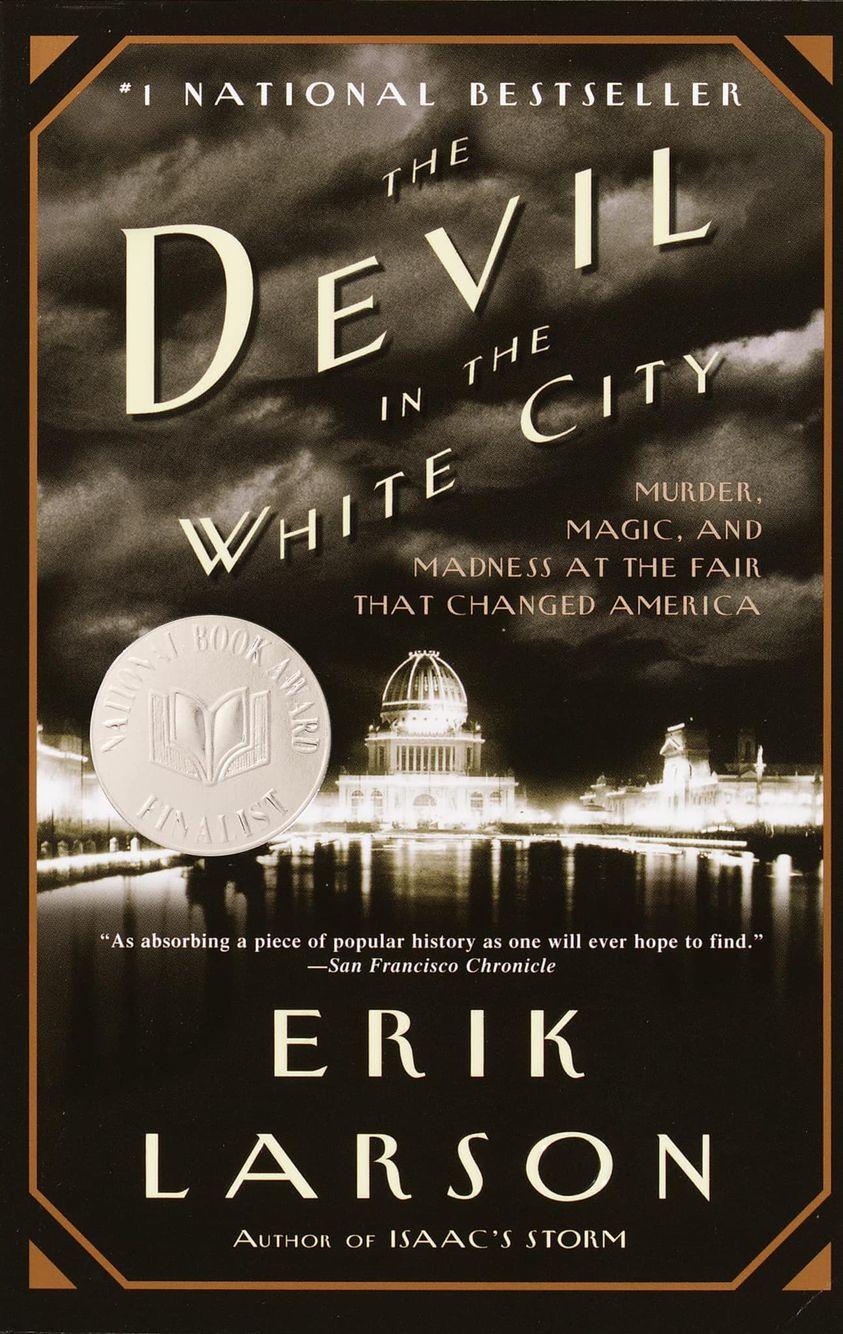
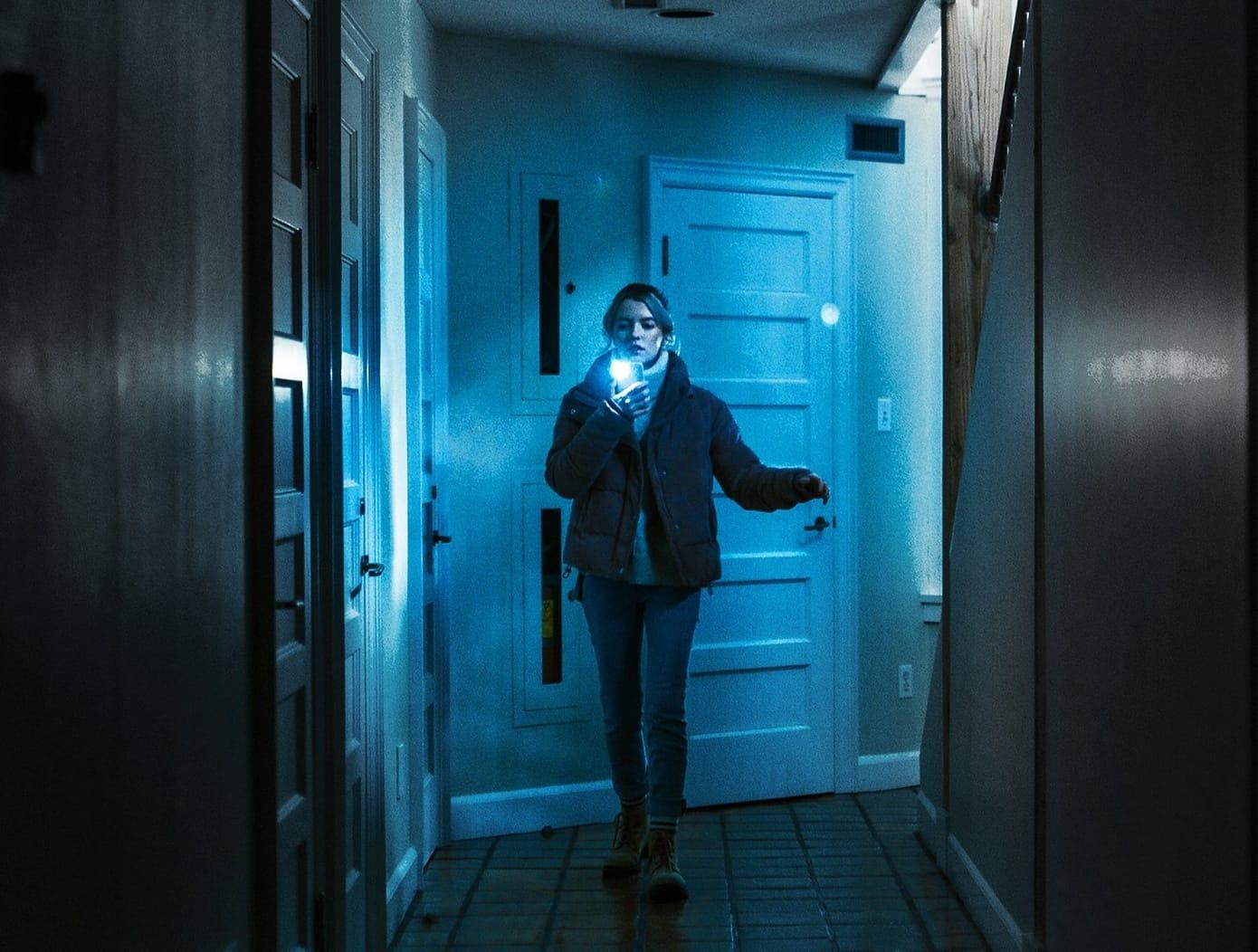
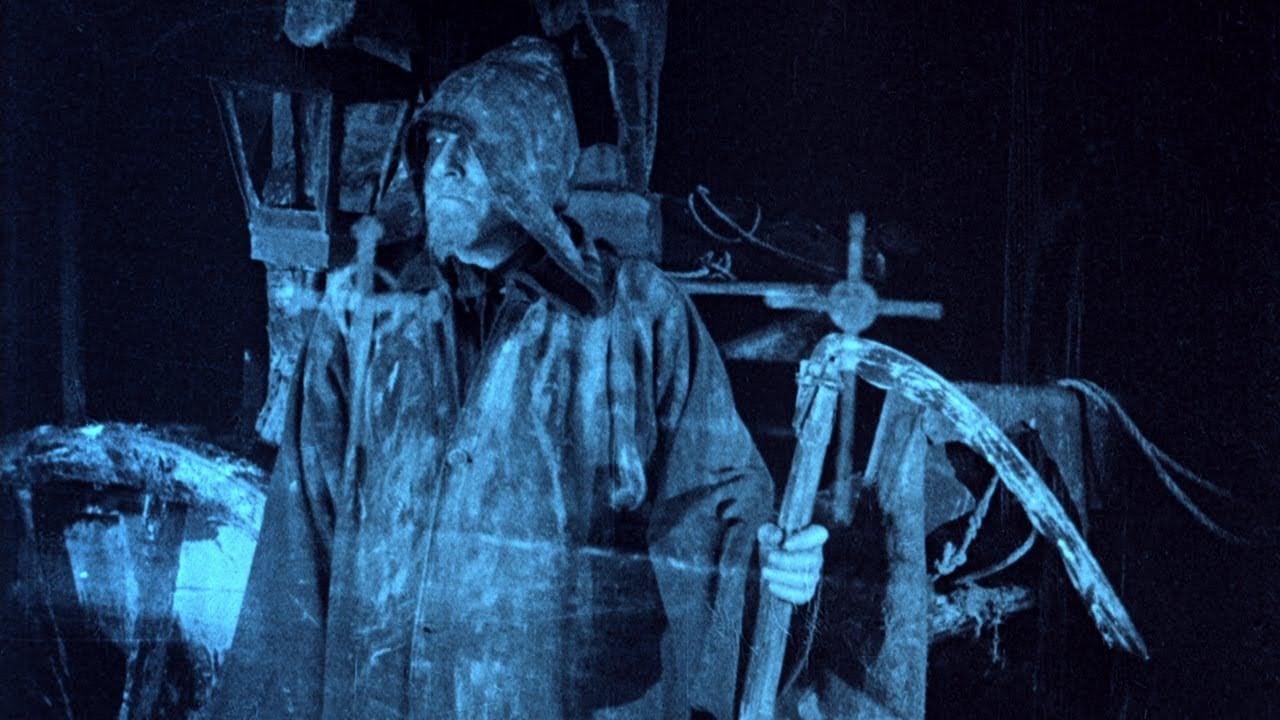






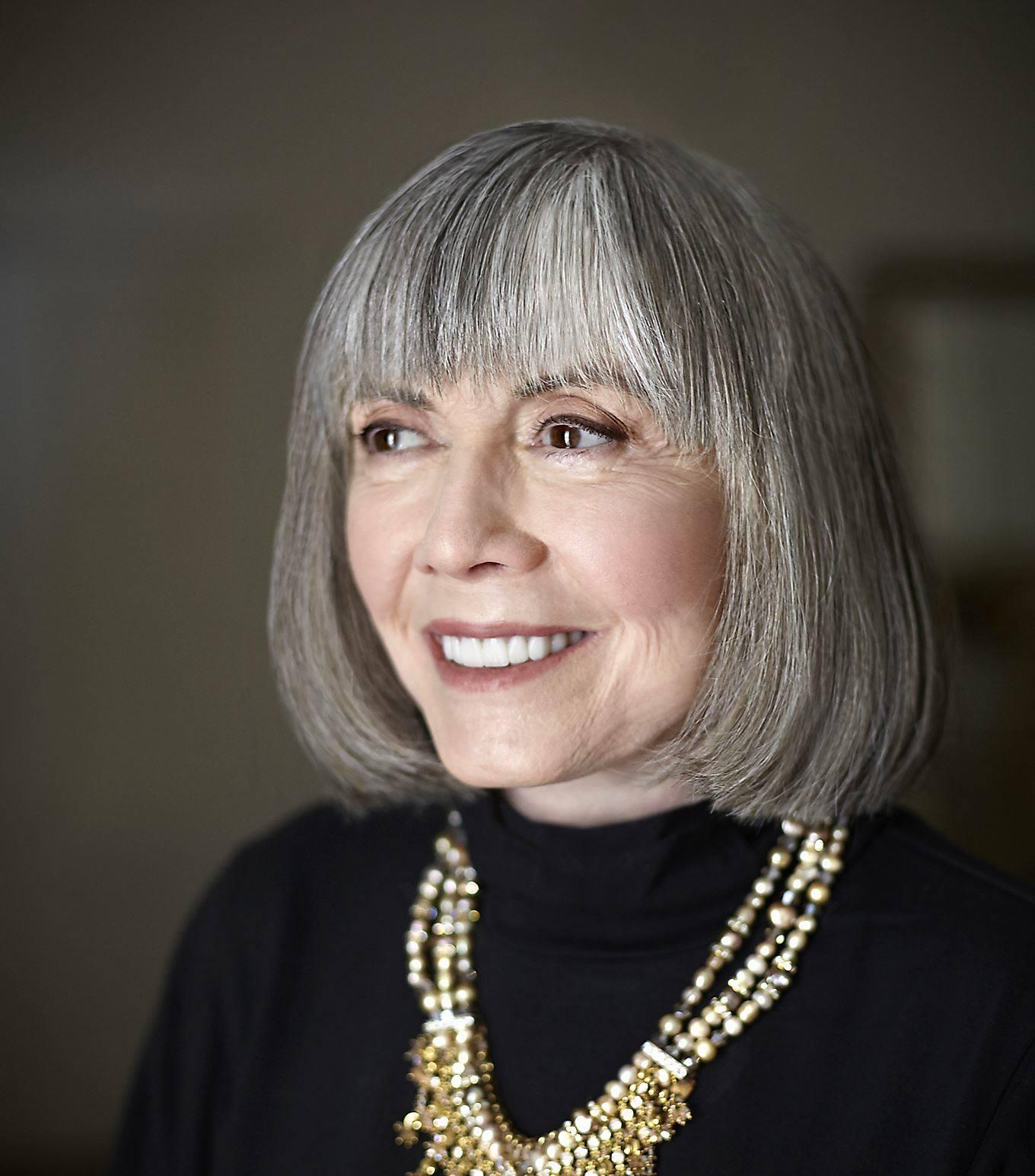
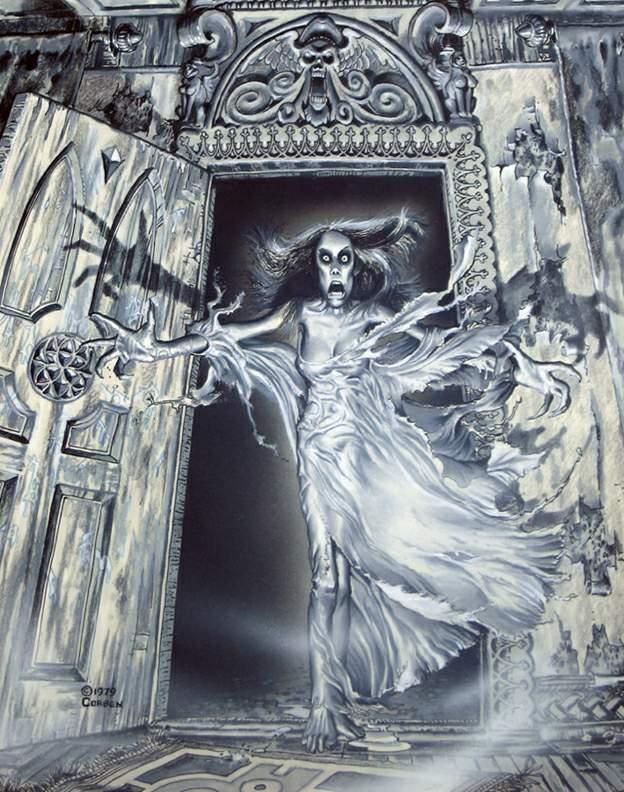
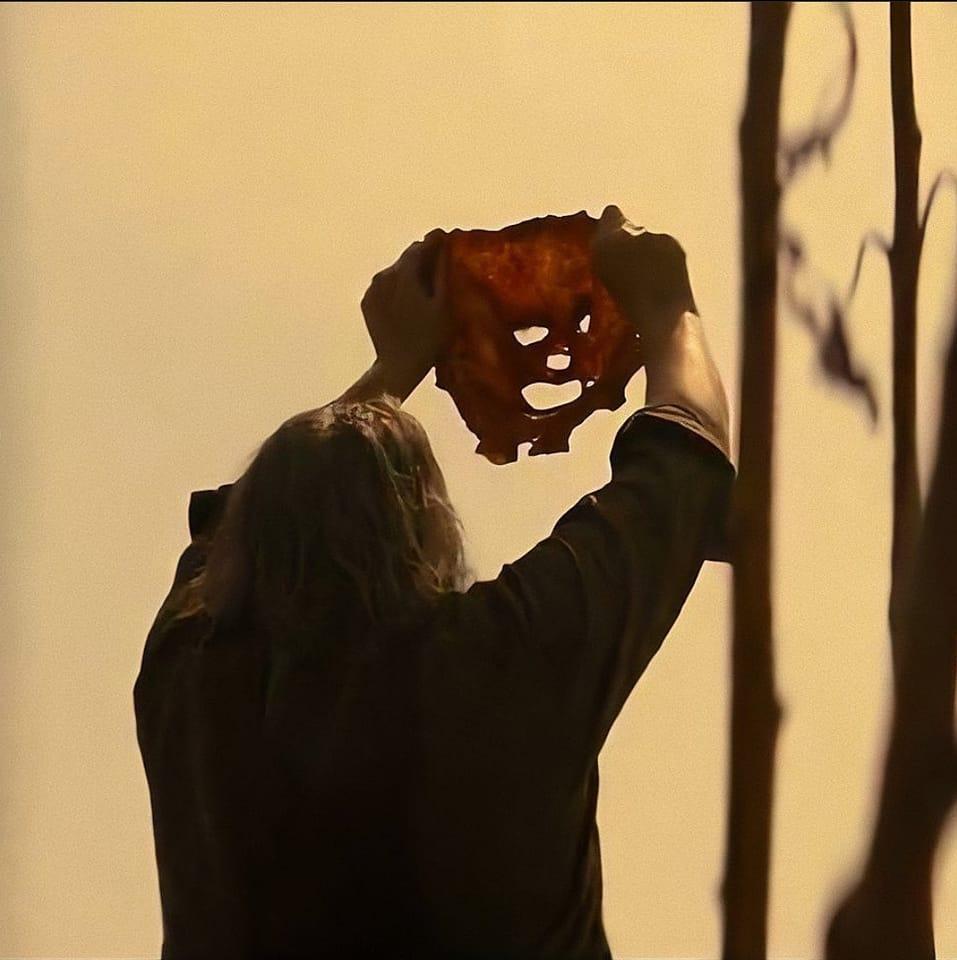

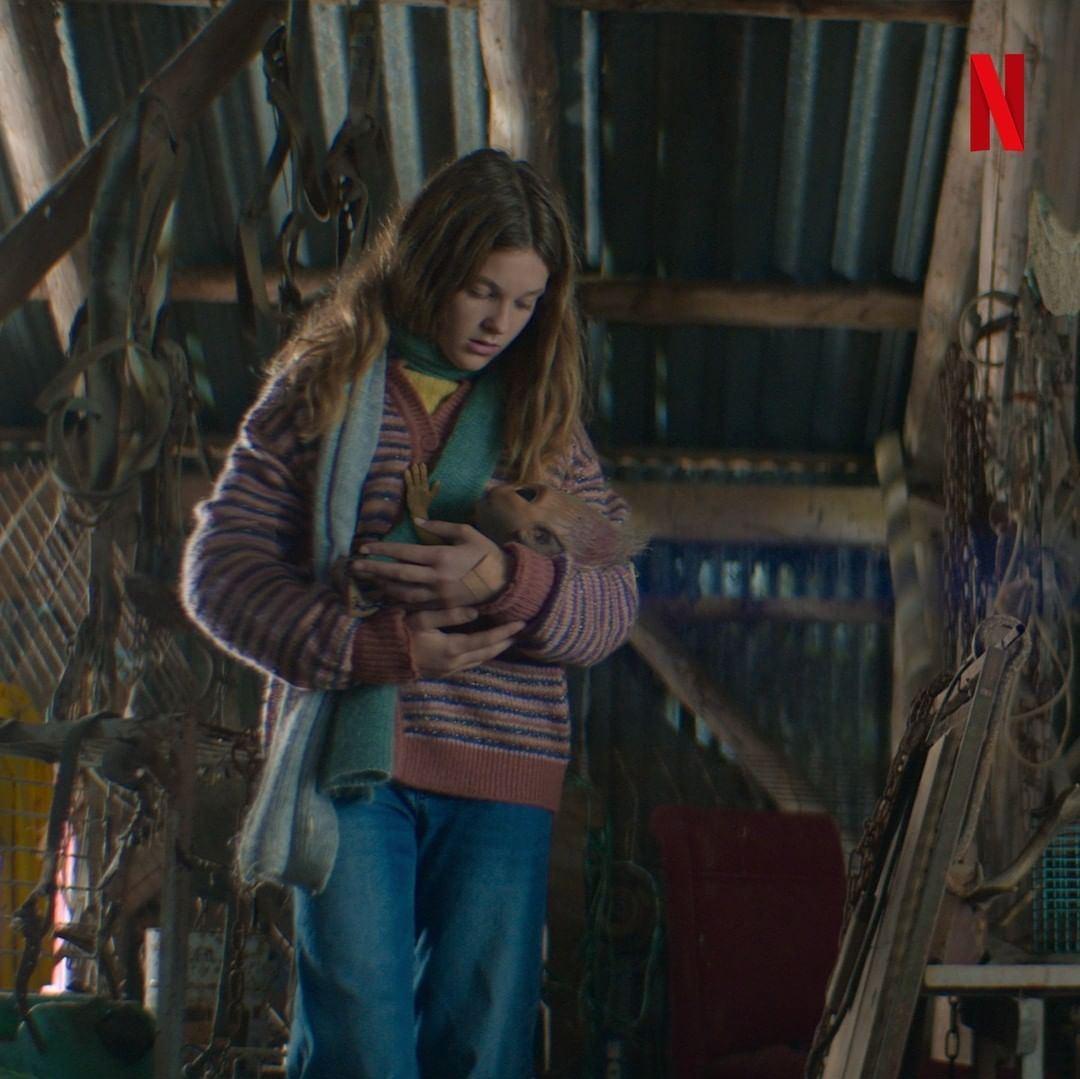







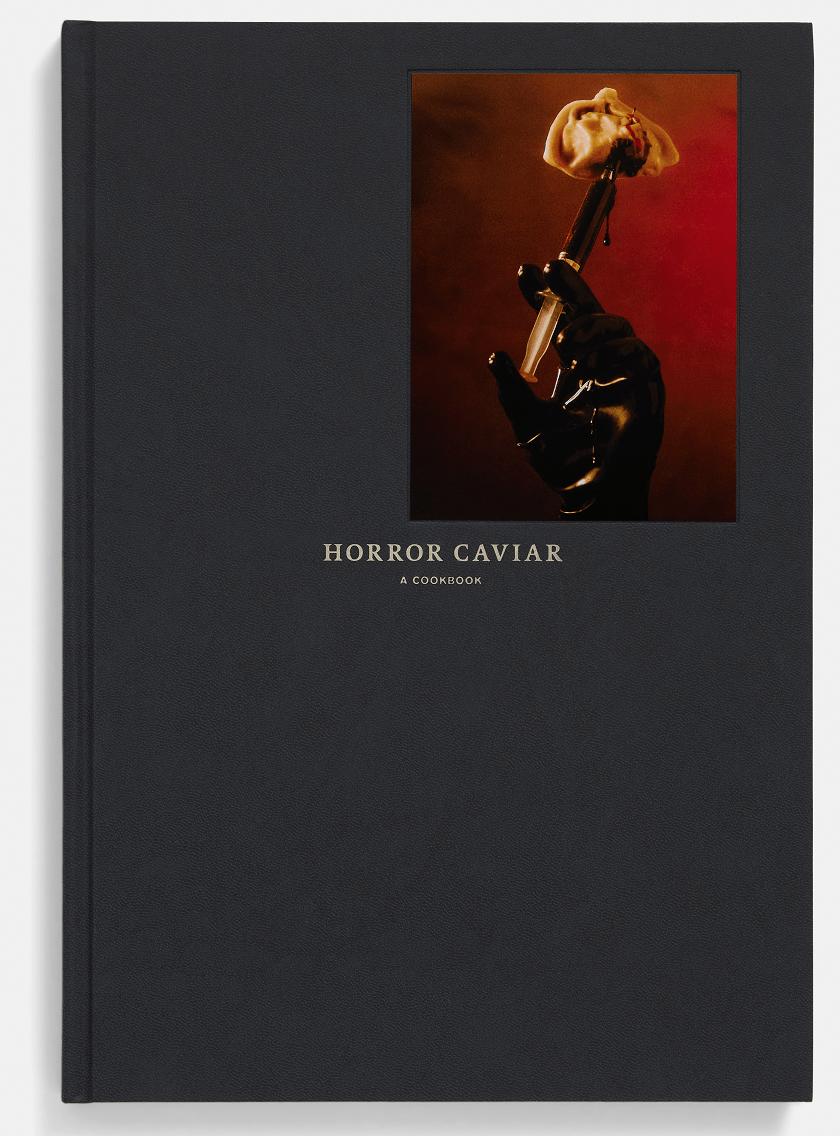




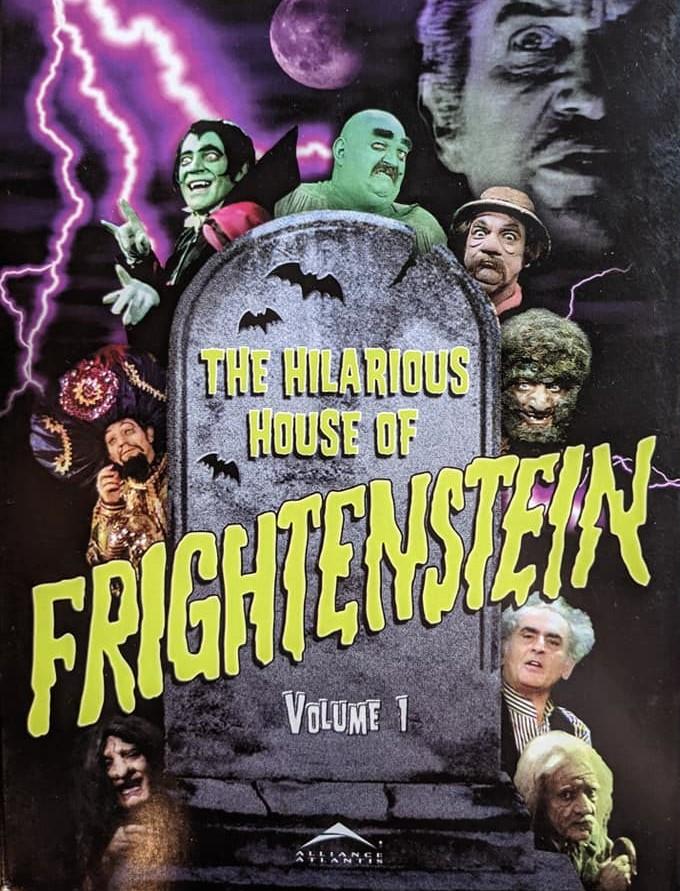

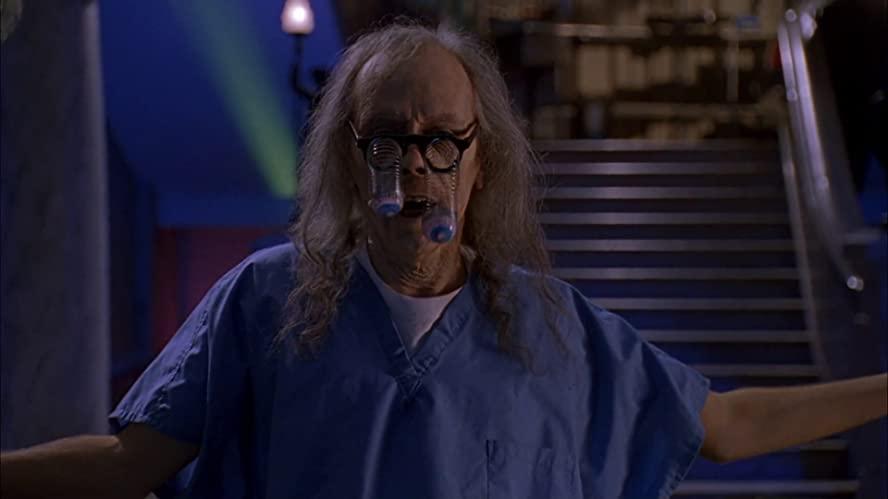
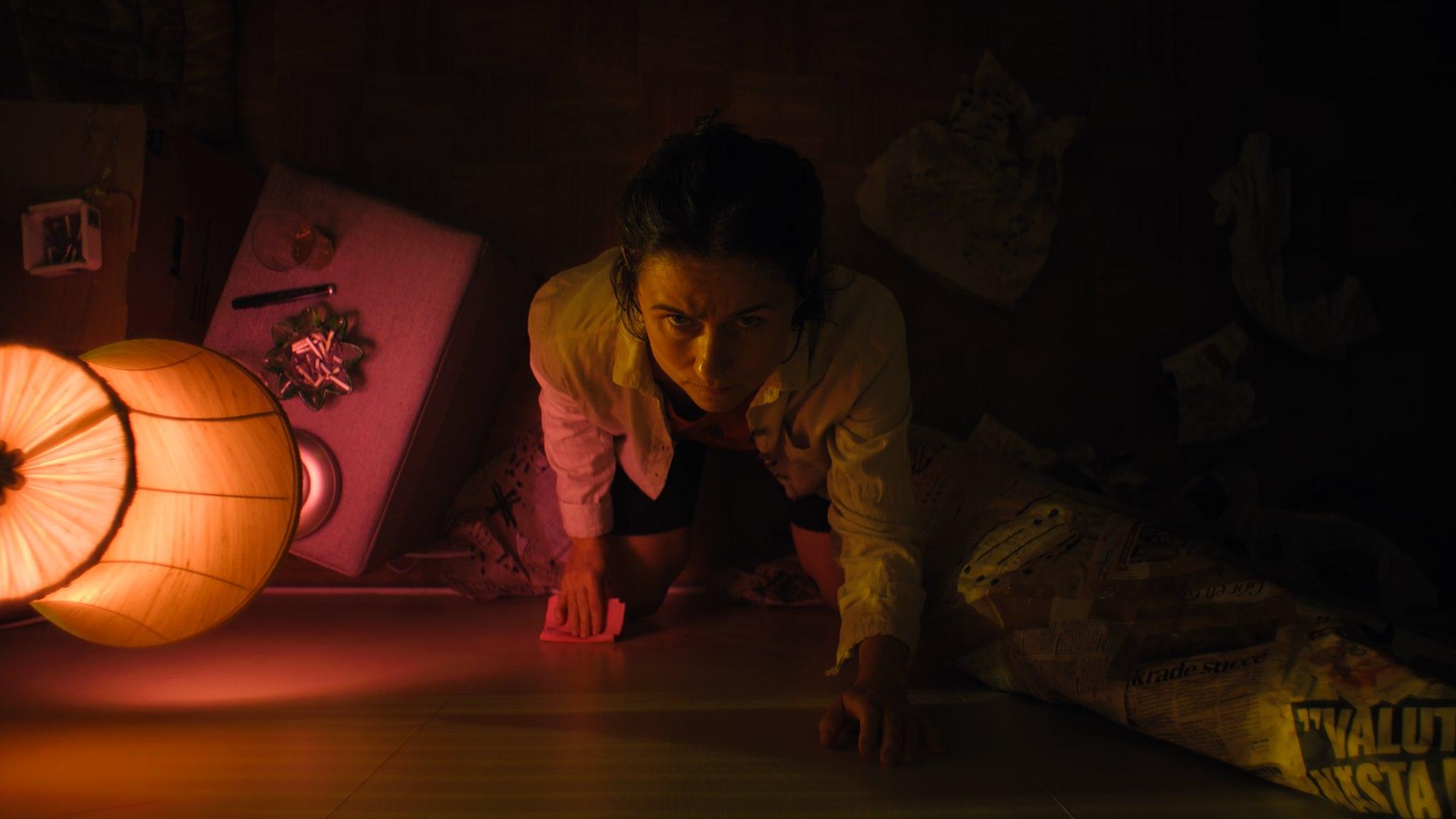
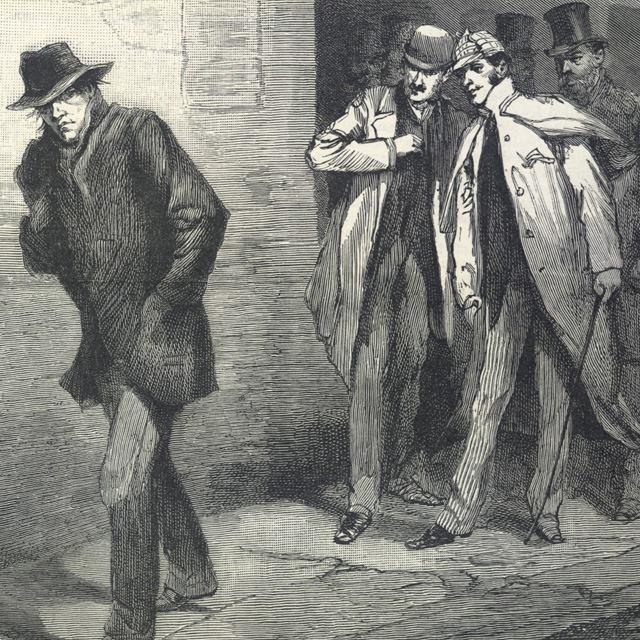

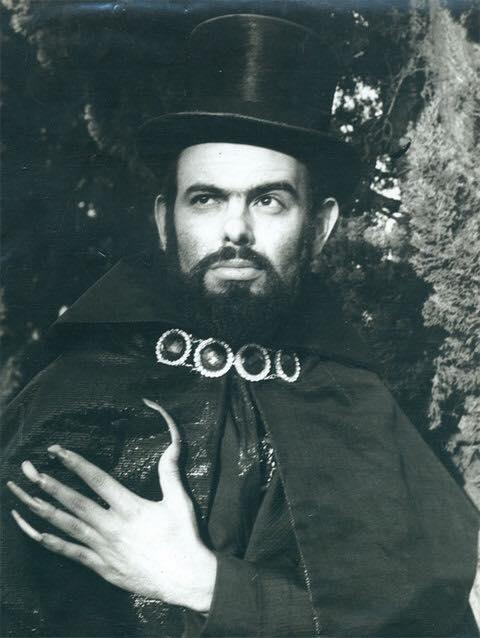
.jpg)
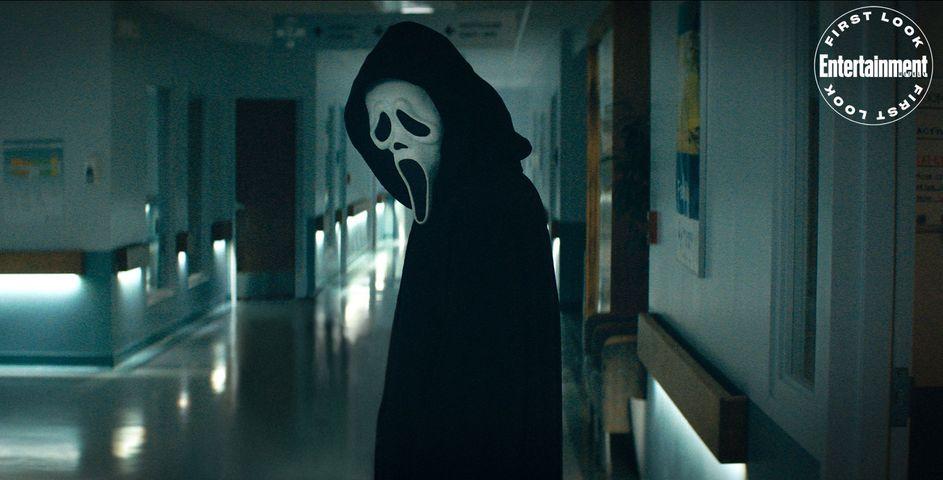

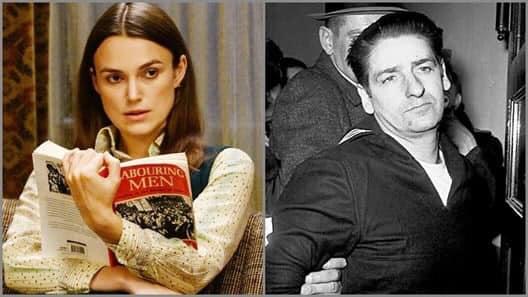
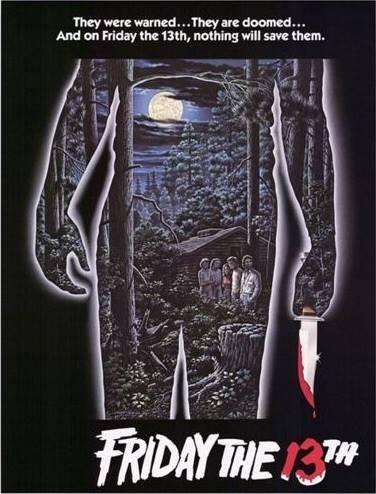


.jpg)




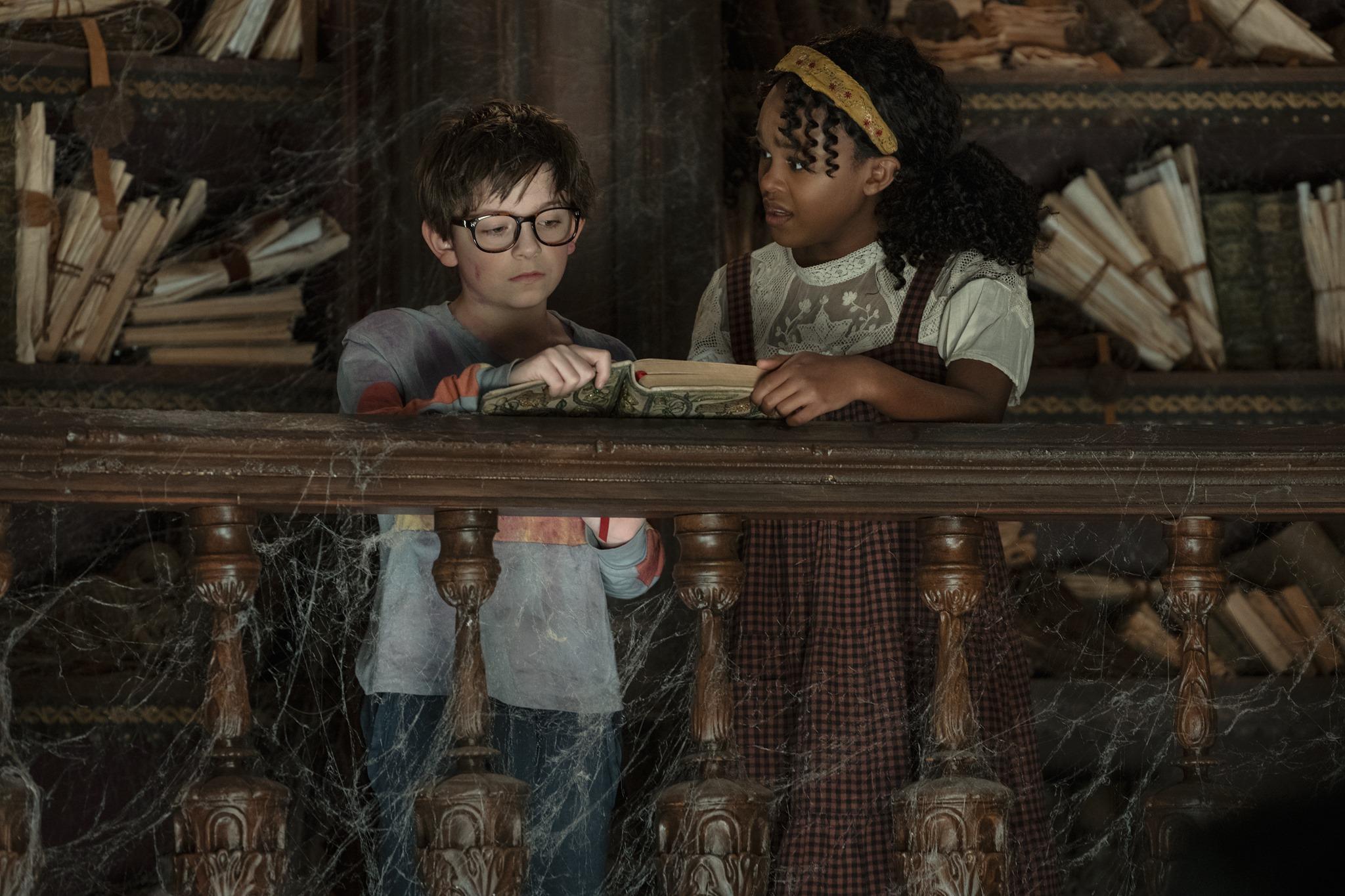






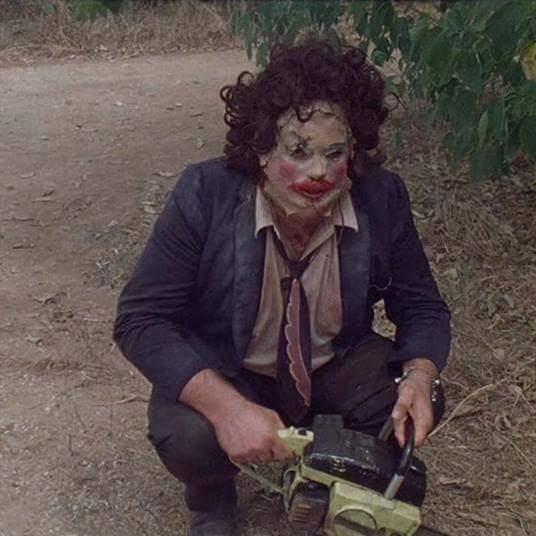


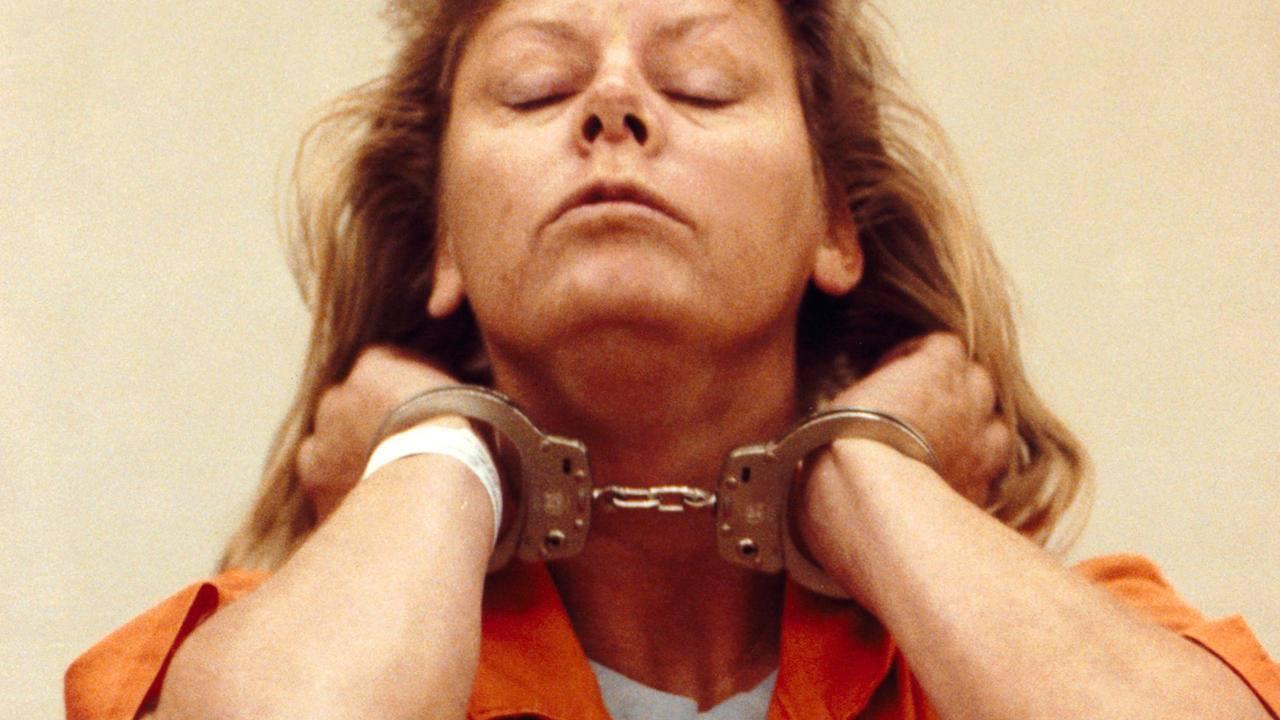
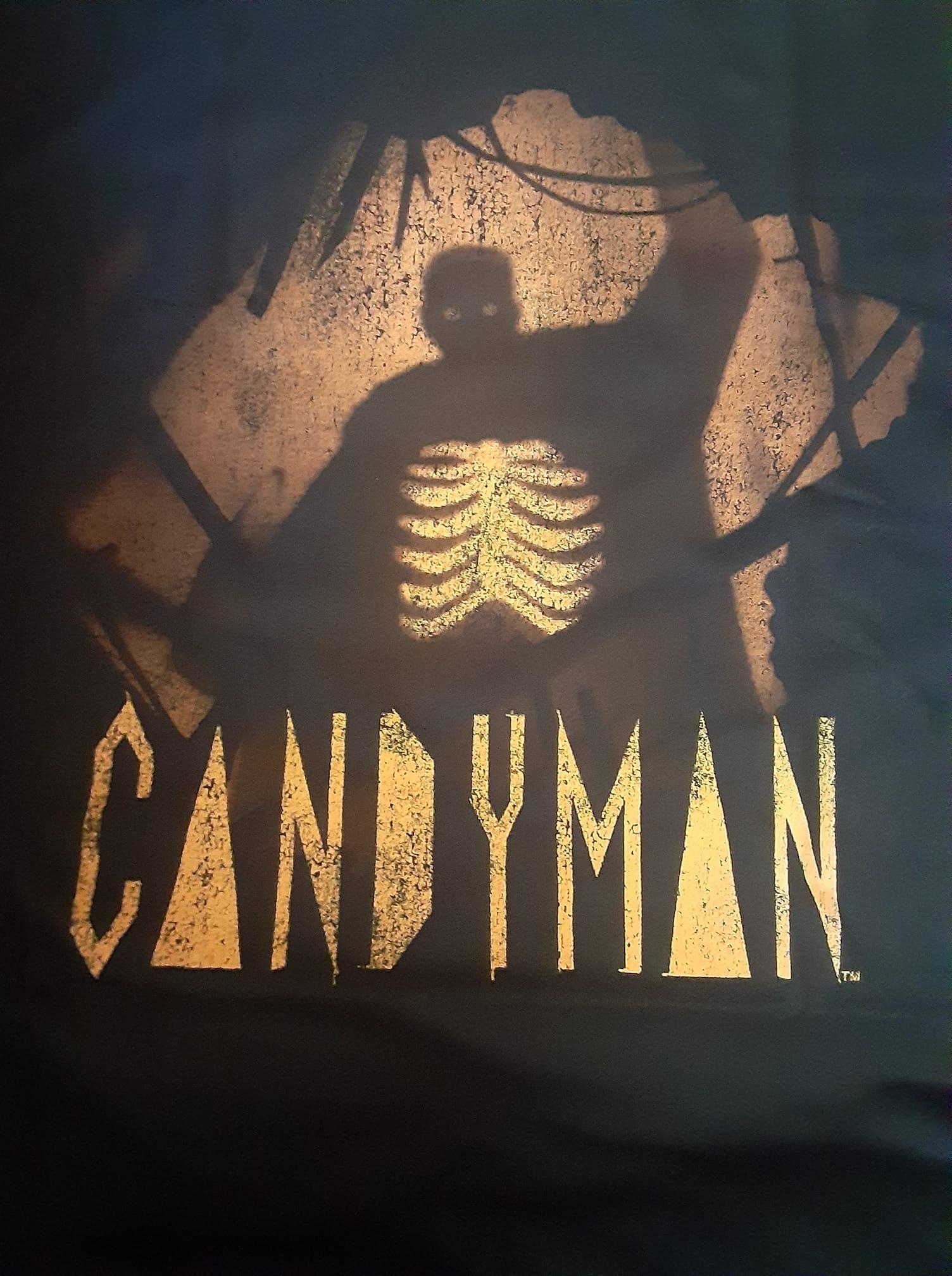






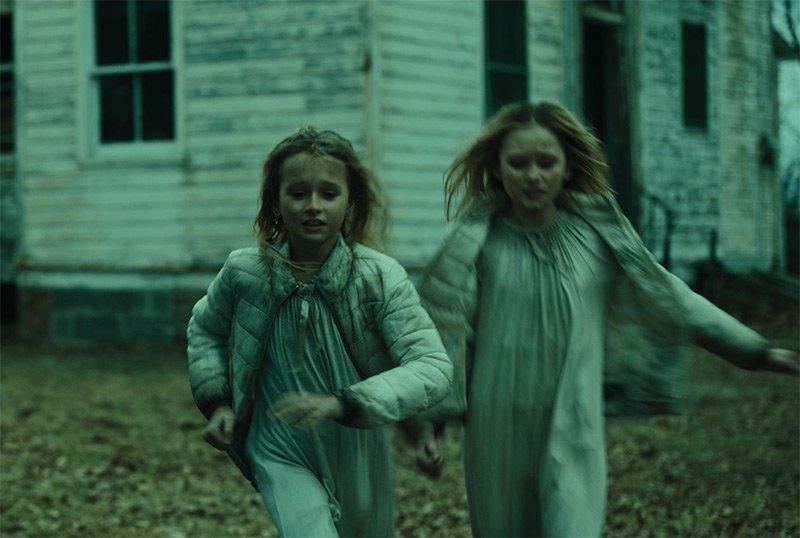









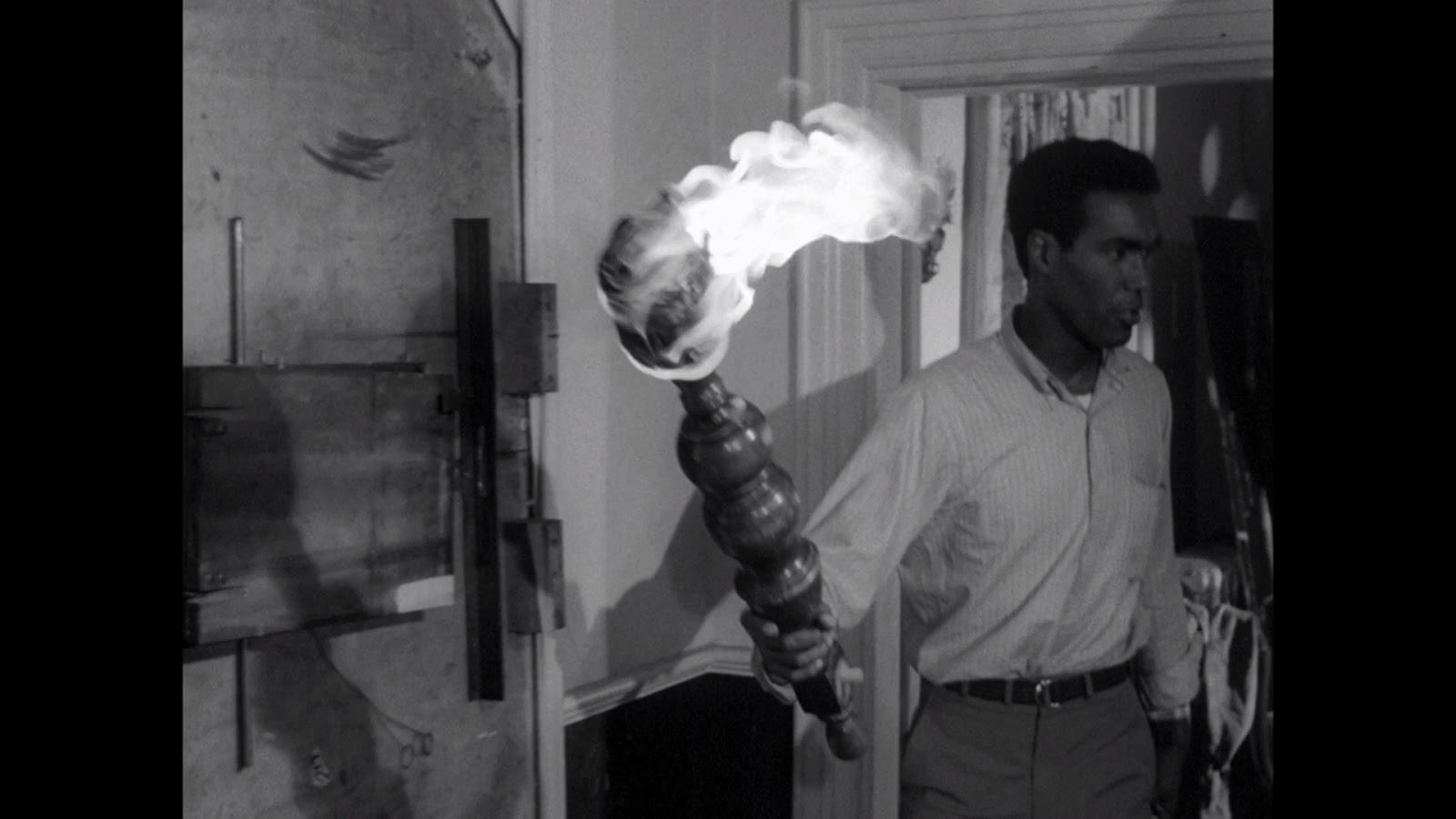
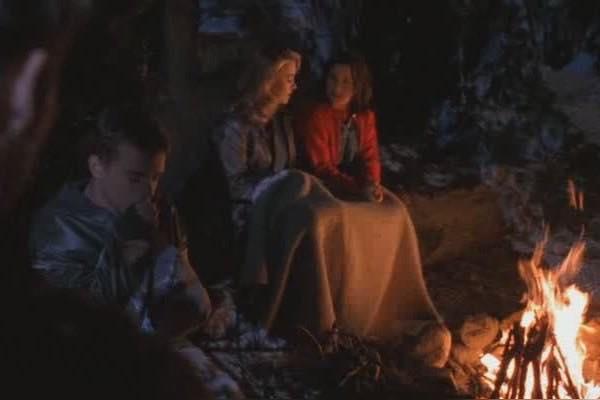

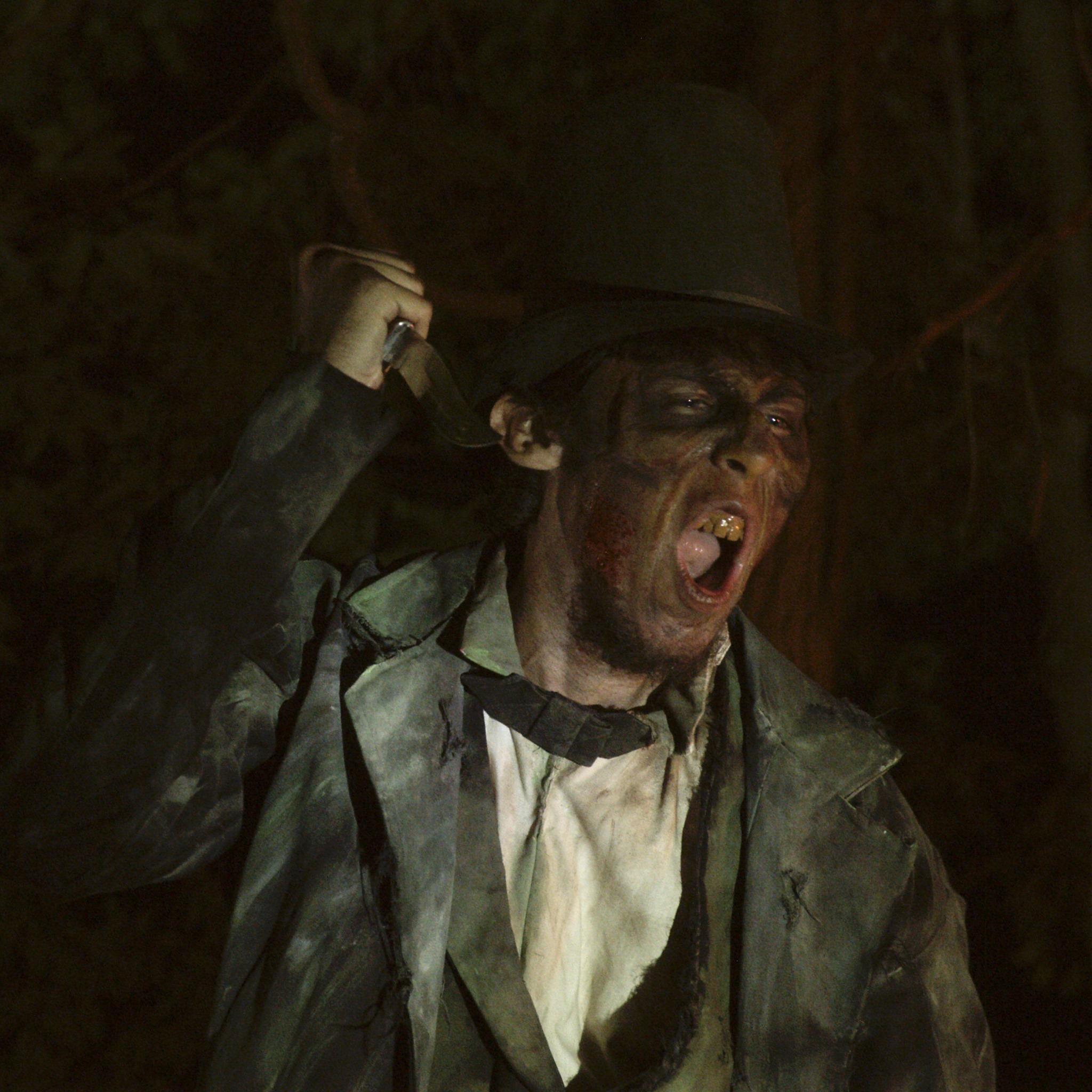


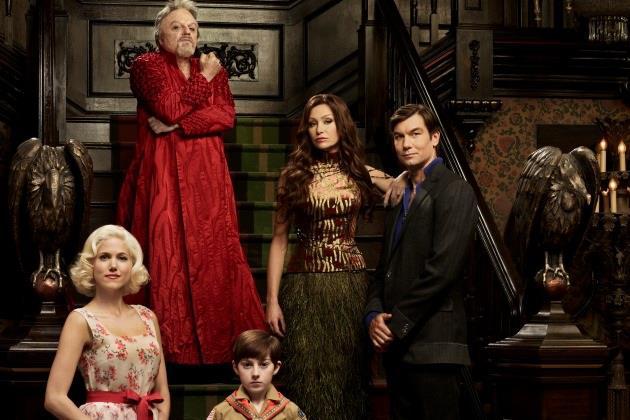



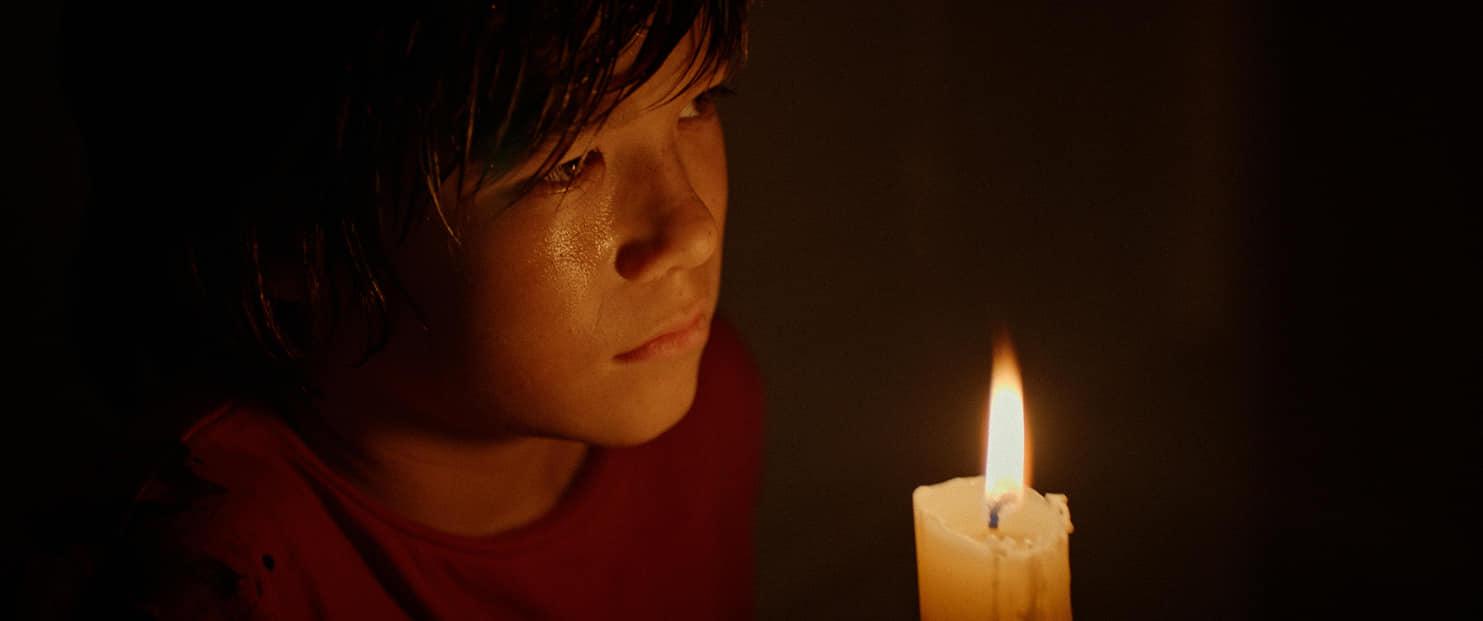
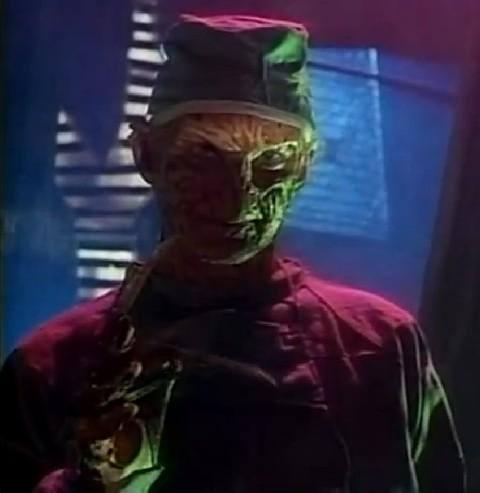

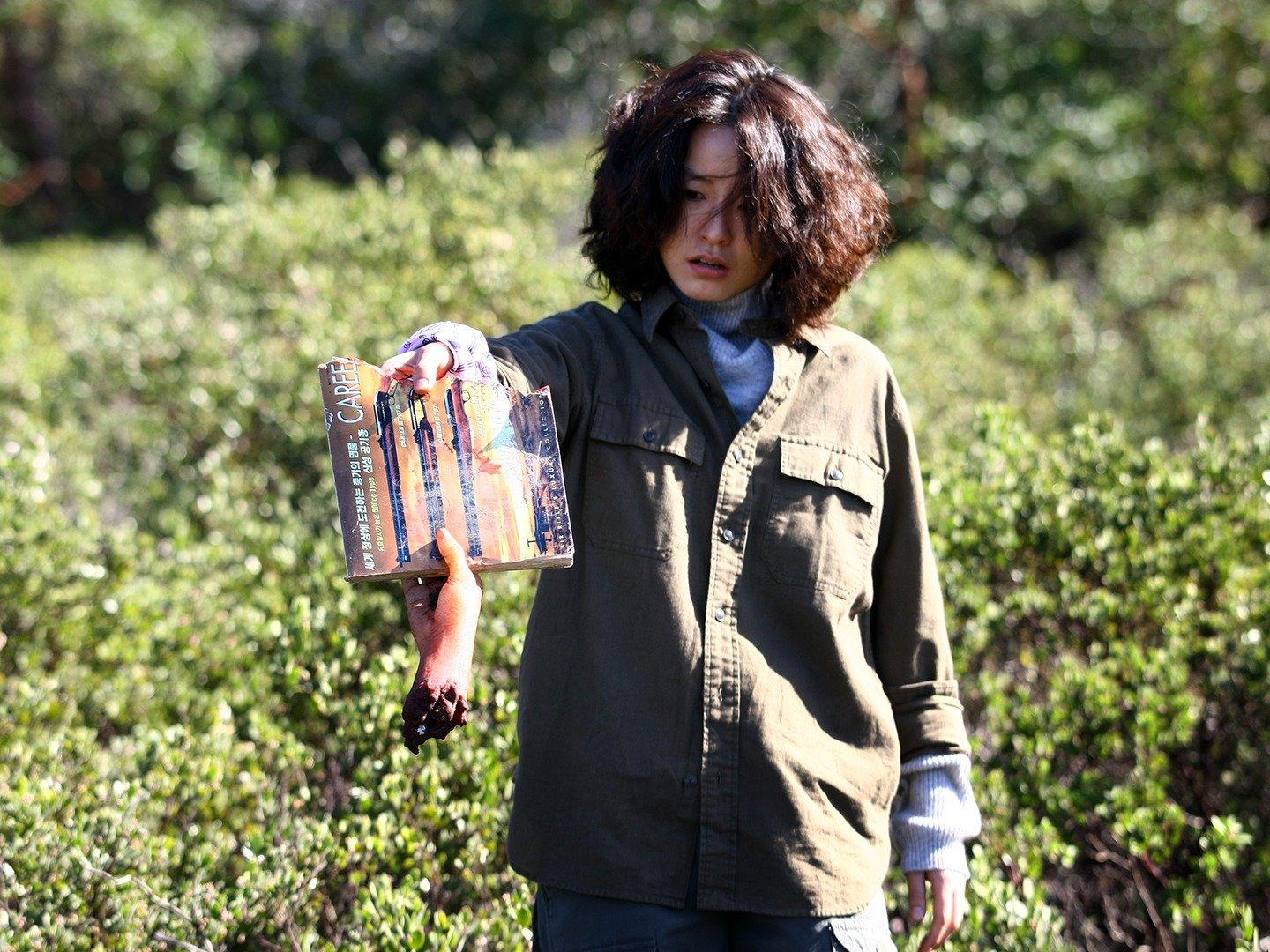


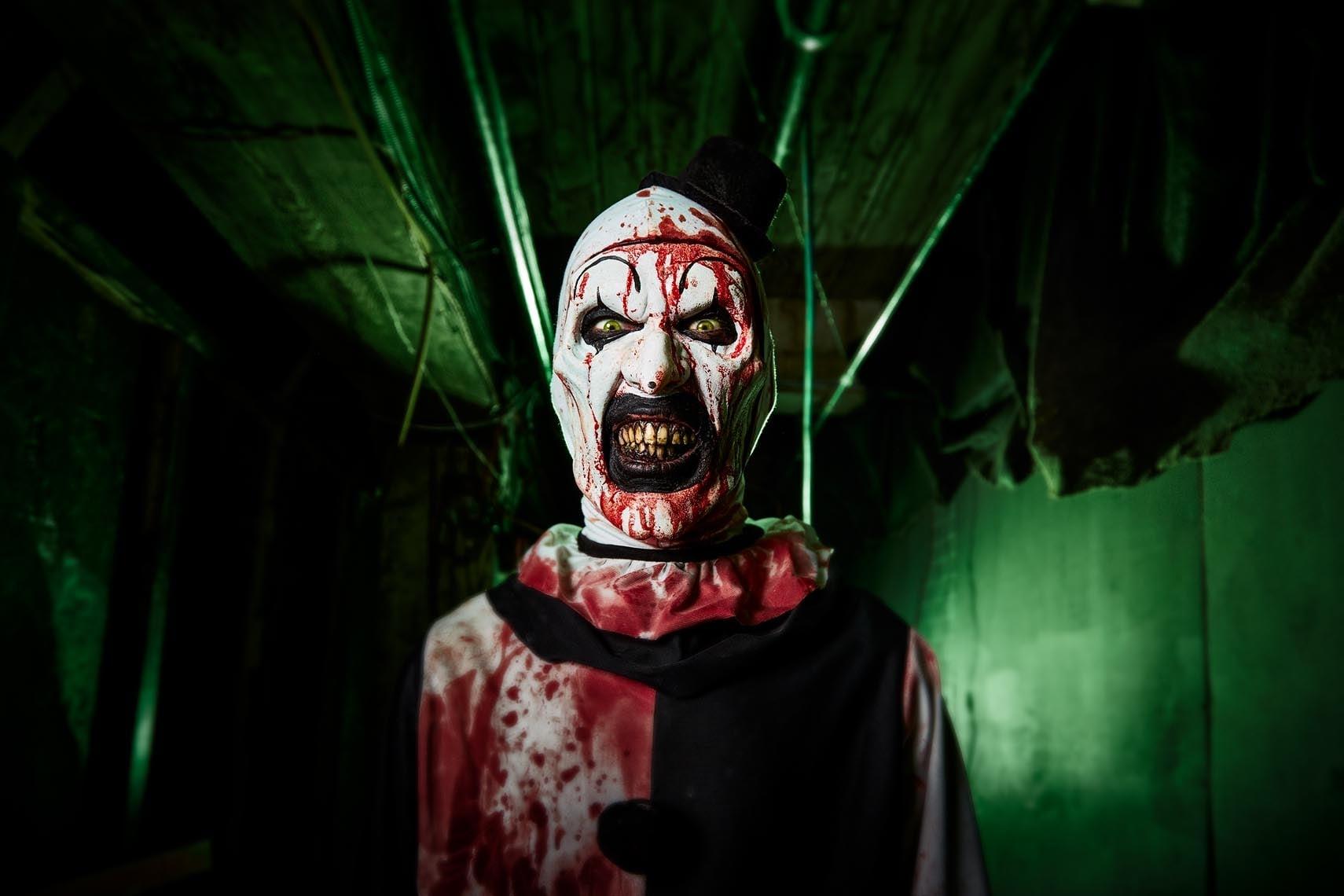
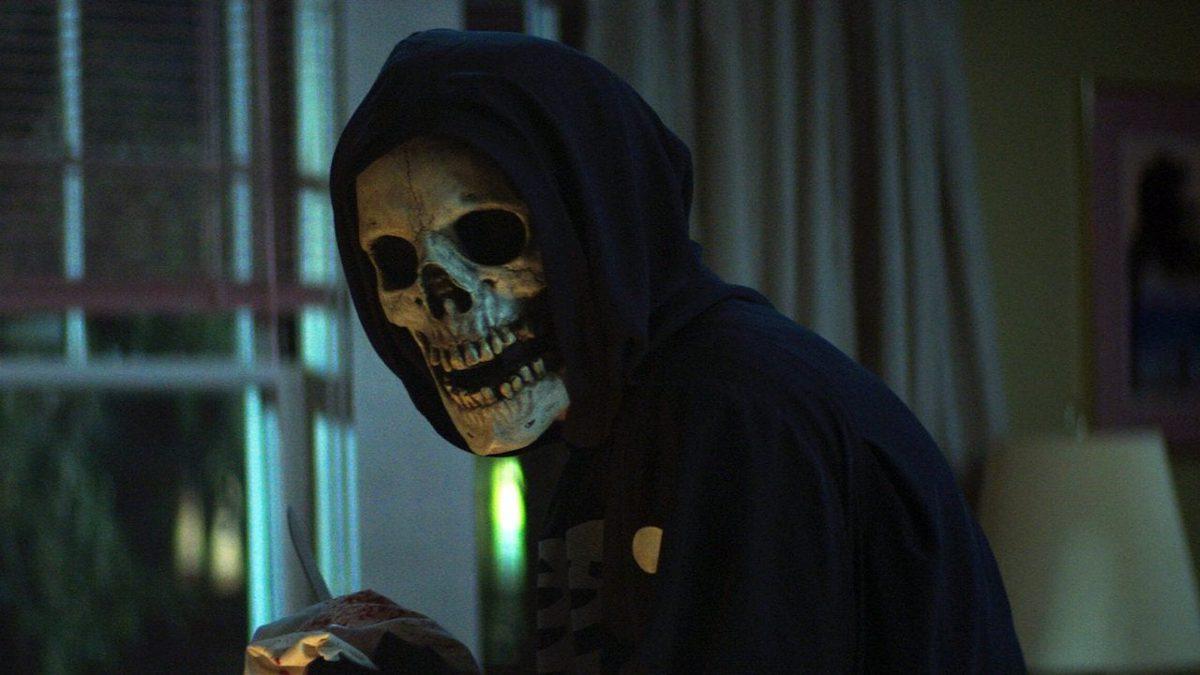


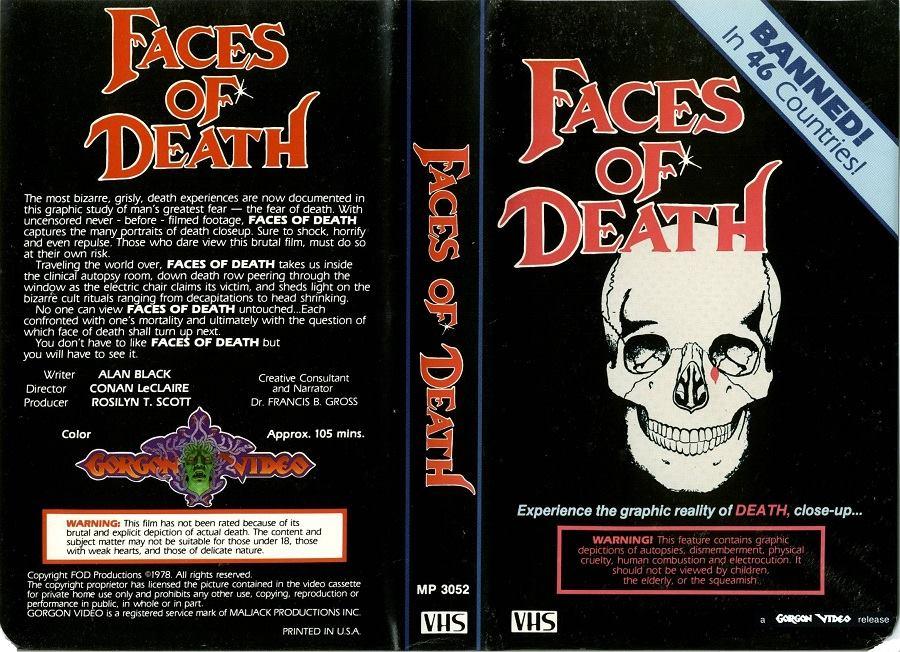

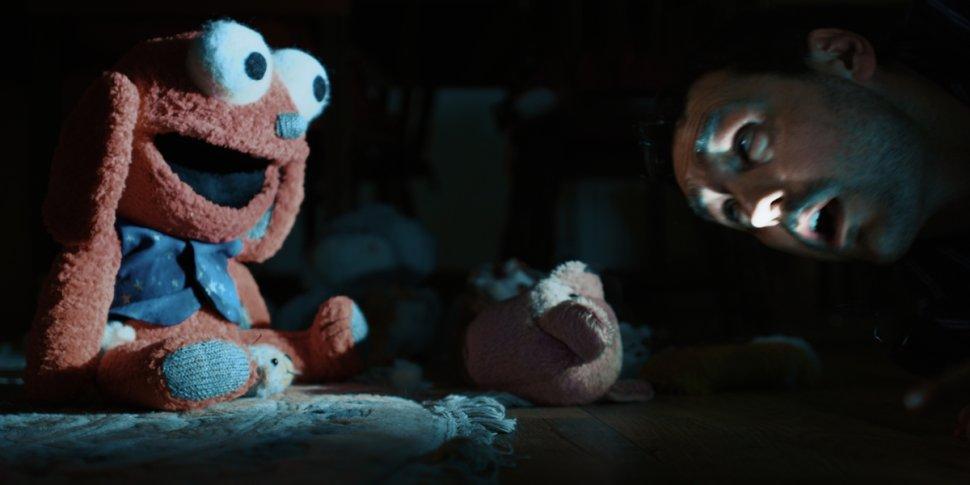
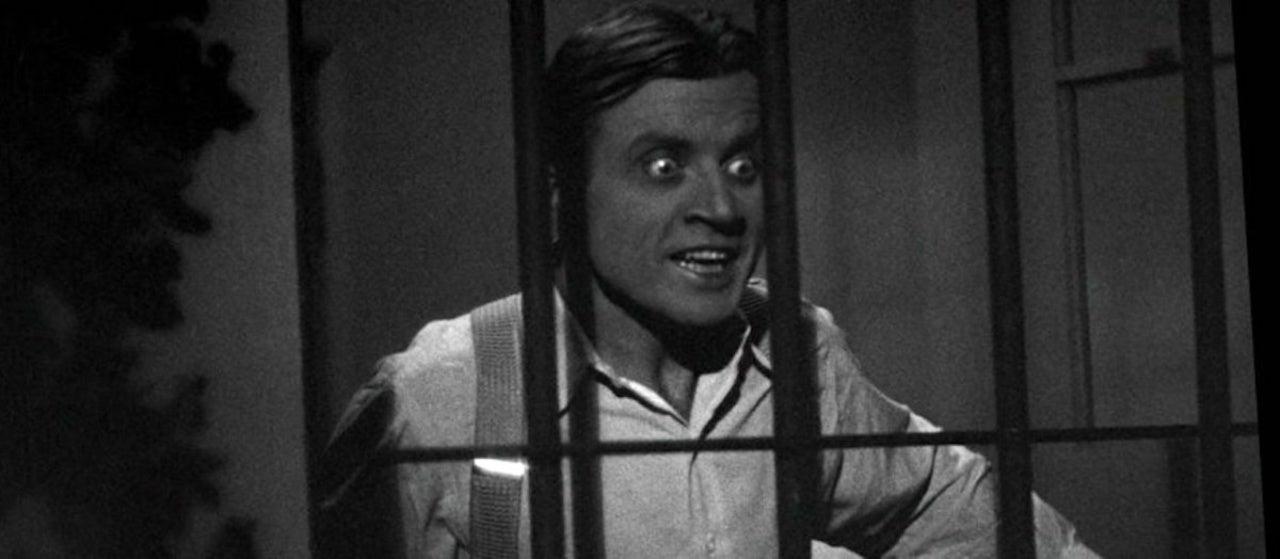
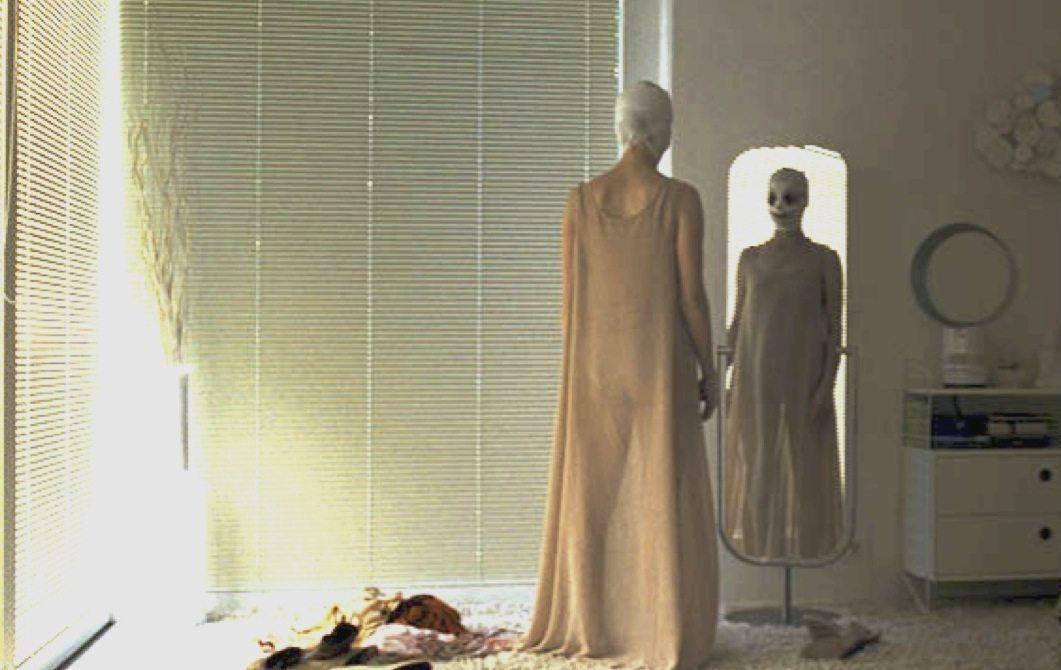





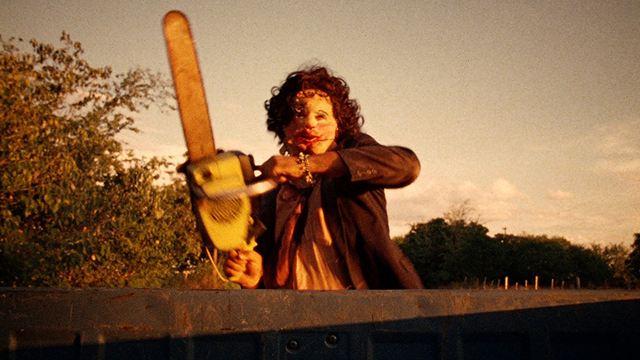



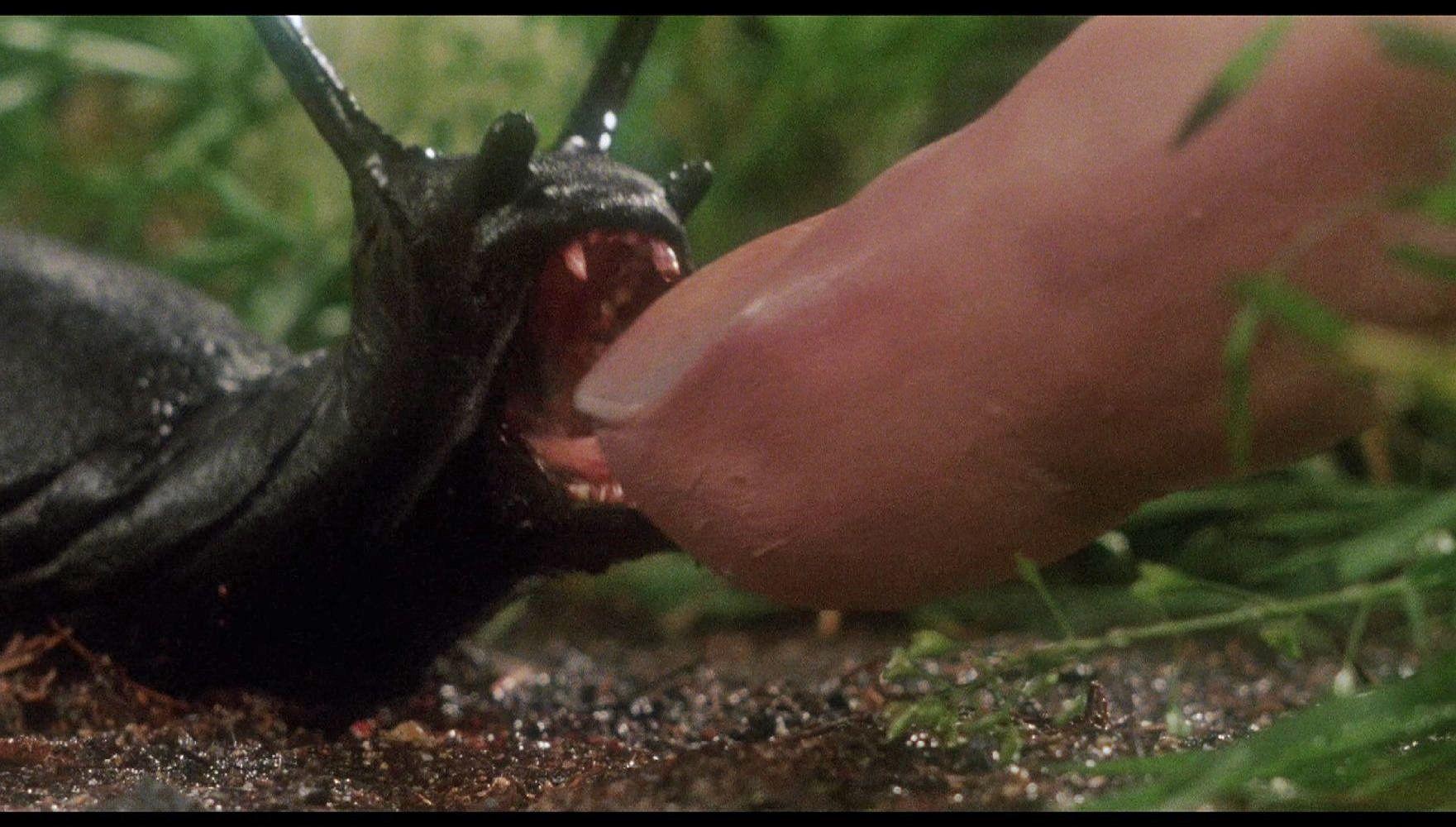
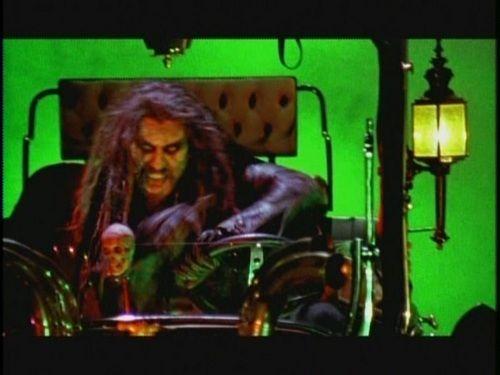
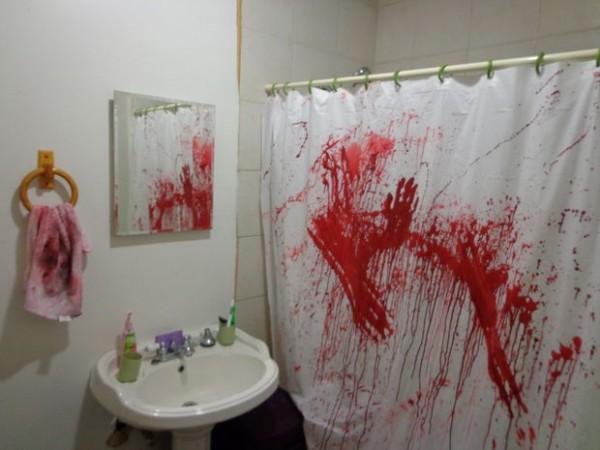
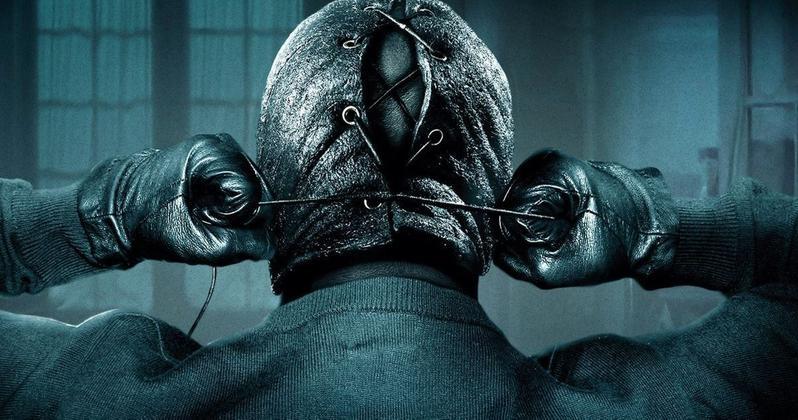


.jpg)












.jpg)


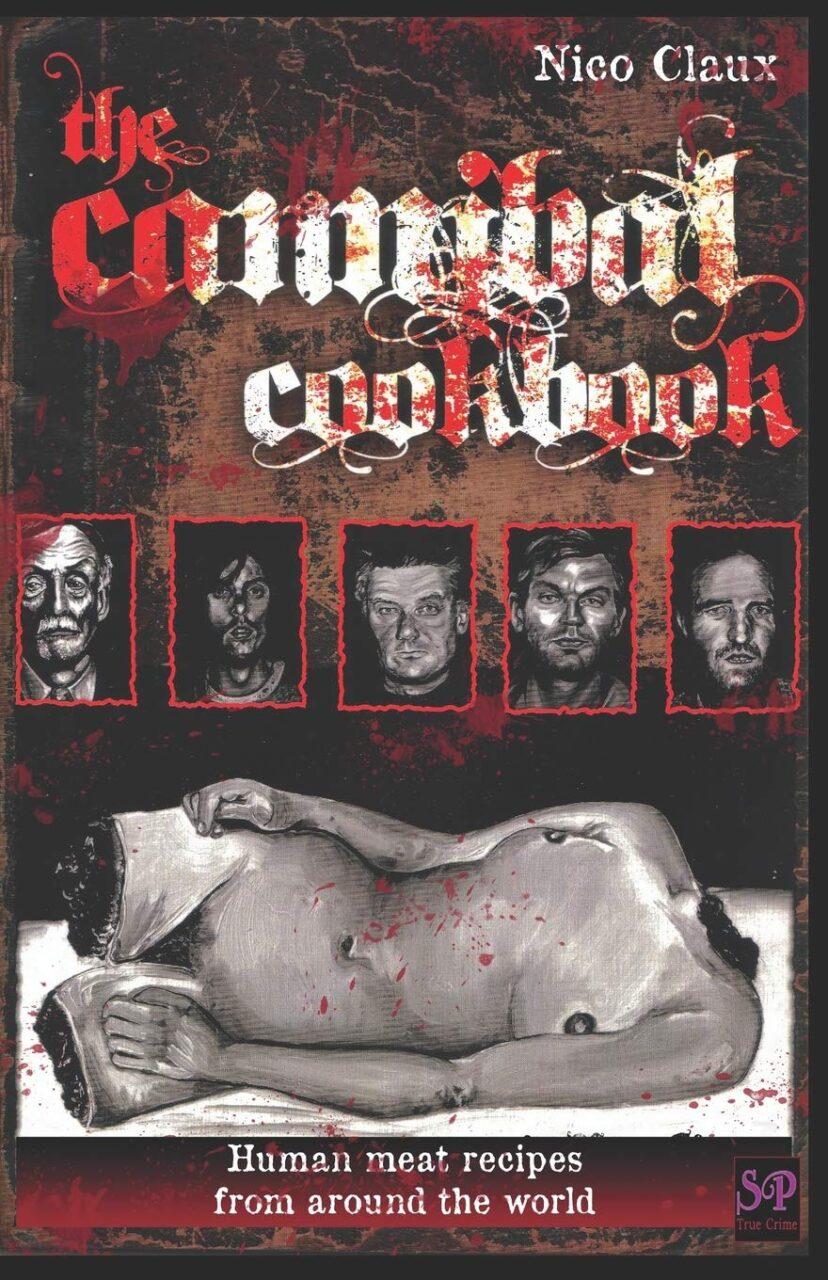

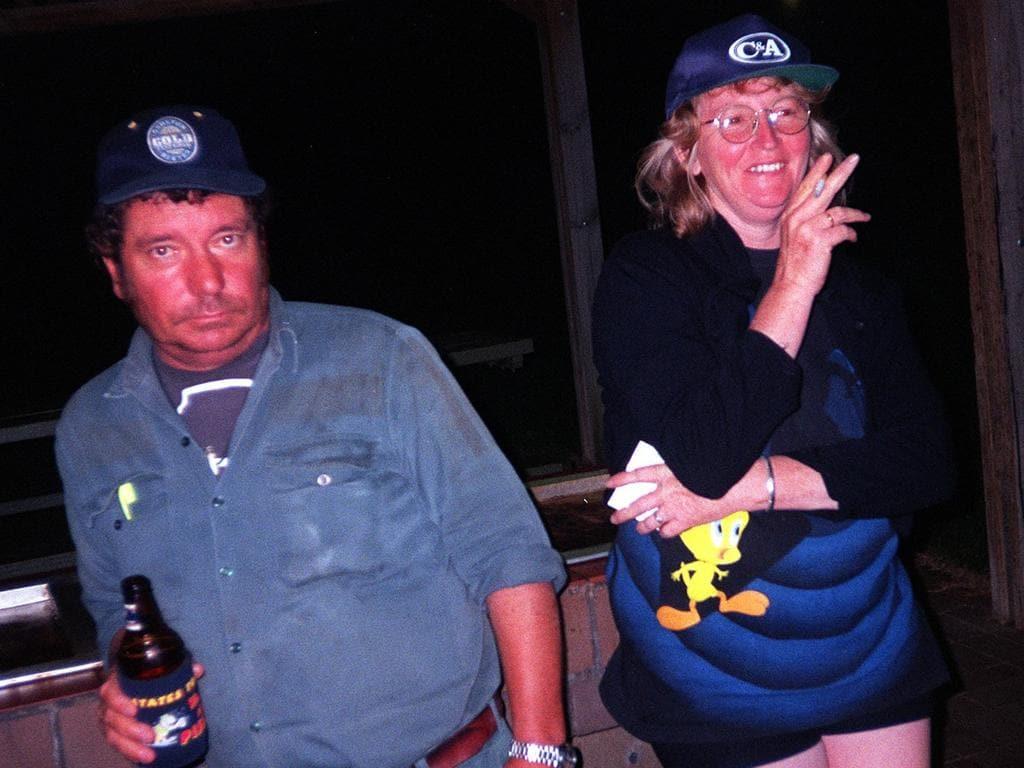
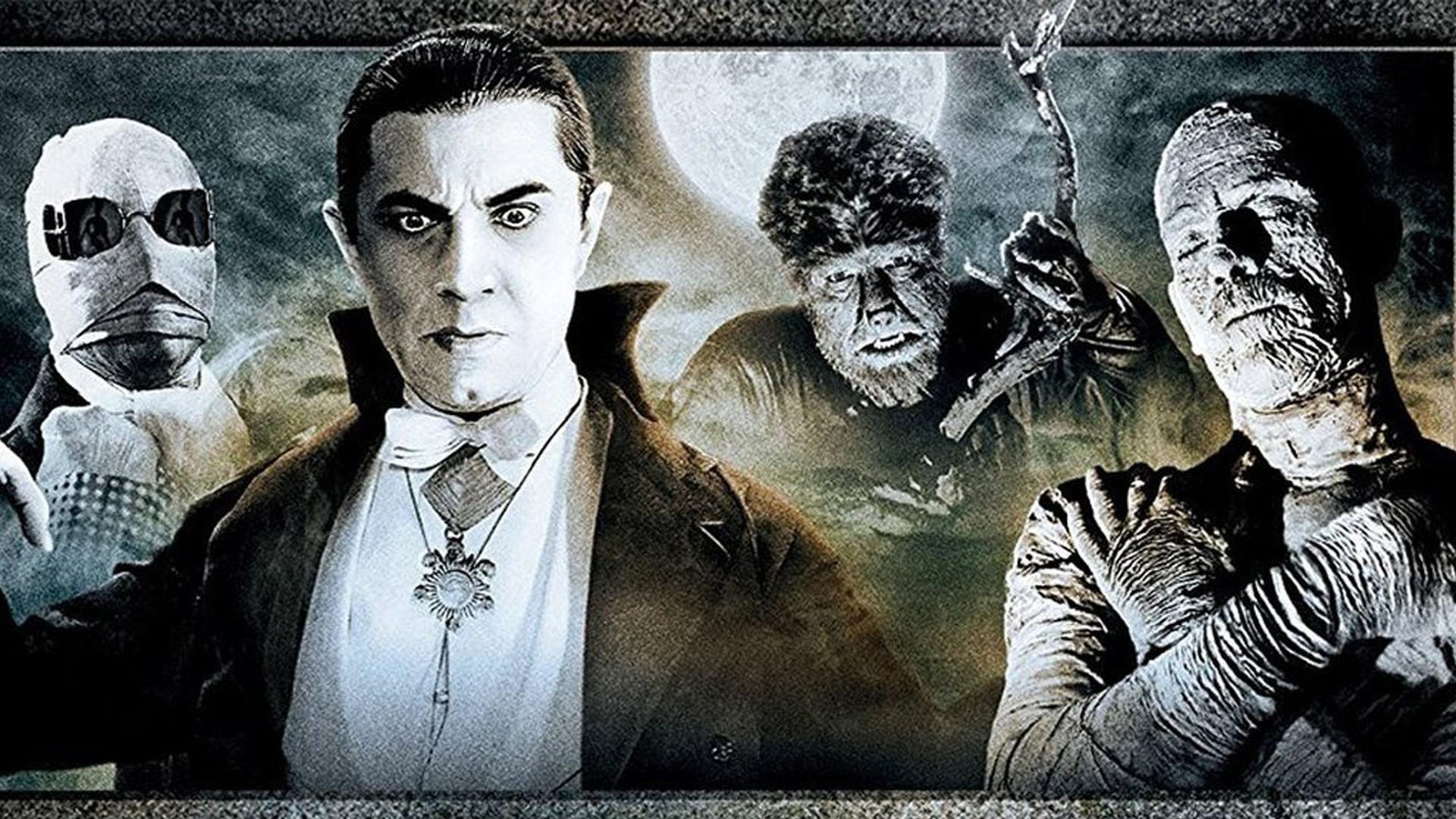






.jpg)







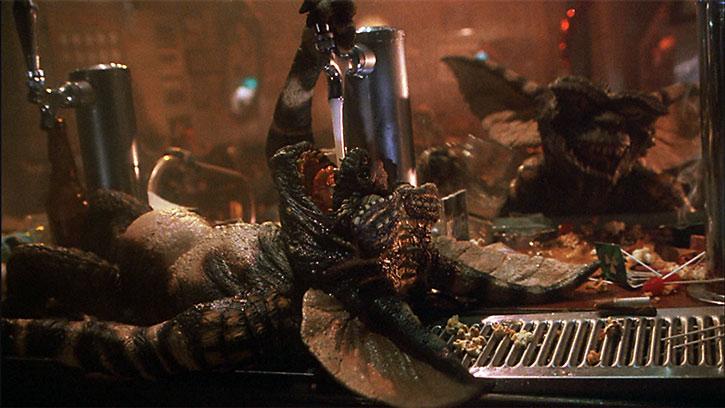

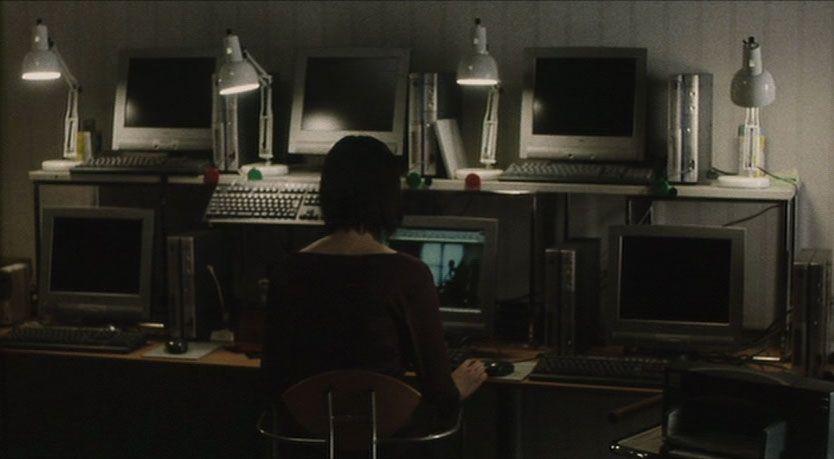




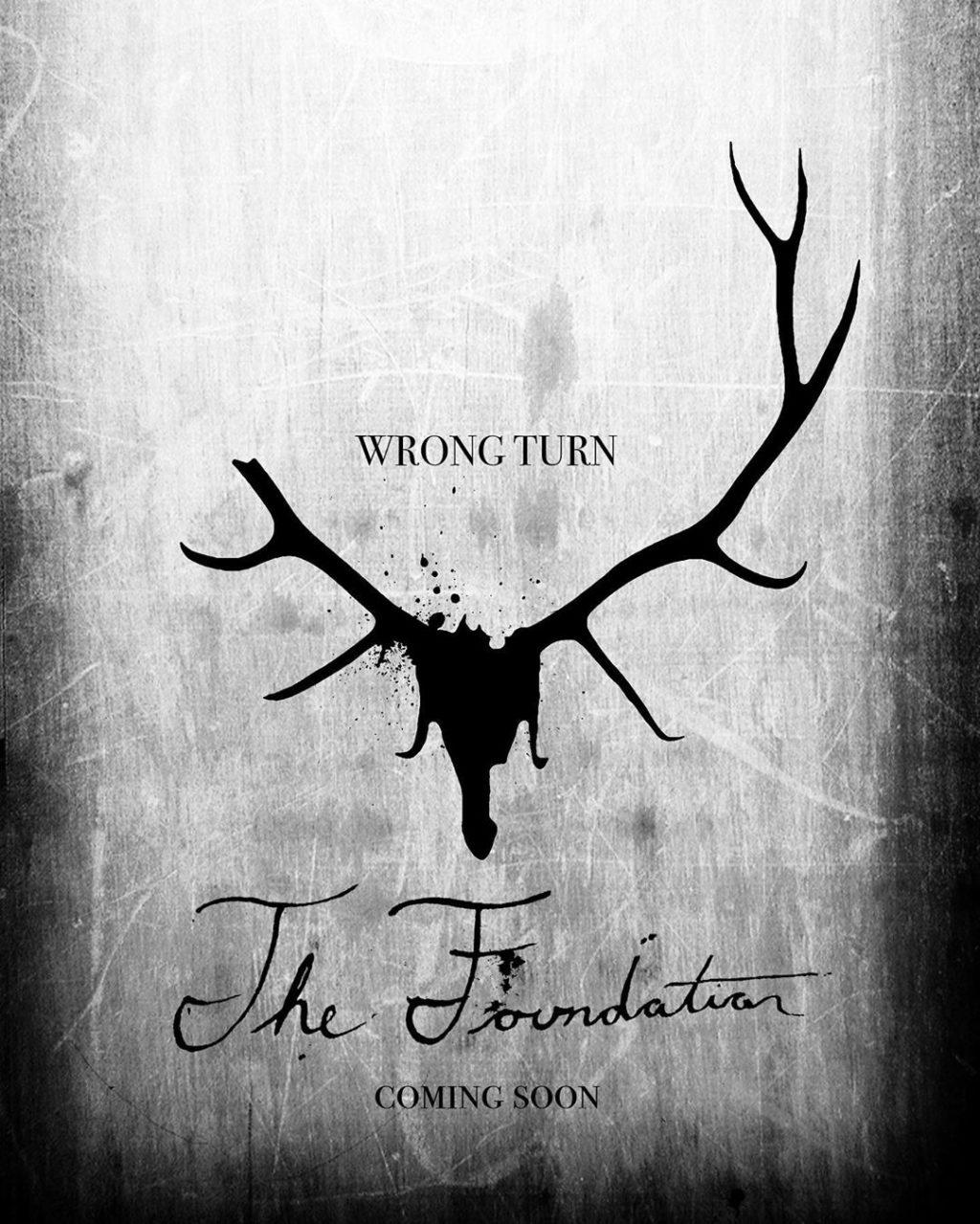

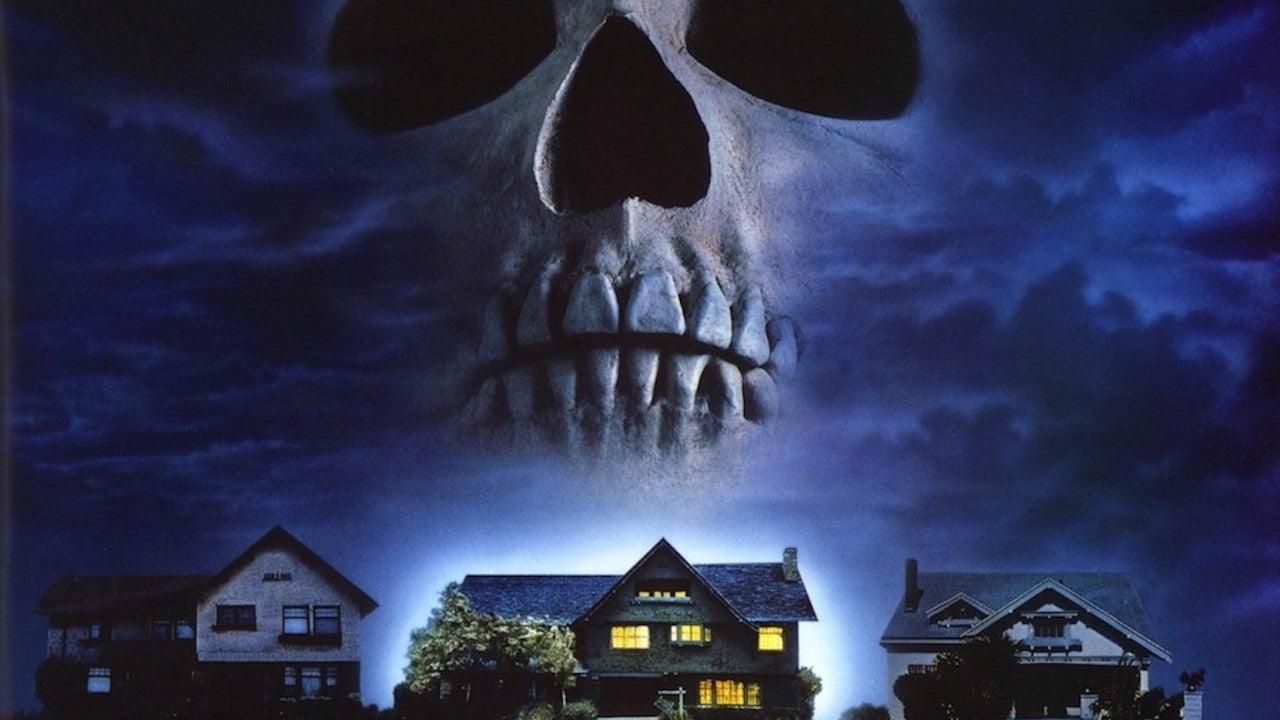


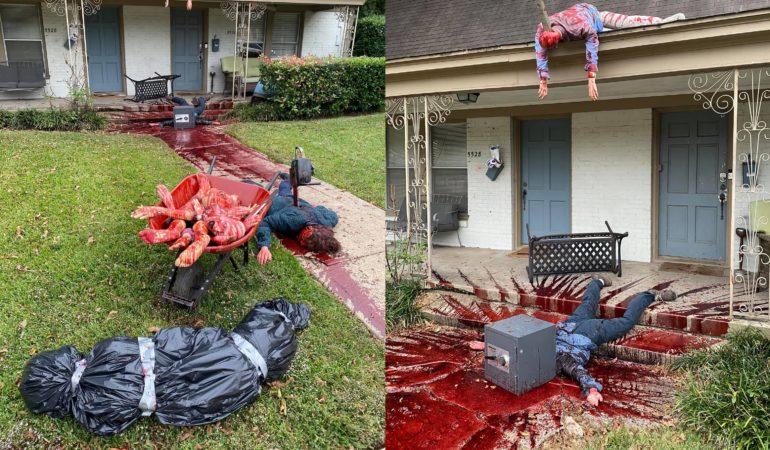
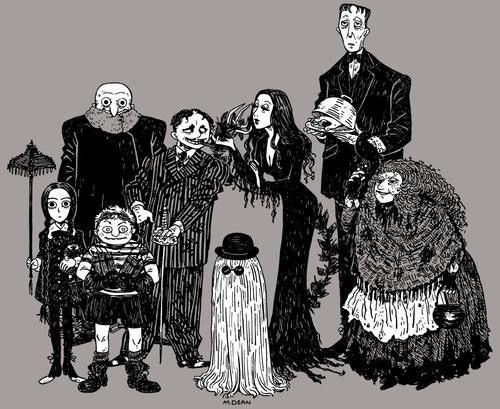


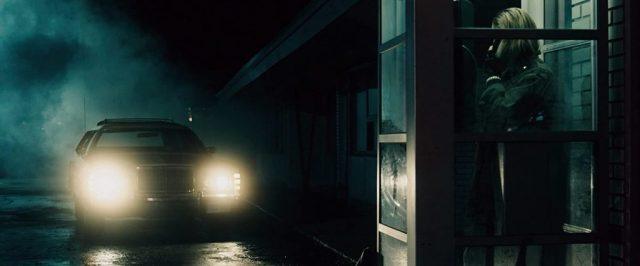
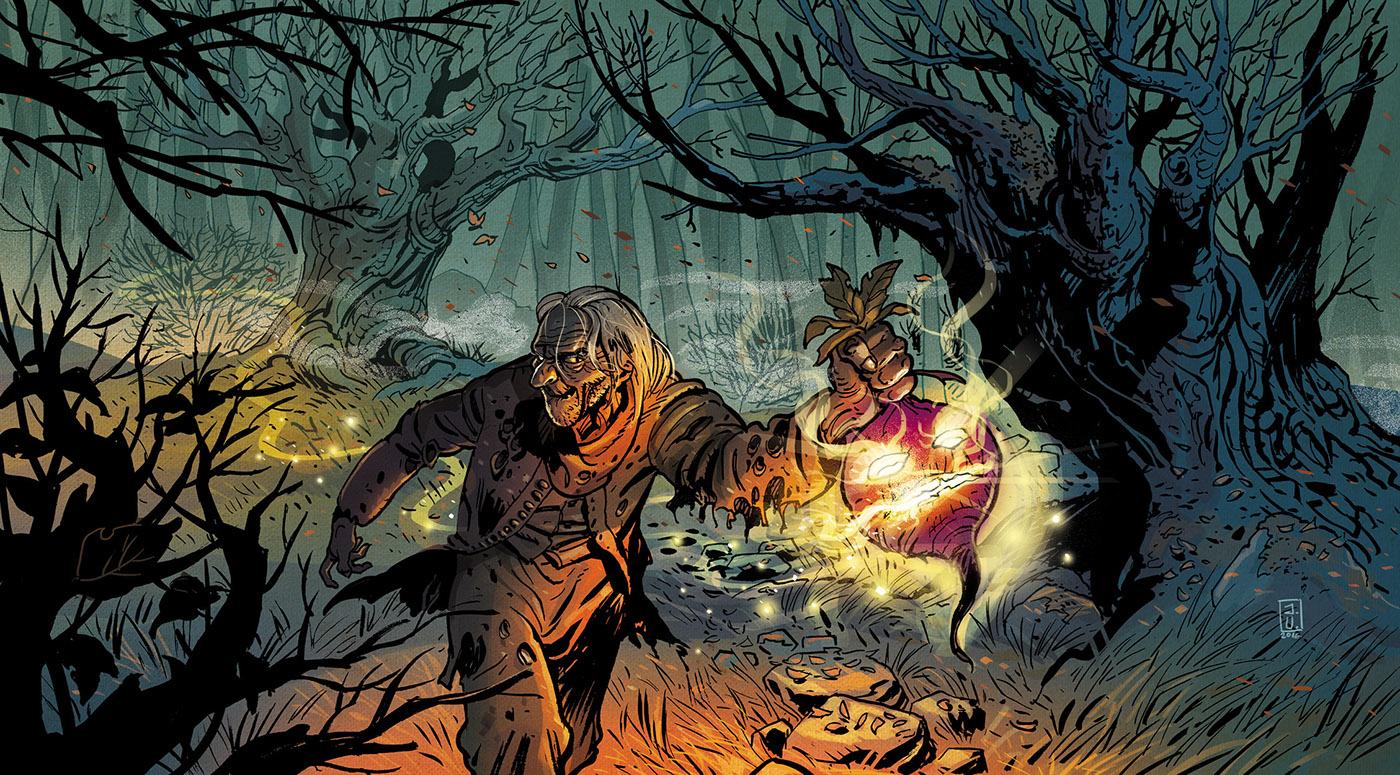

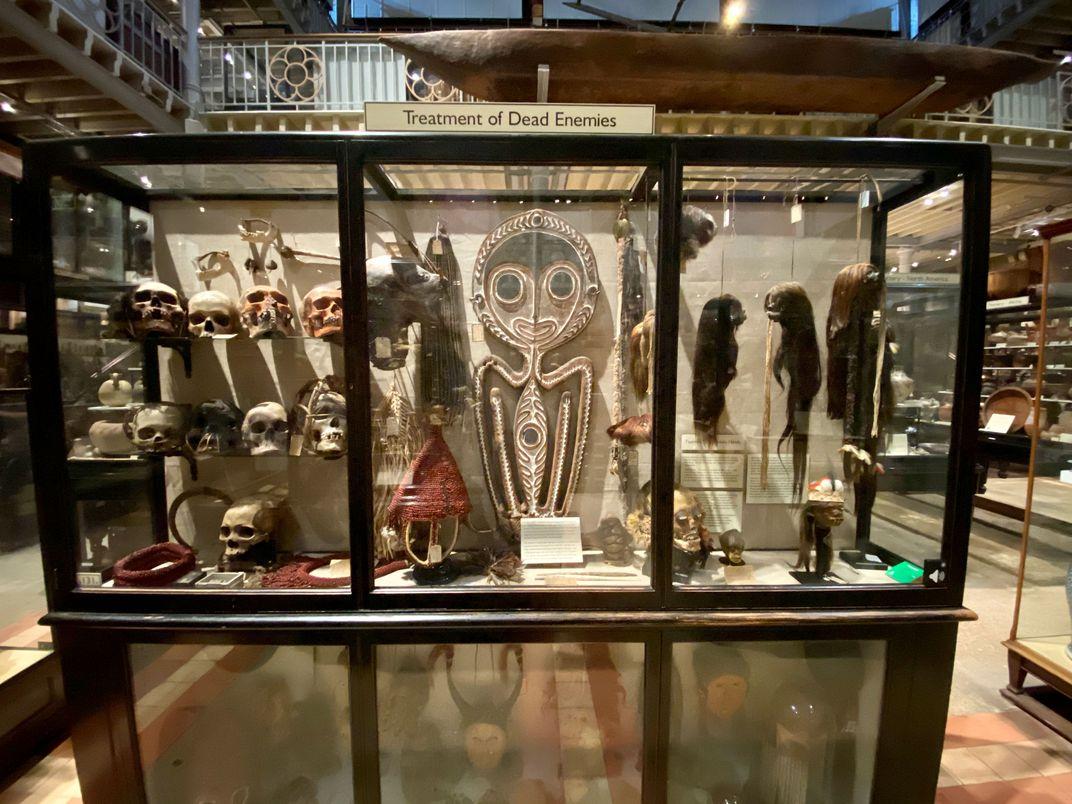





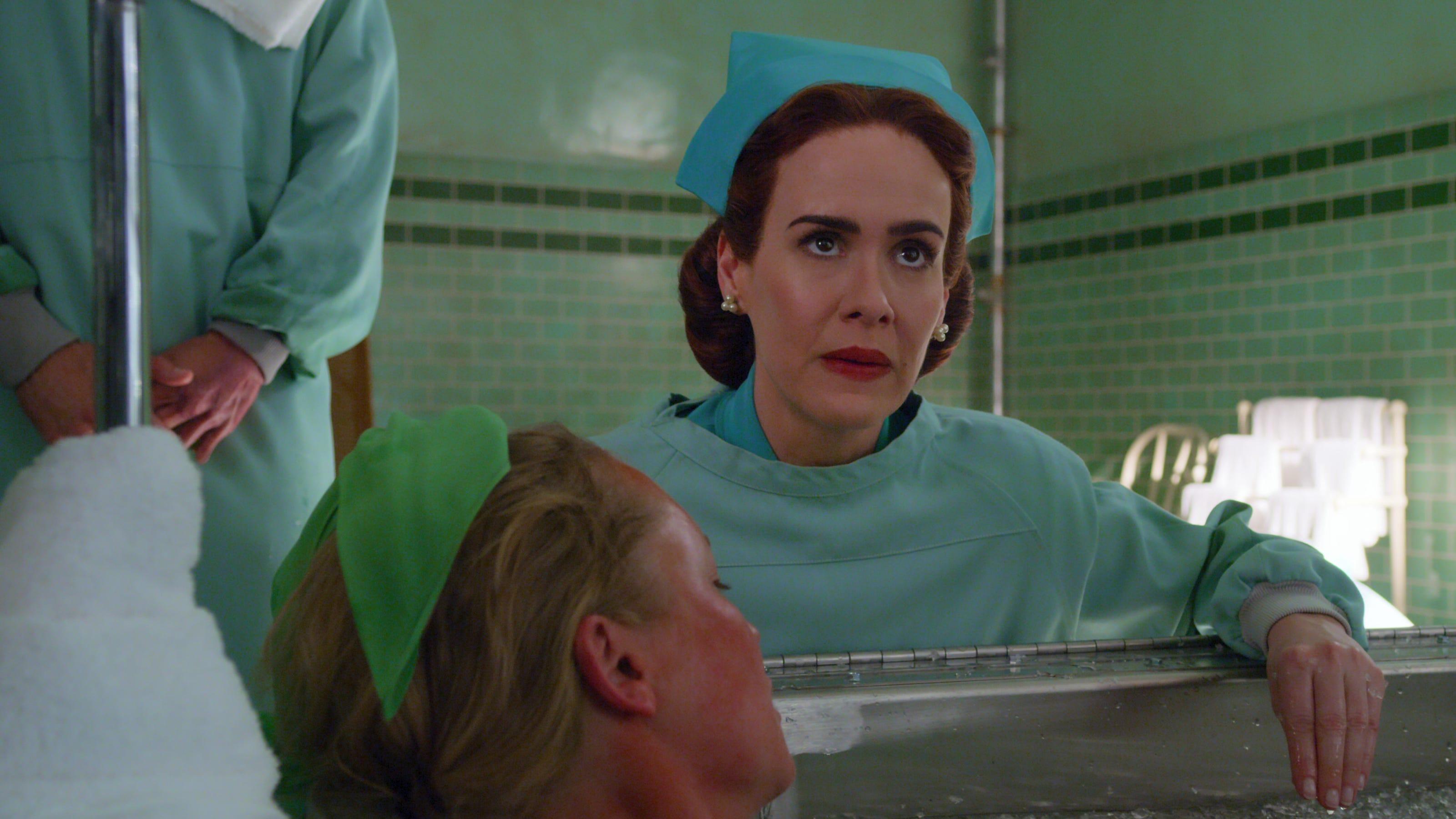

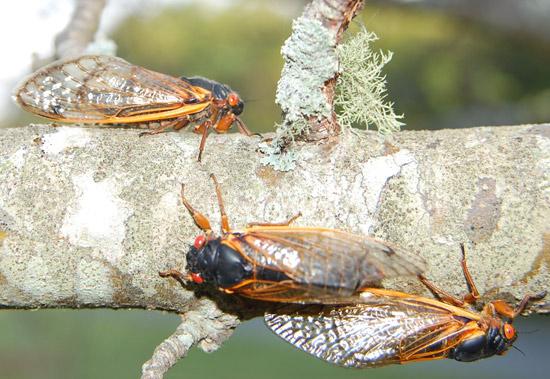


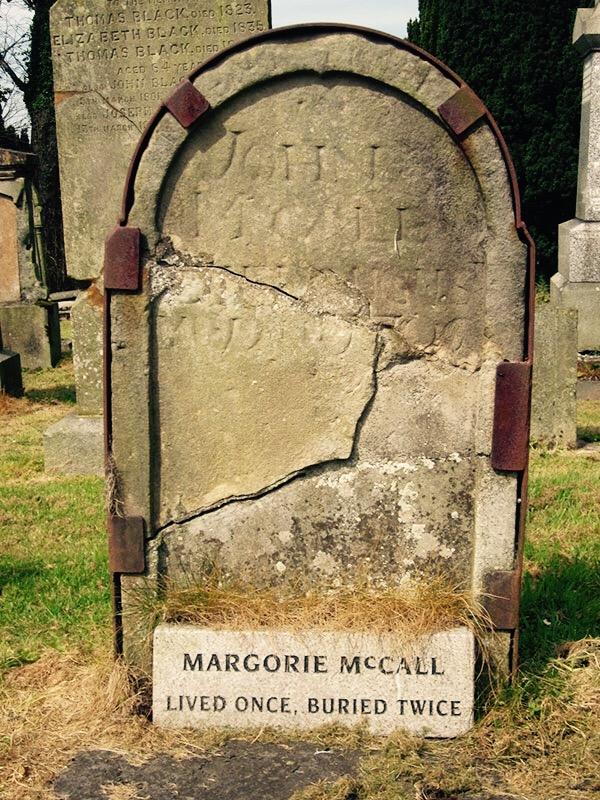

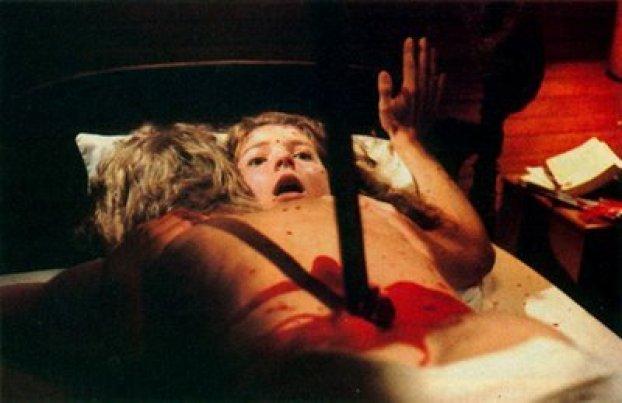

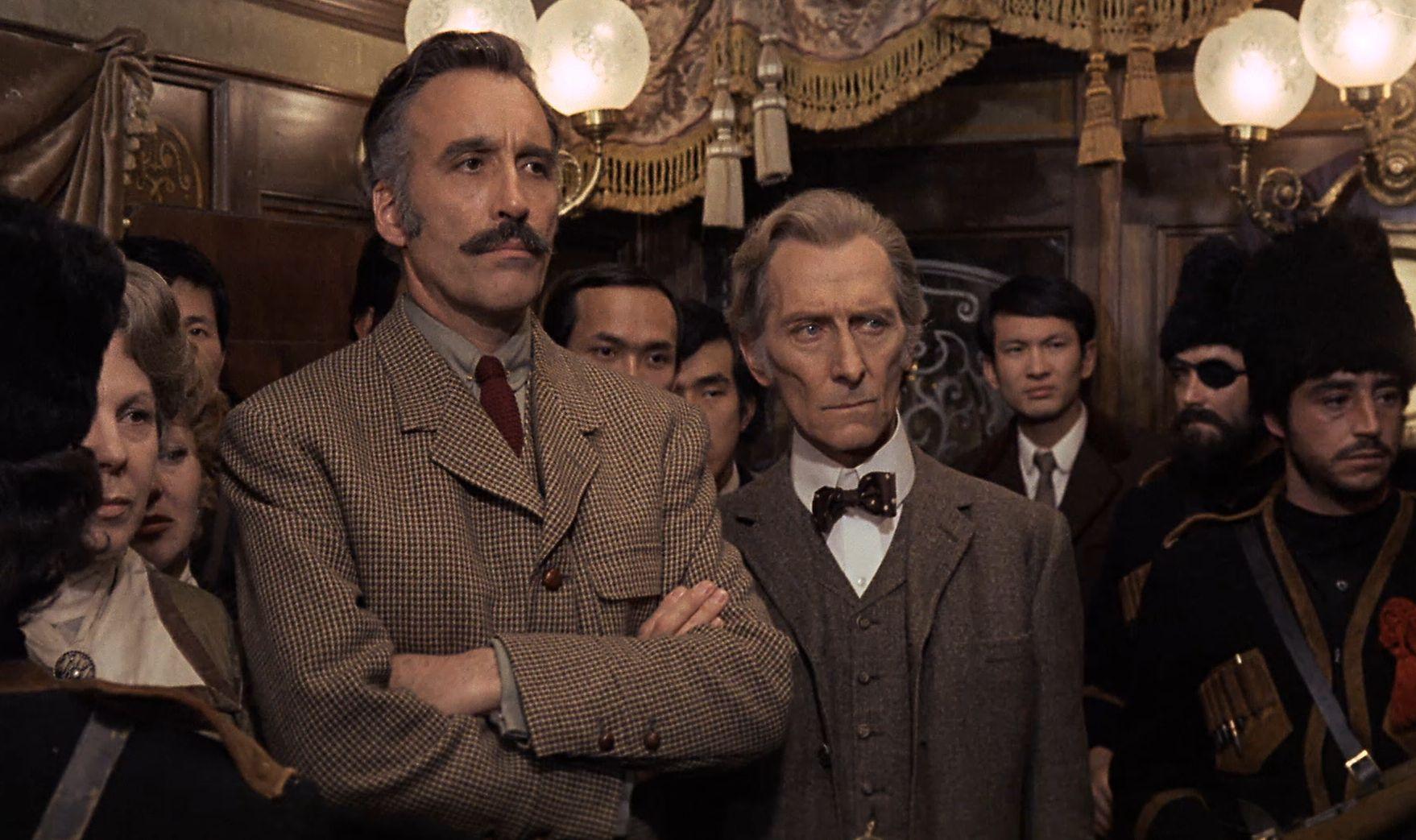





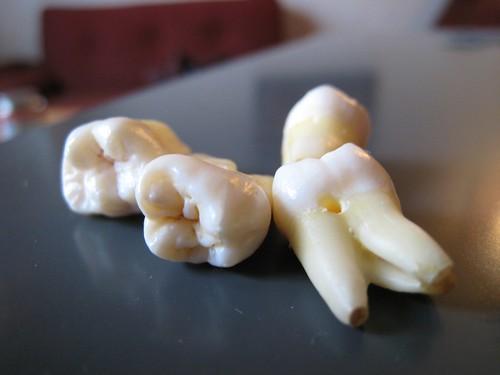
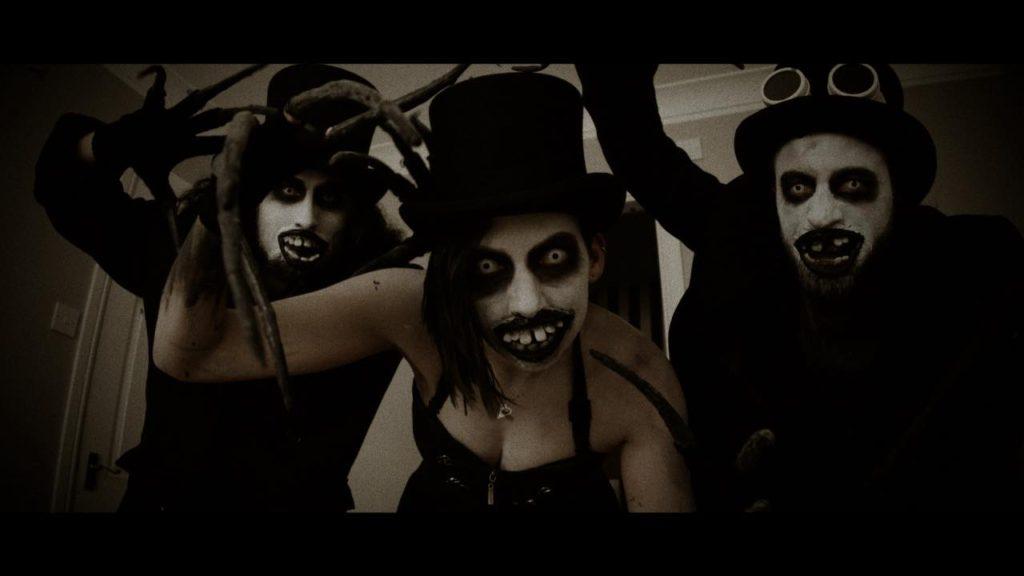

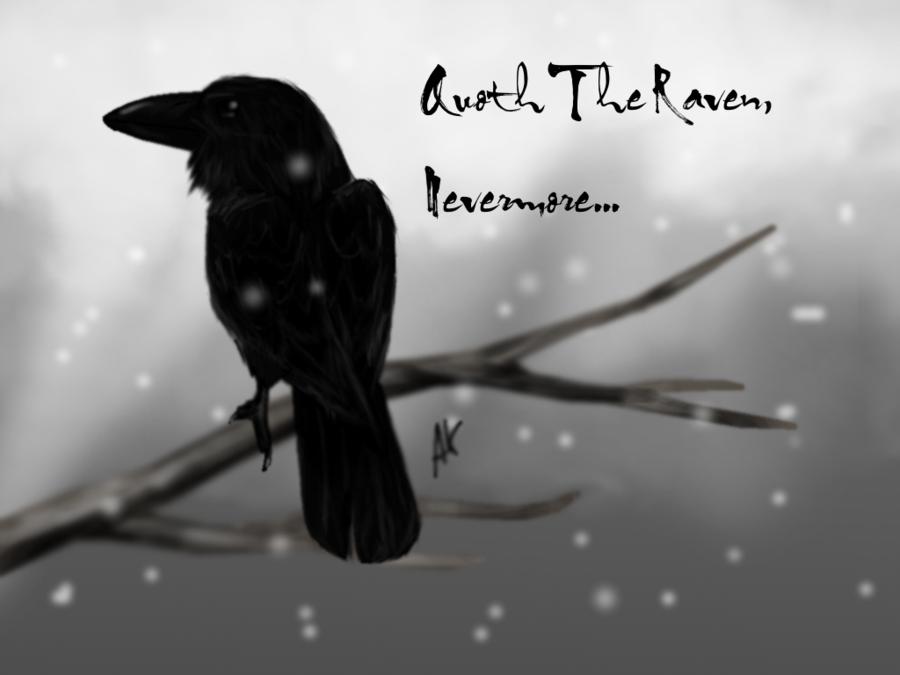
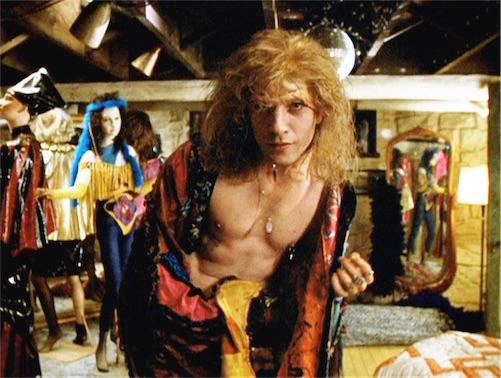

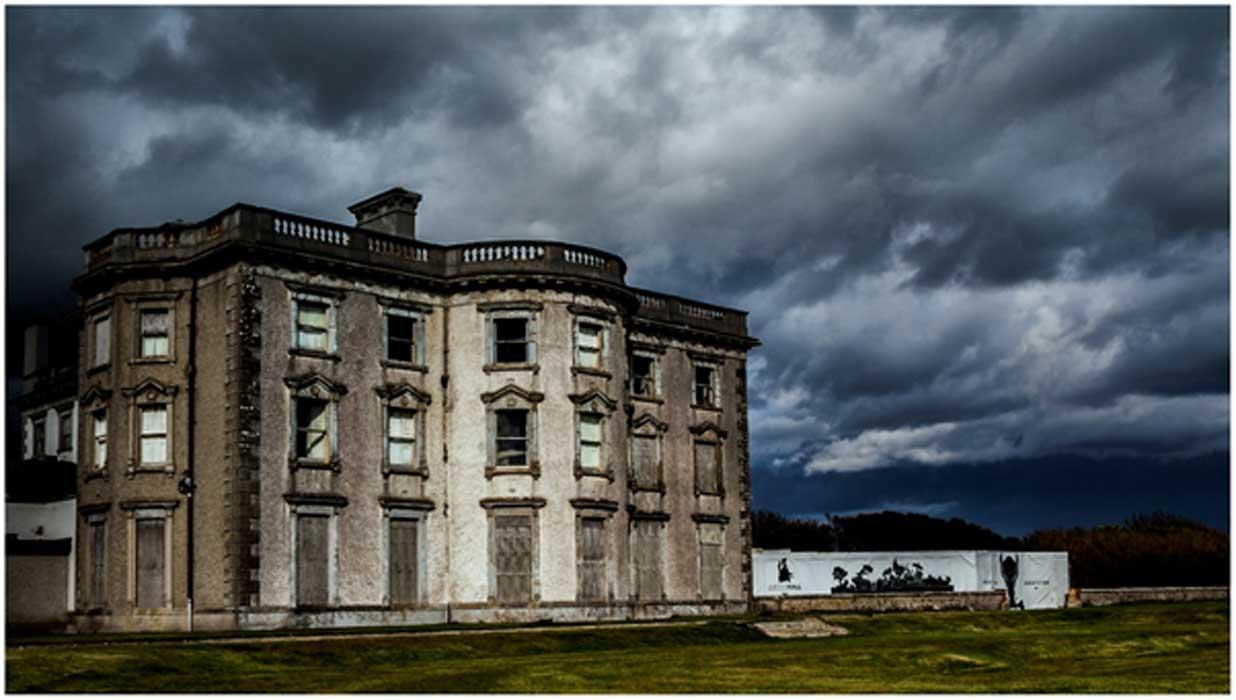



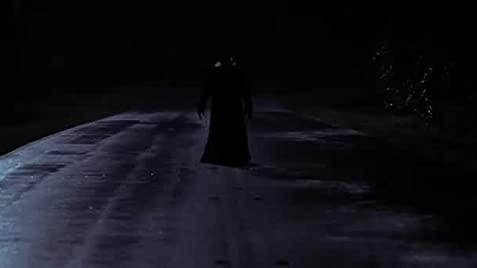


.jpg)



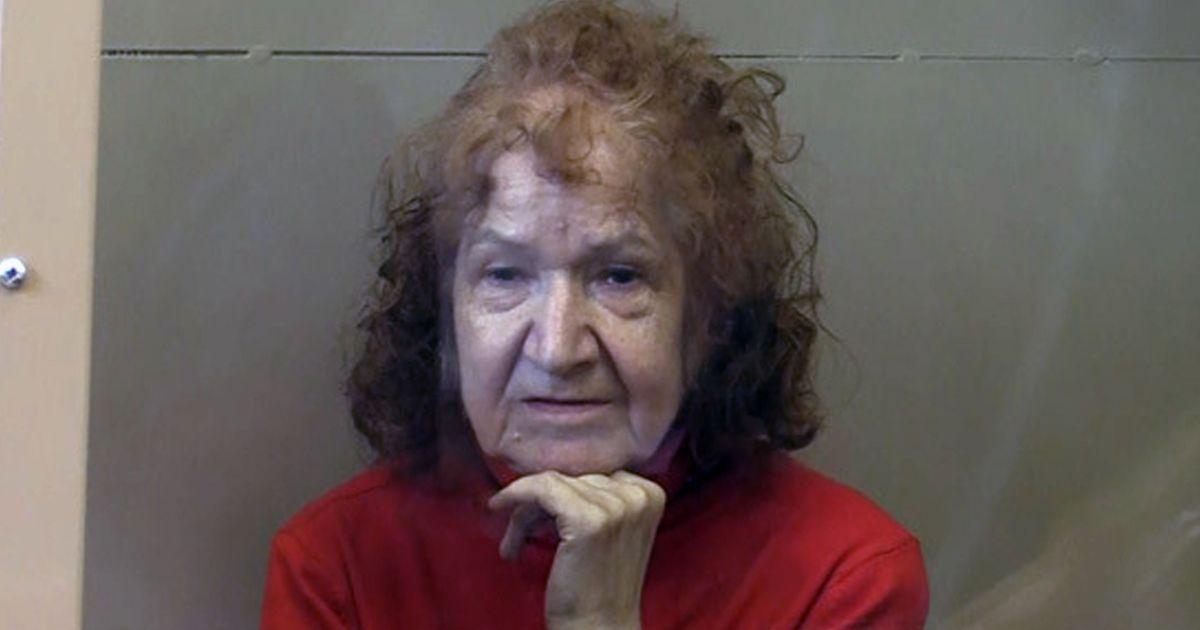
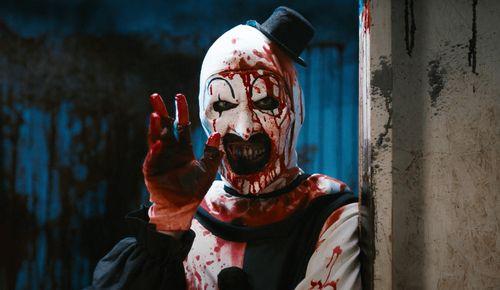
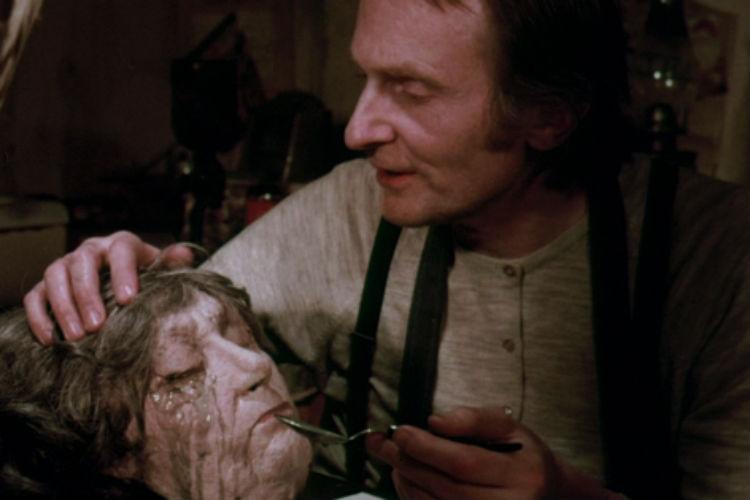
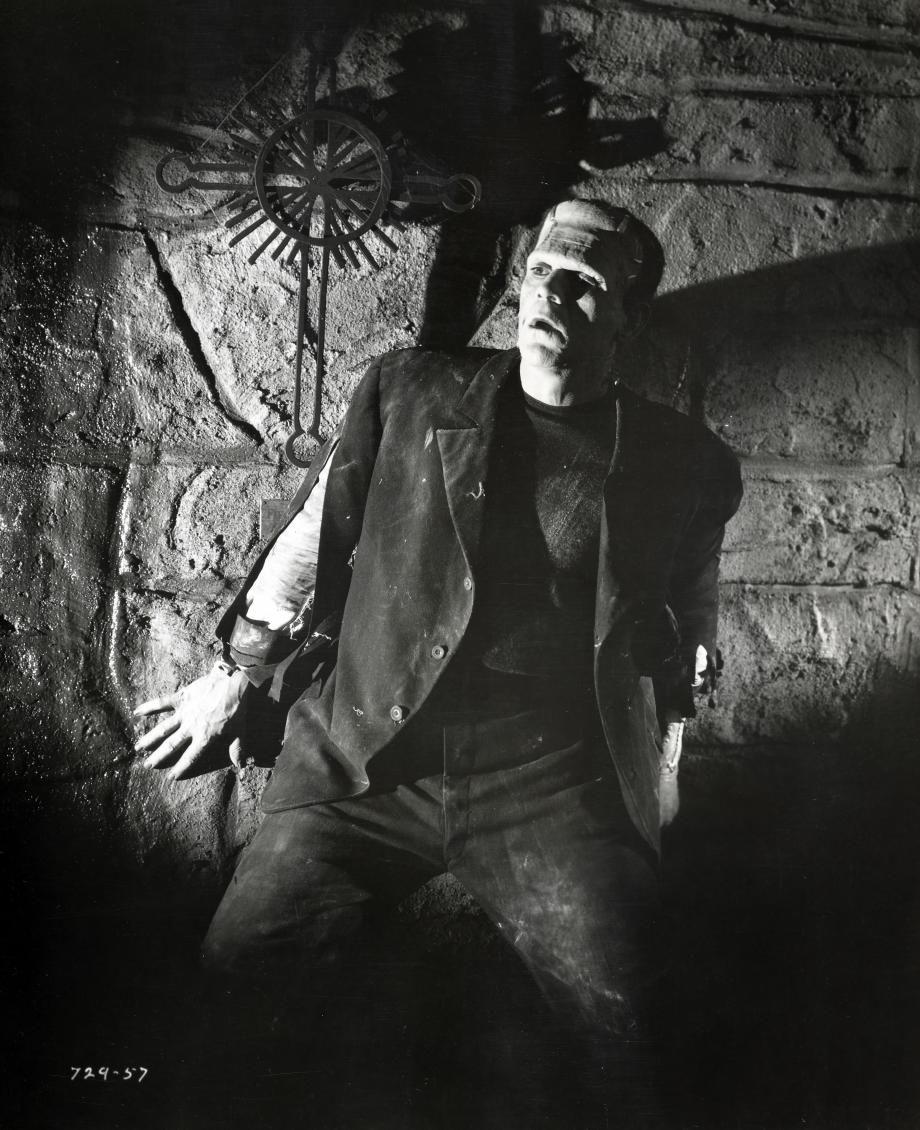




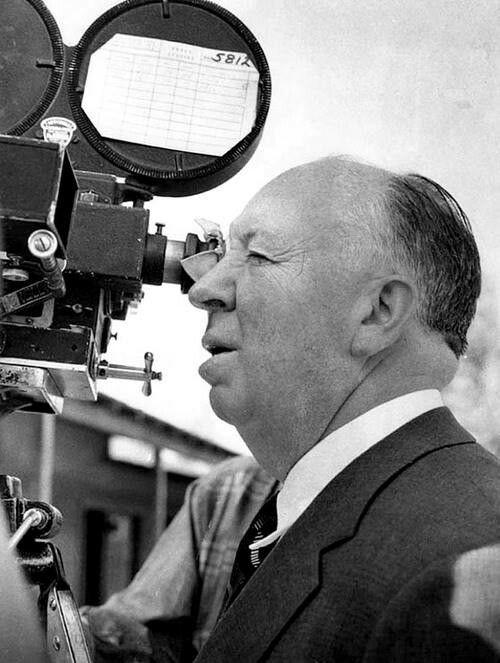




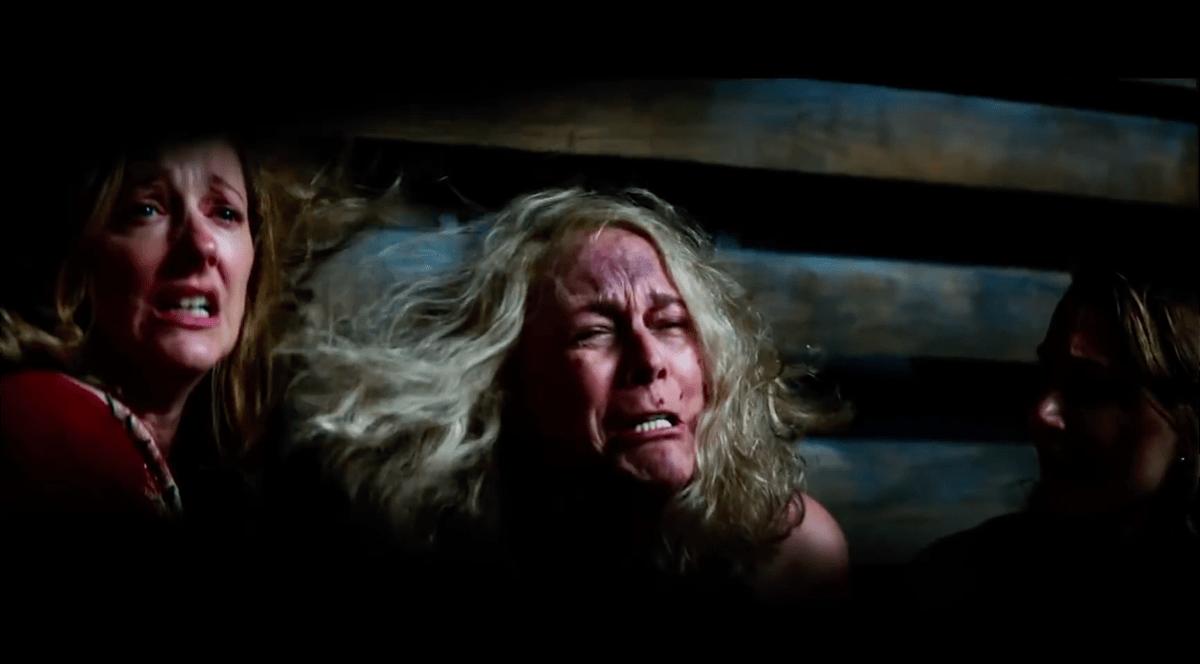









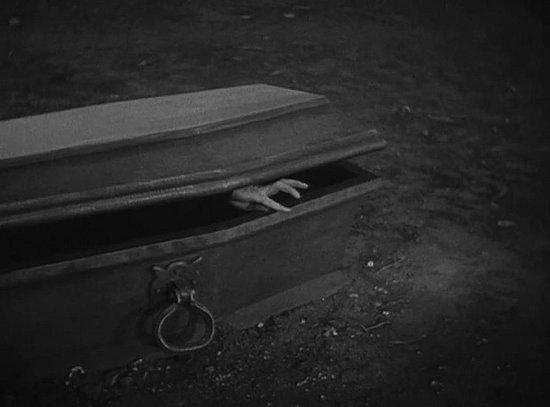

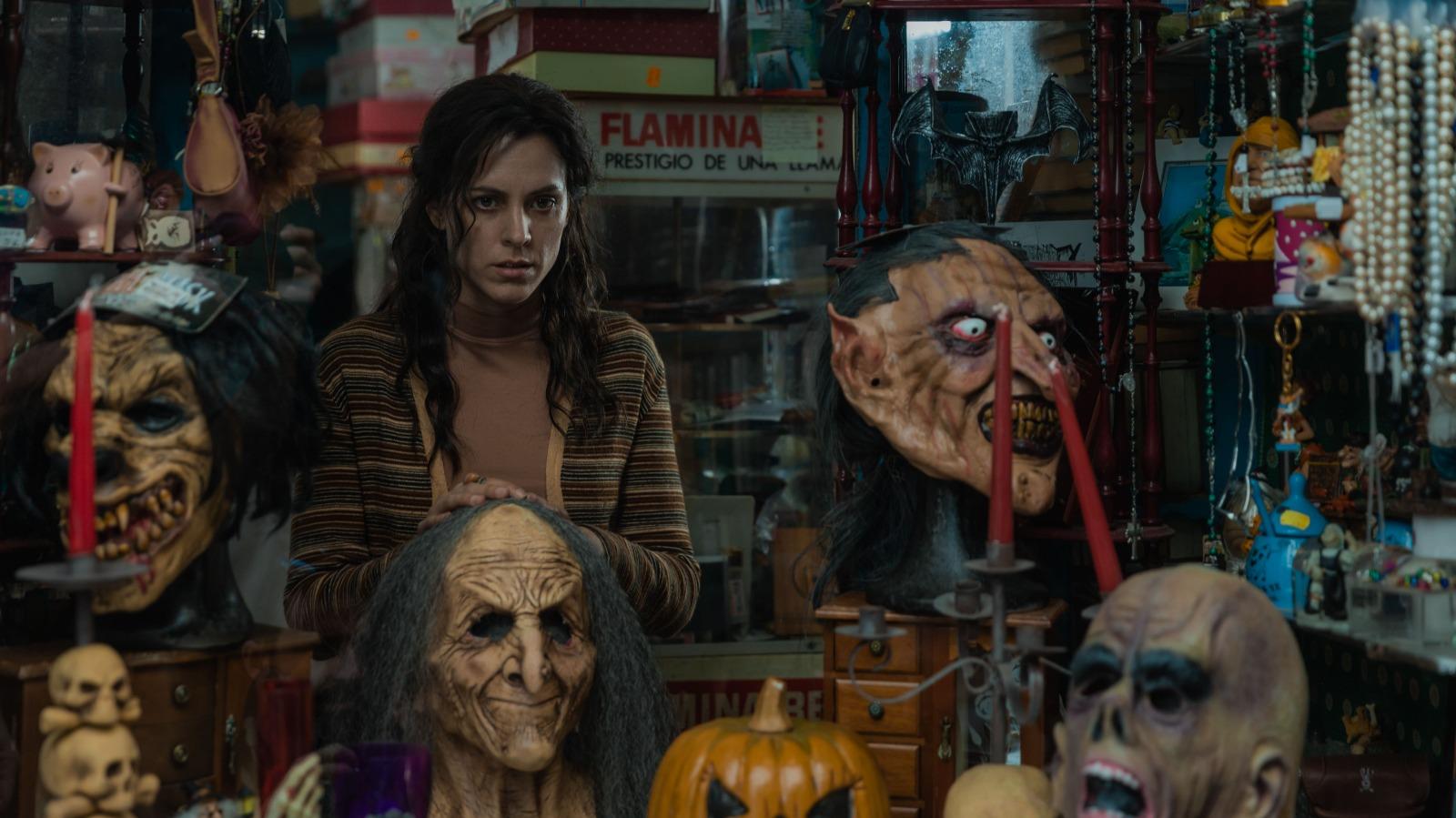



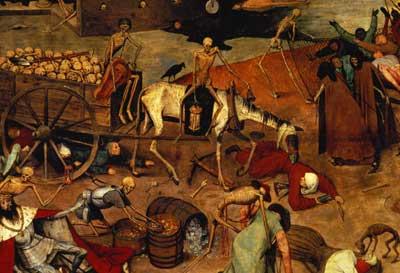


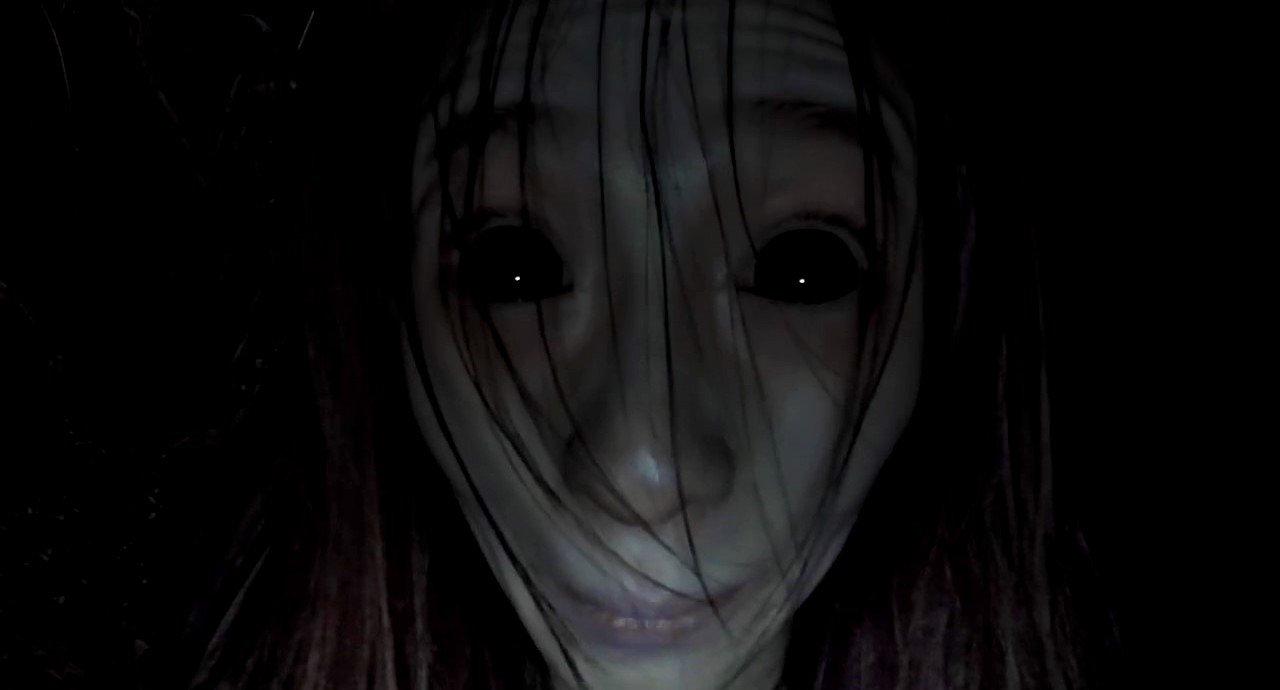






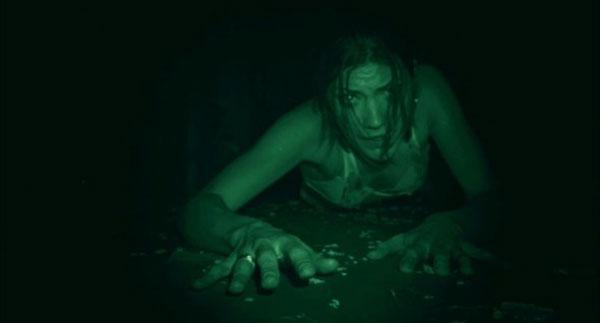






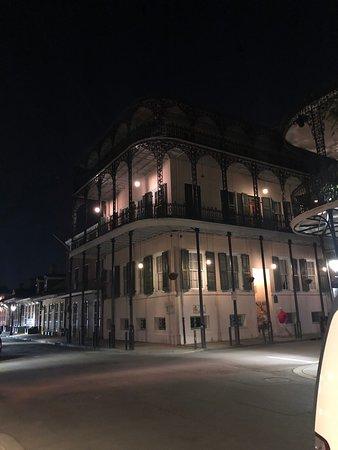

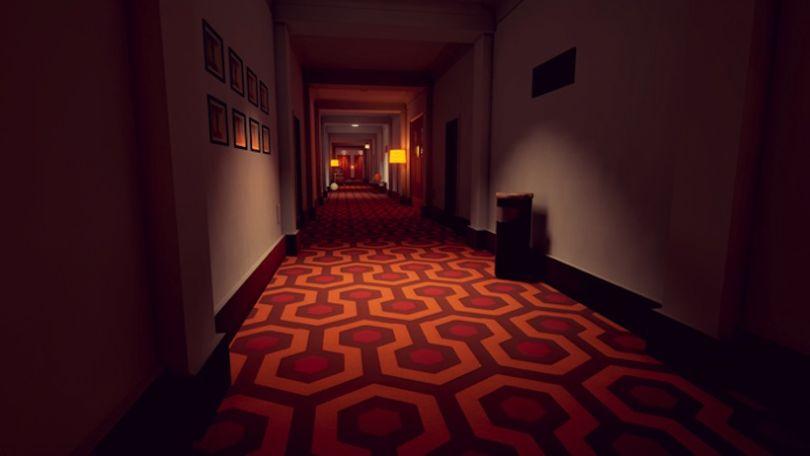
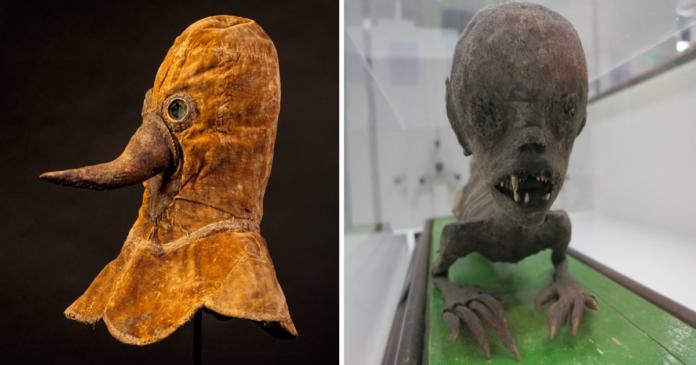


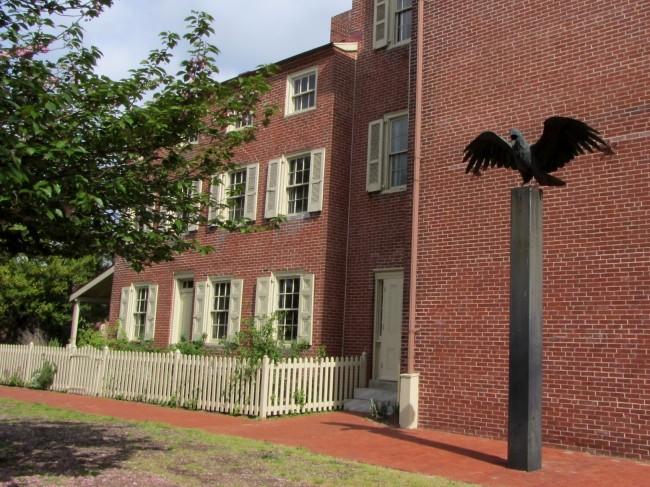


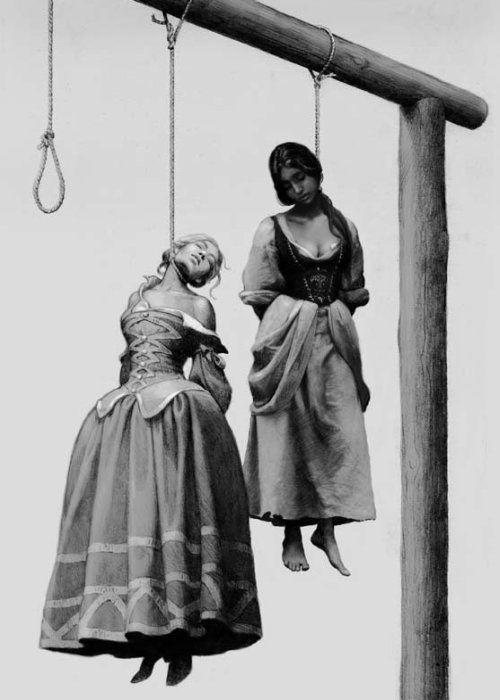
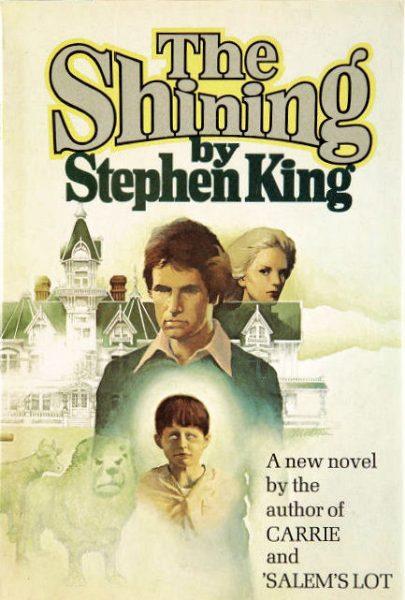

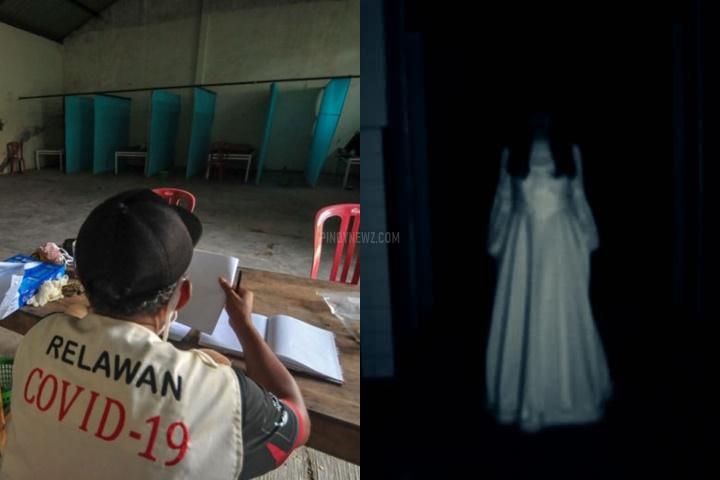



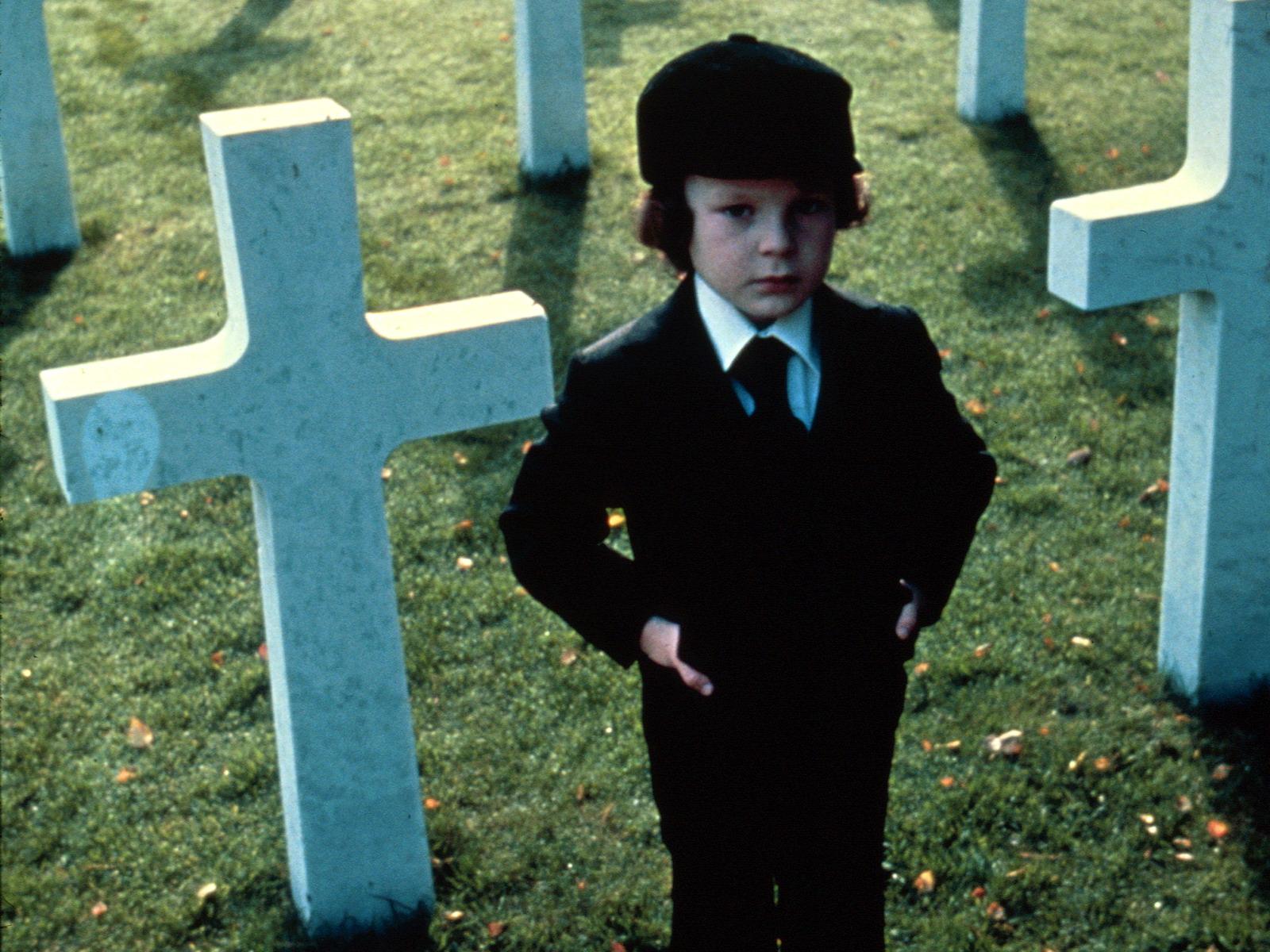


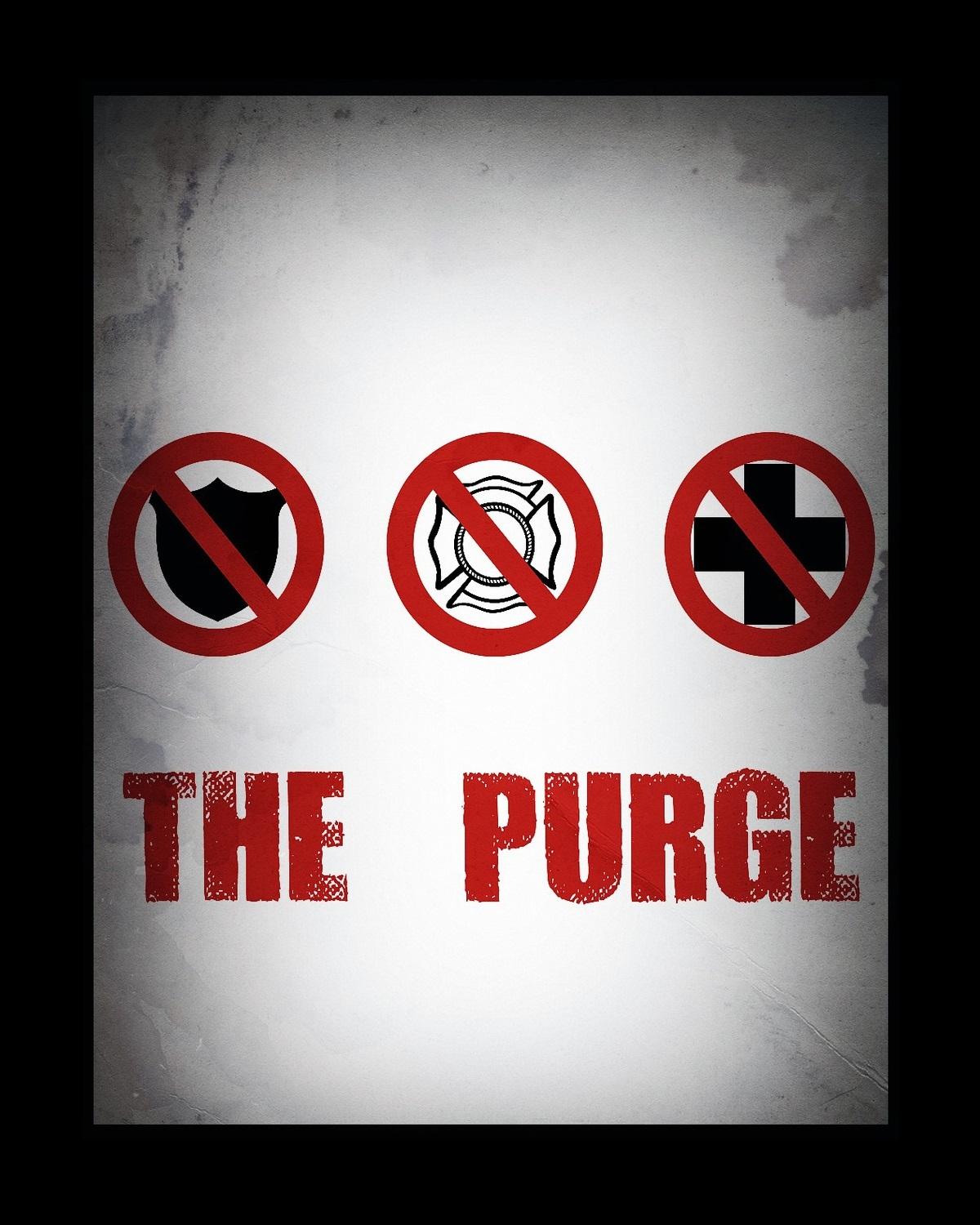




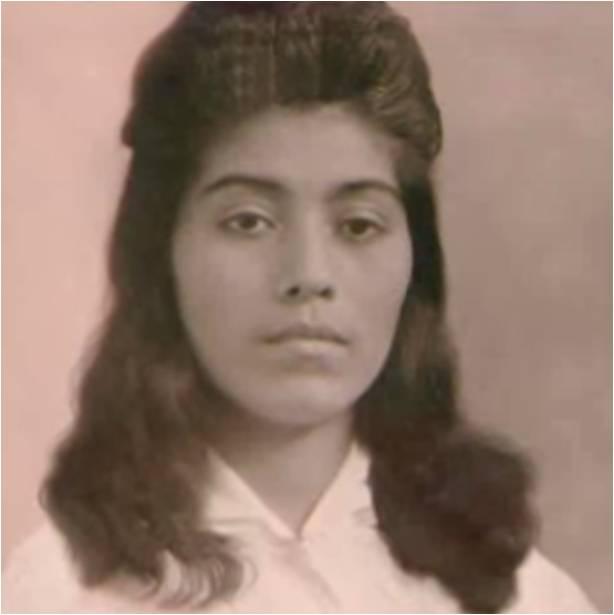
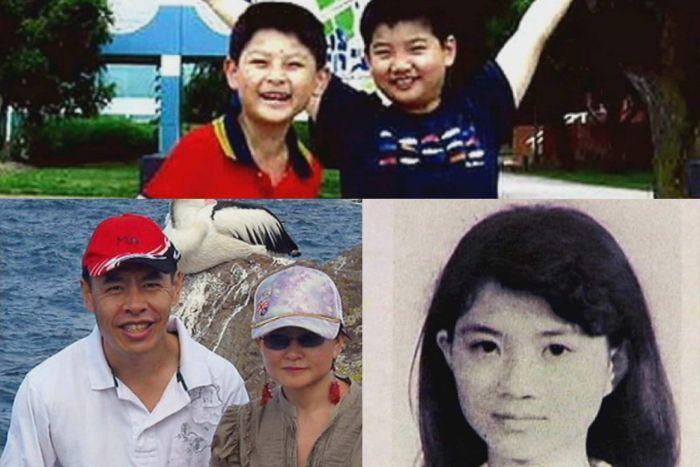



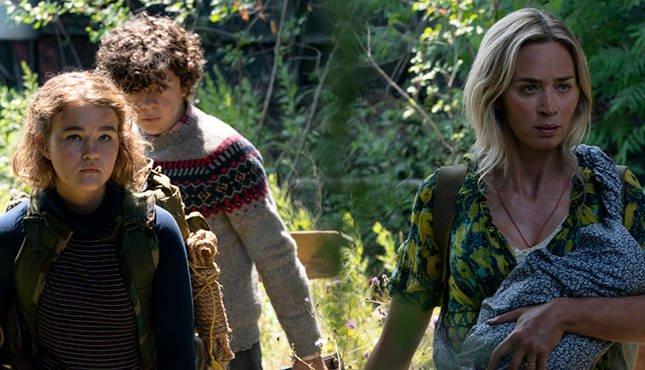

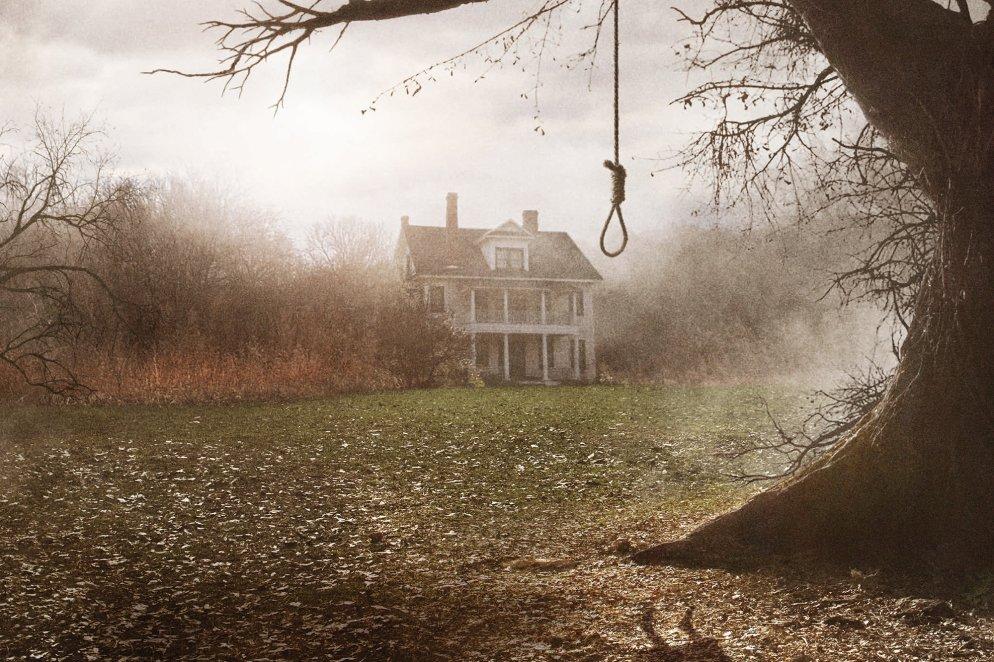

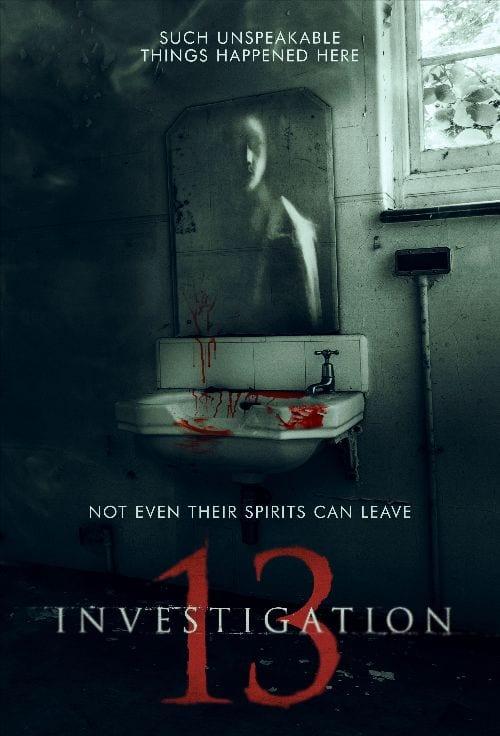


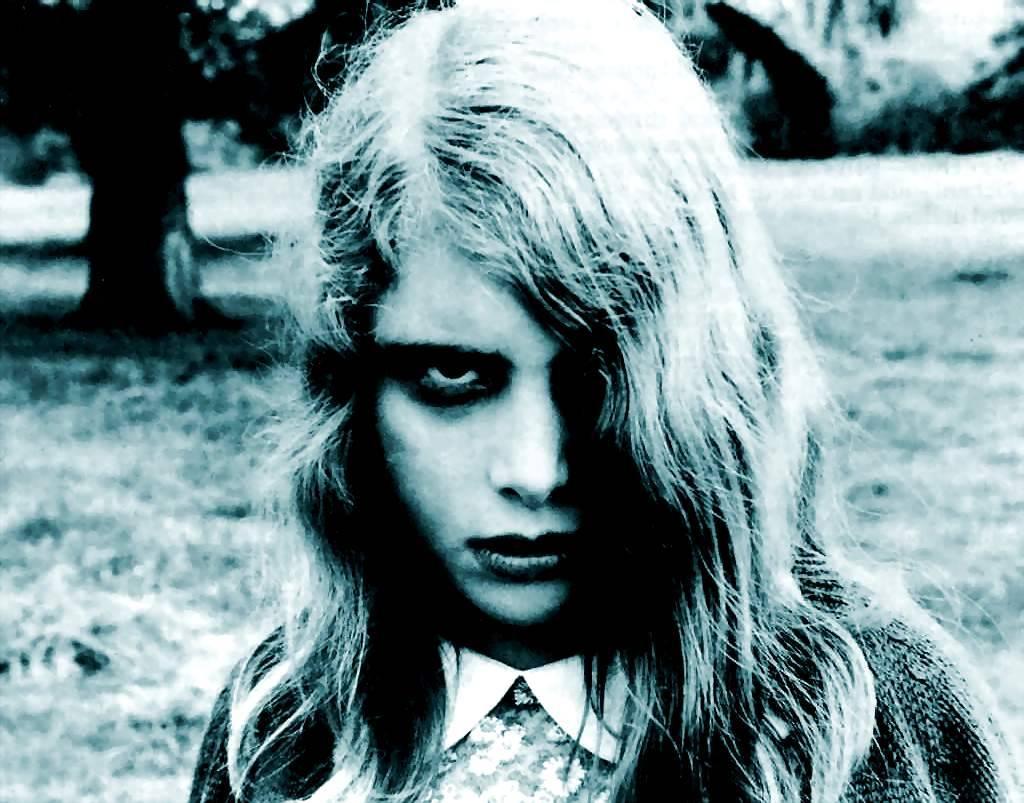

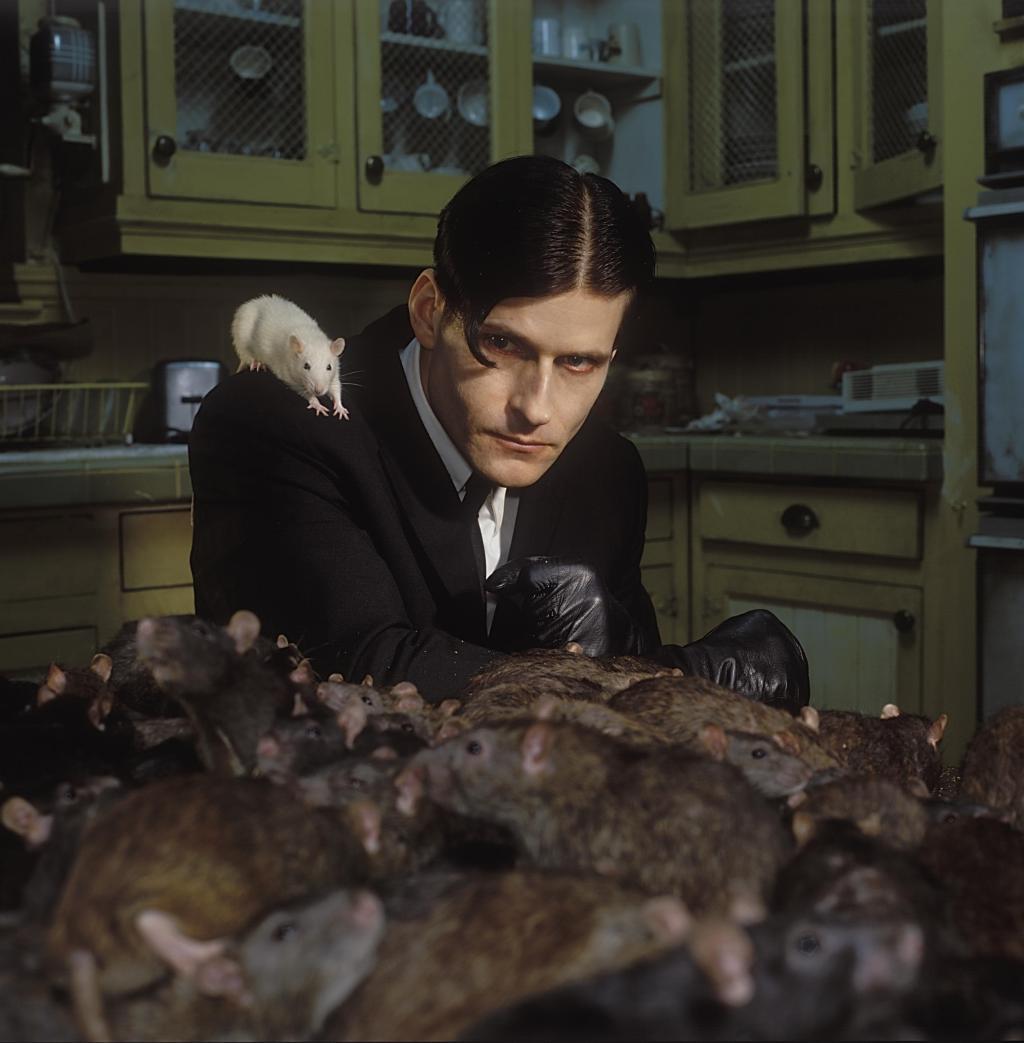


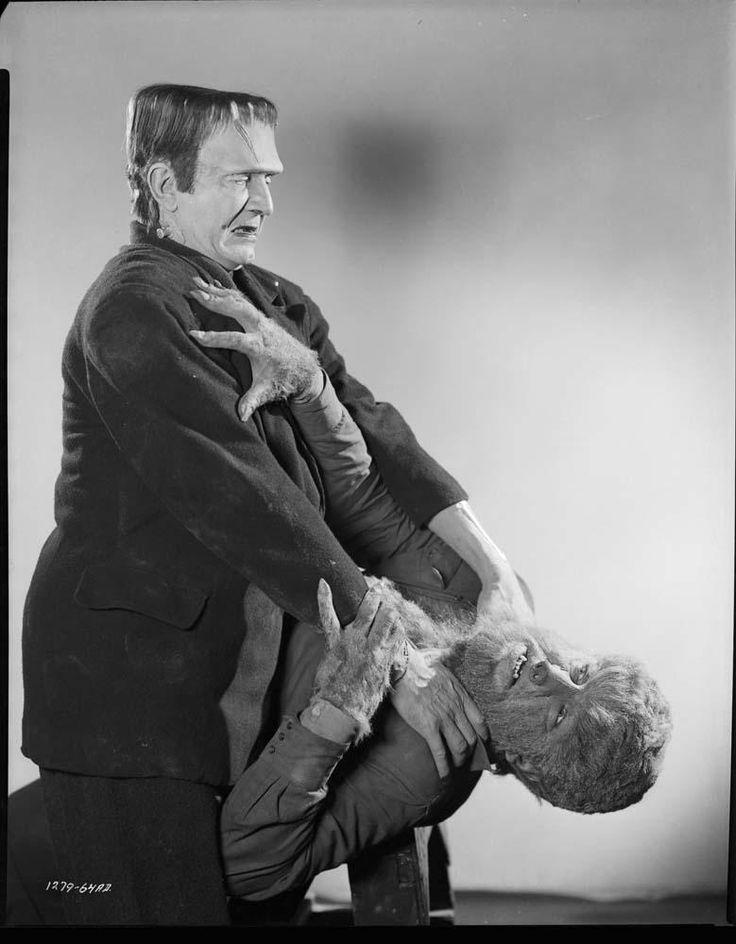
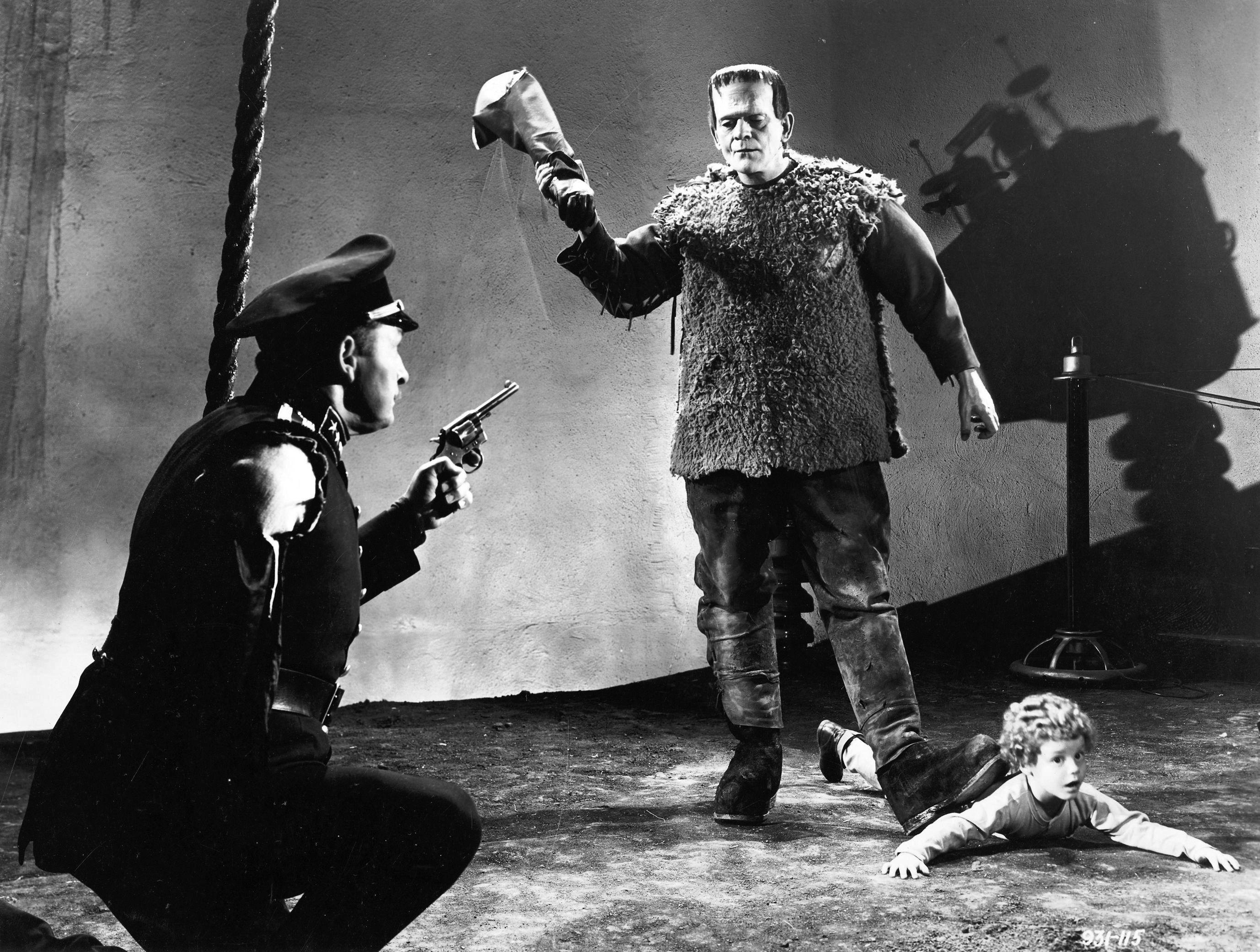
.jpg)
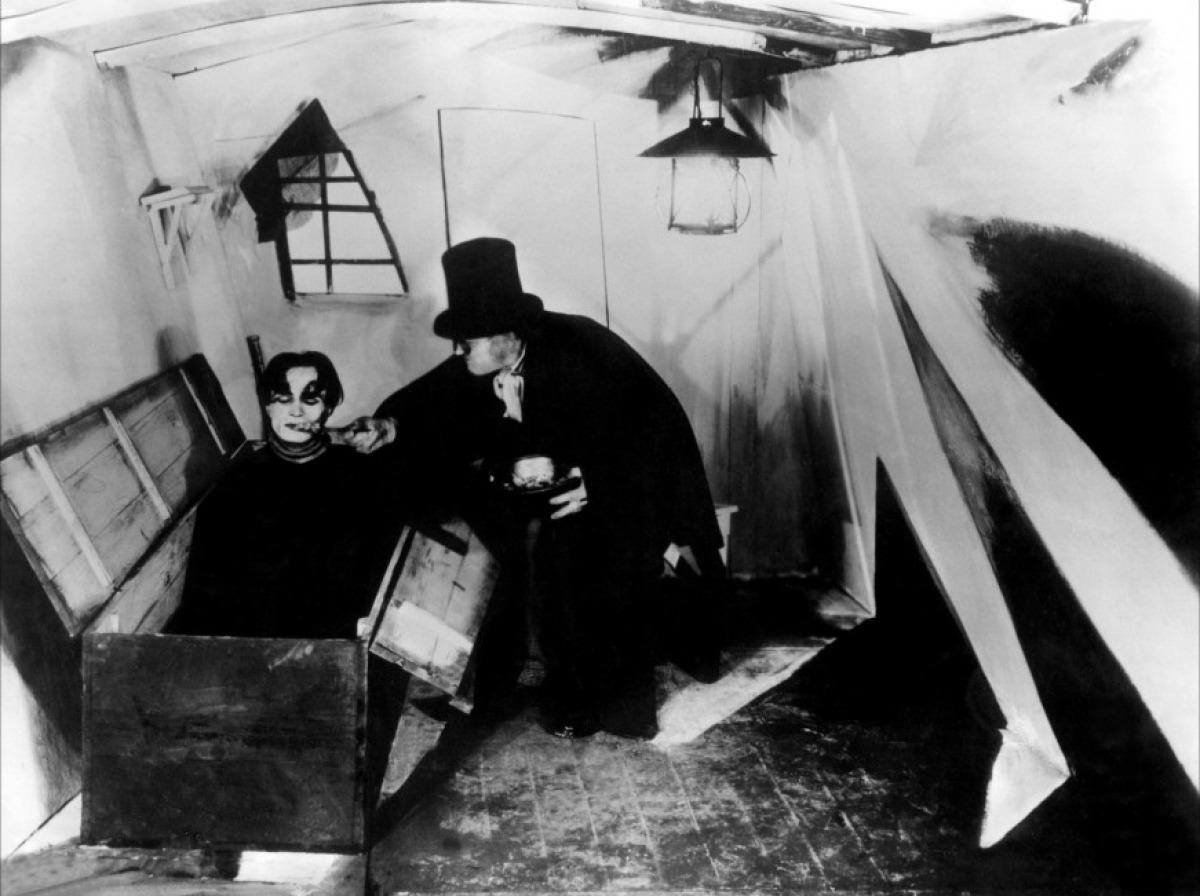

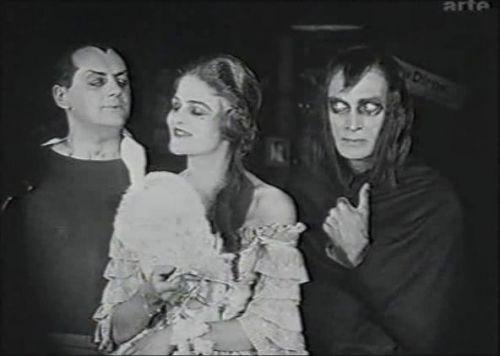
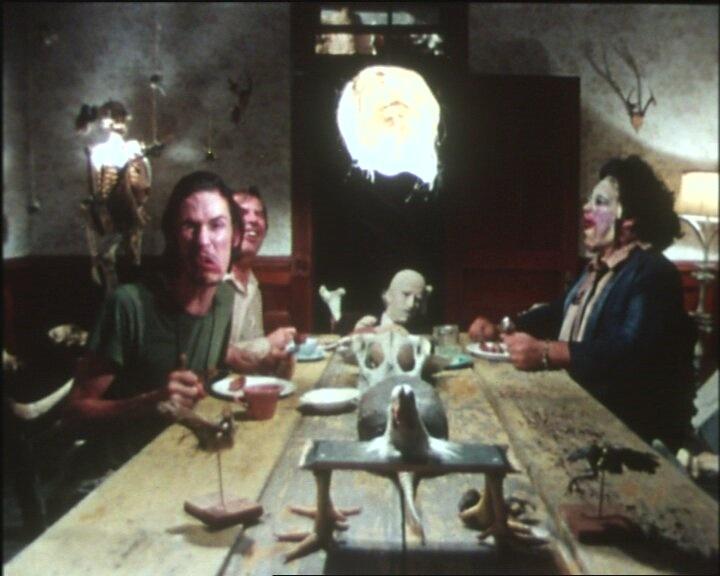
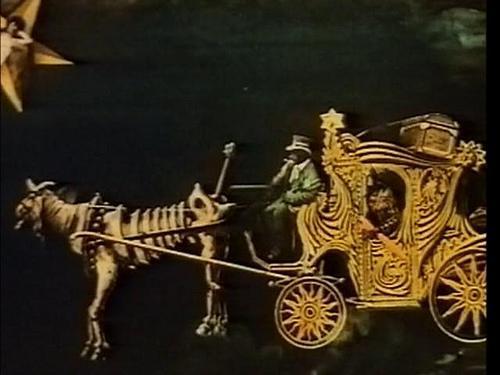
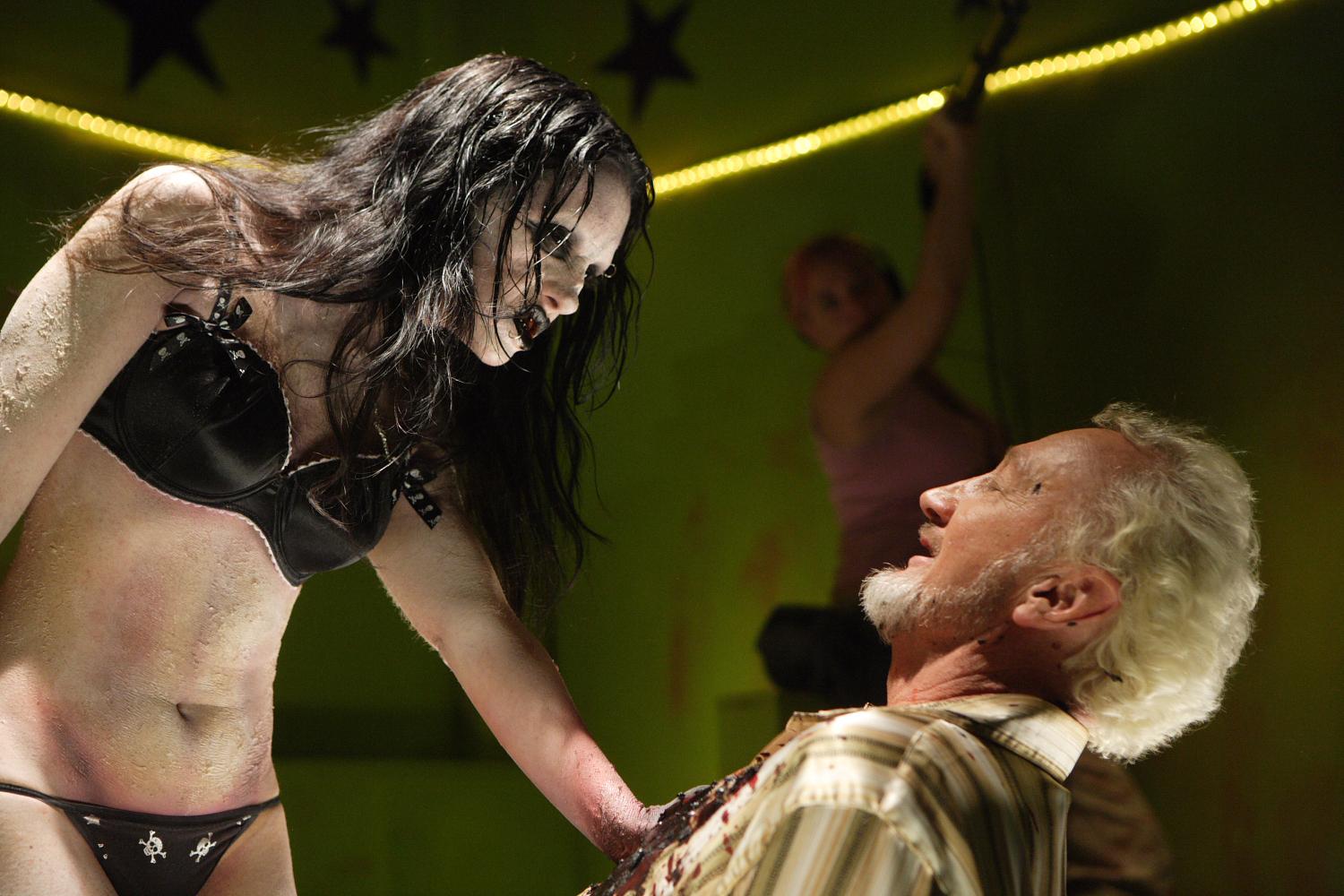









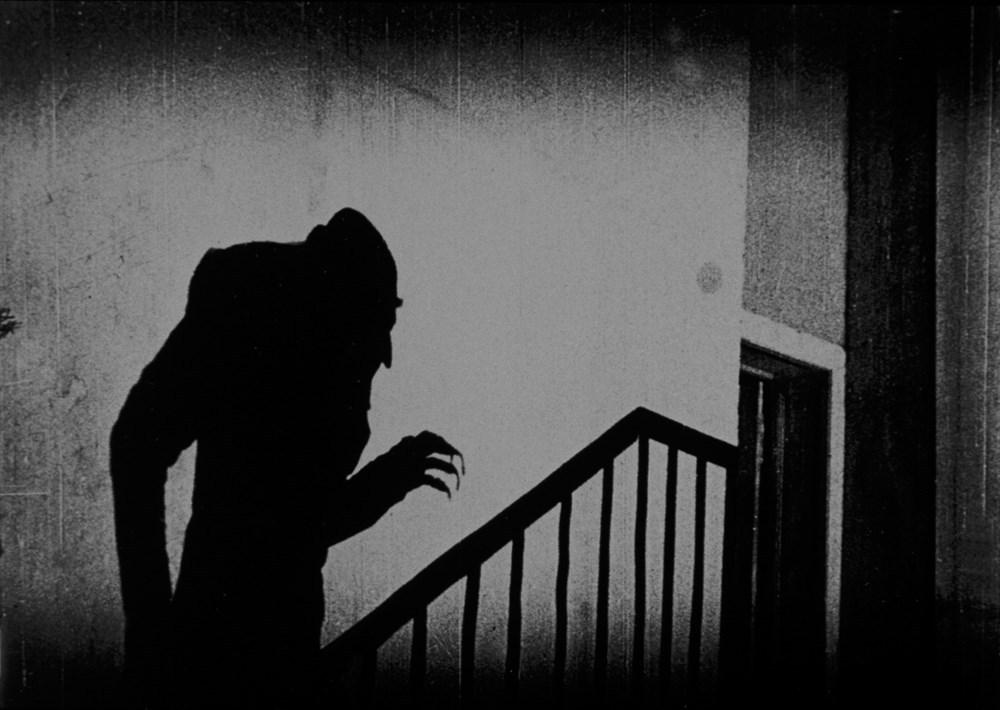
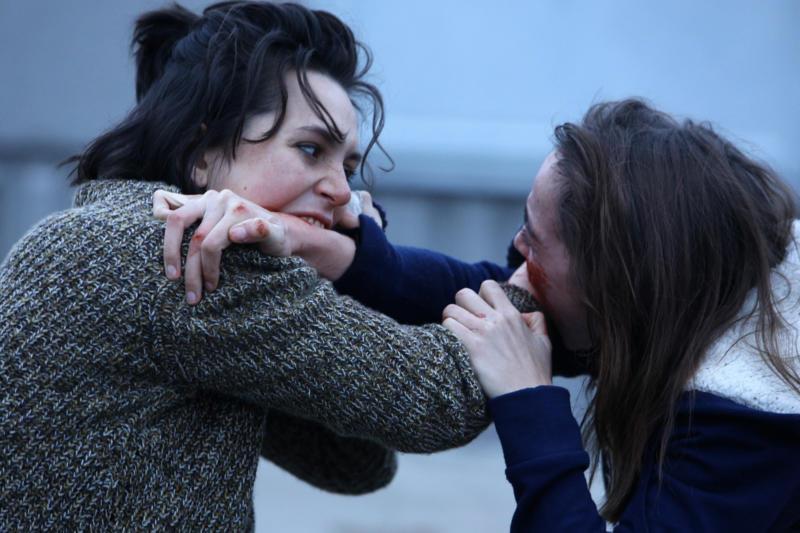


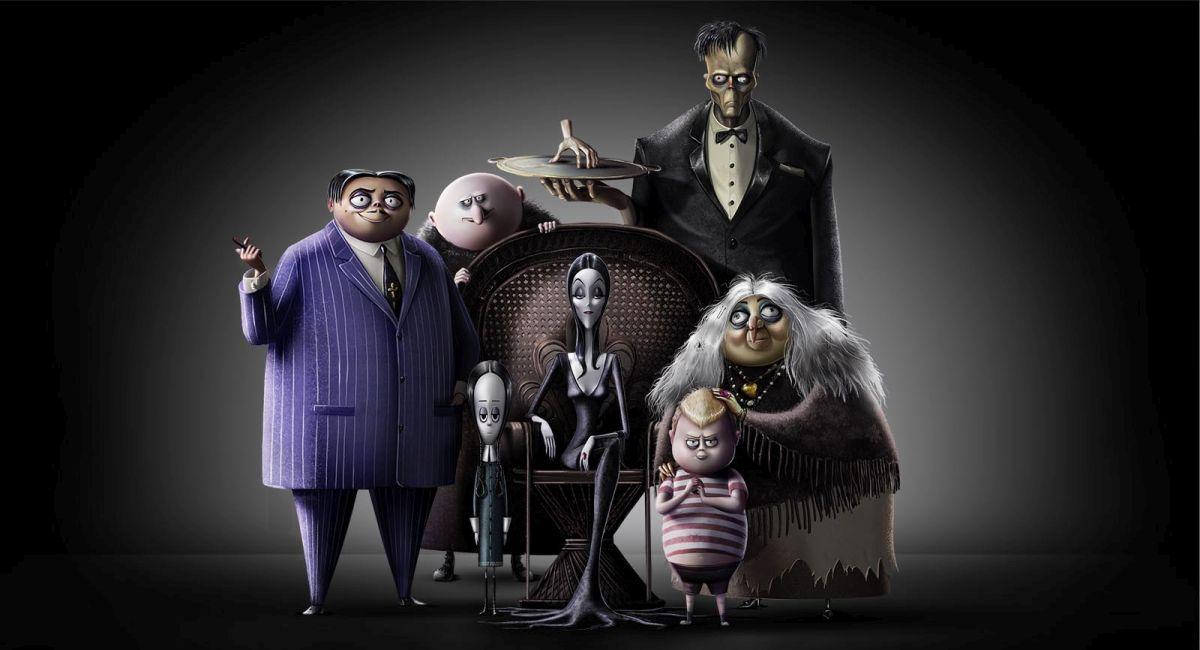

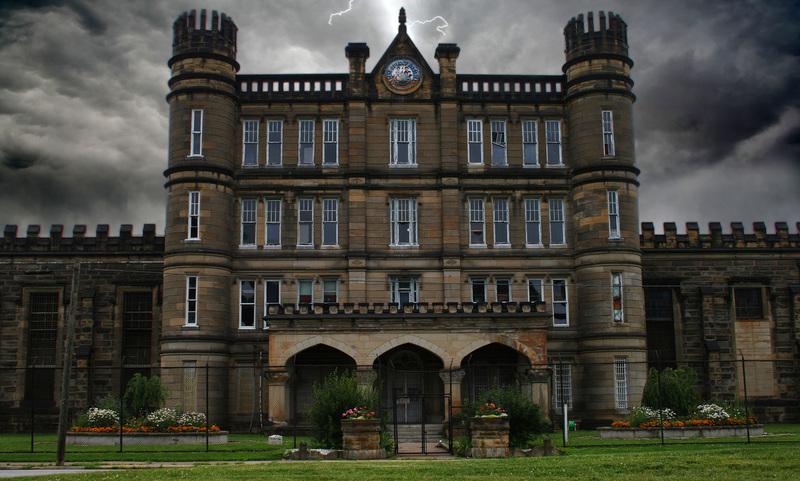

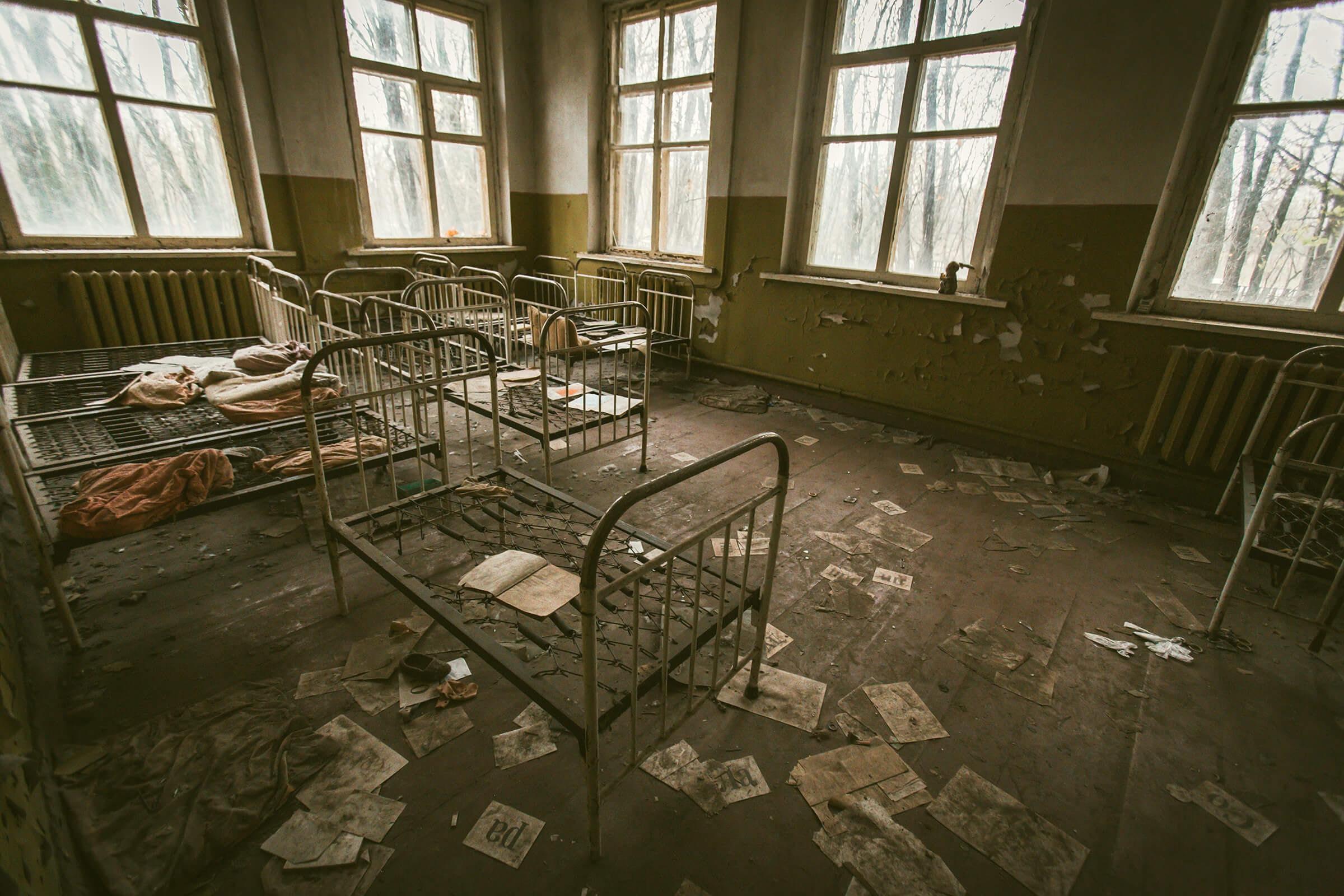


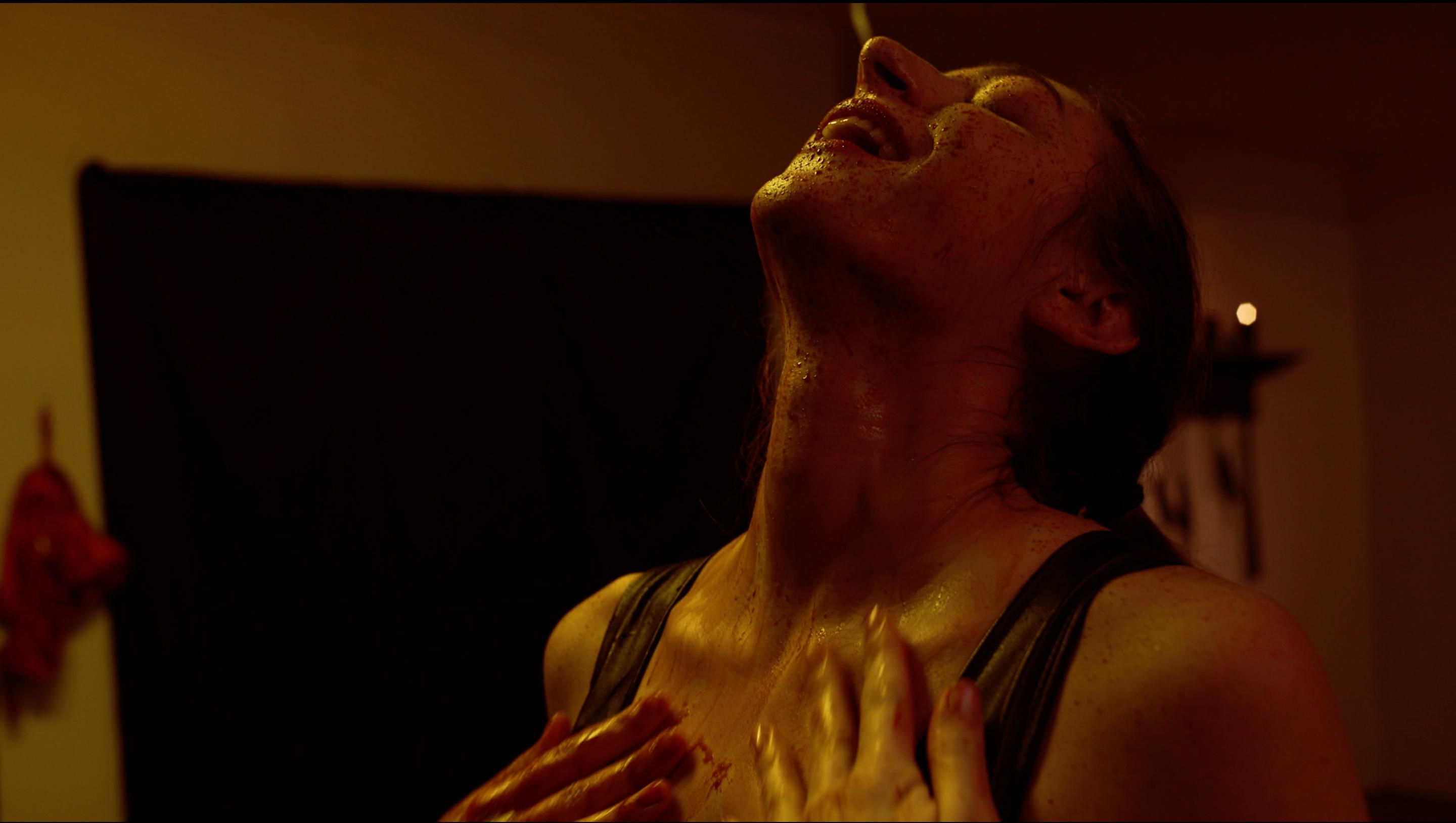



-9mk0y-8bzsh.jpg)

-jykdu-ze6f5.jpg)


